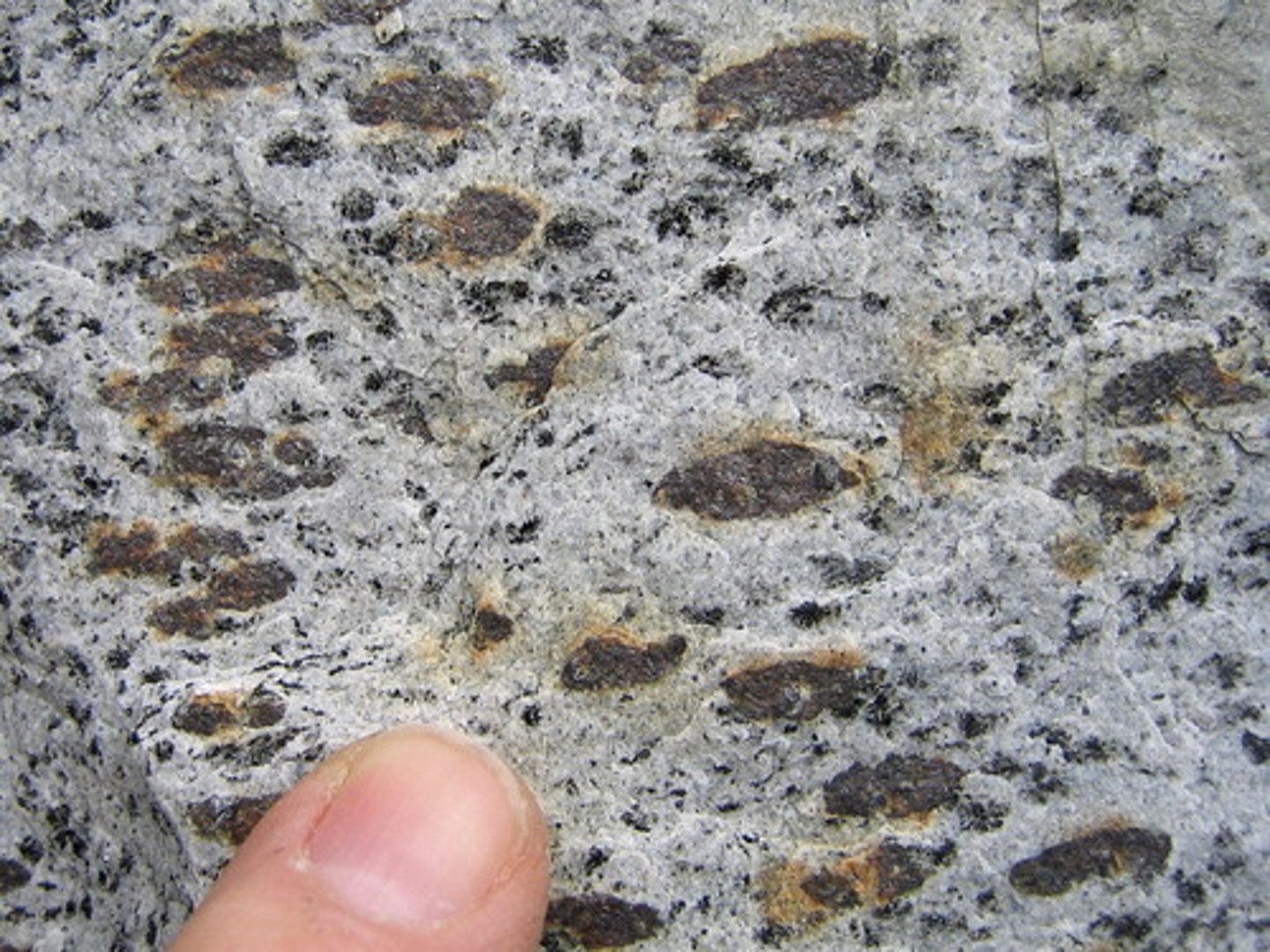Geology: rock + mineral identification
1/173
Earn XP
Name | Mastery | Learn | Test | Matching | Spaced |
|---|
No study sessions yet.
174 Terms
Marlstone
reacts with HCl
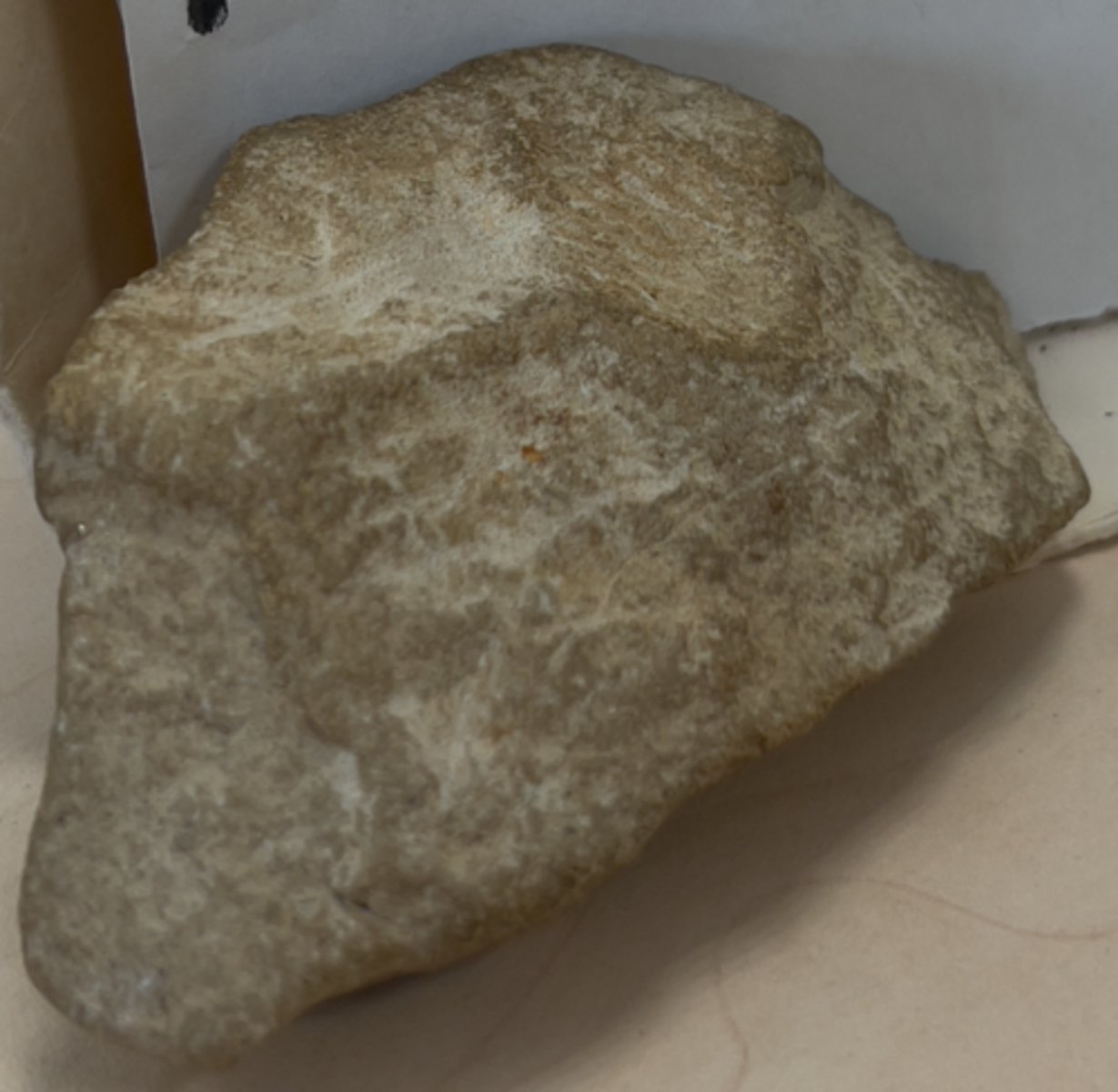
Paragneiss
forms from sedimentary rocks like shale, siltstone, sandstone
foliated, contains biotite
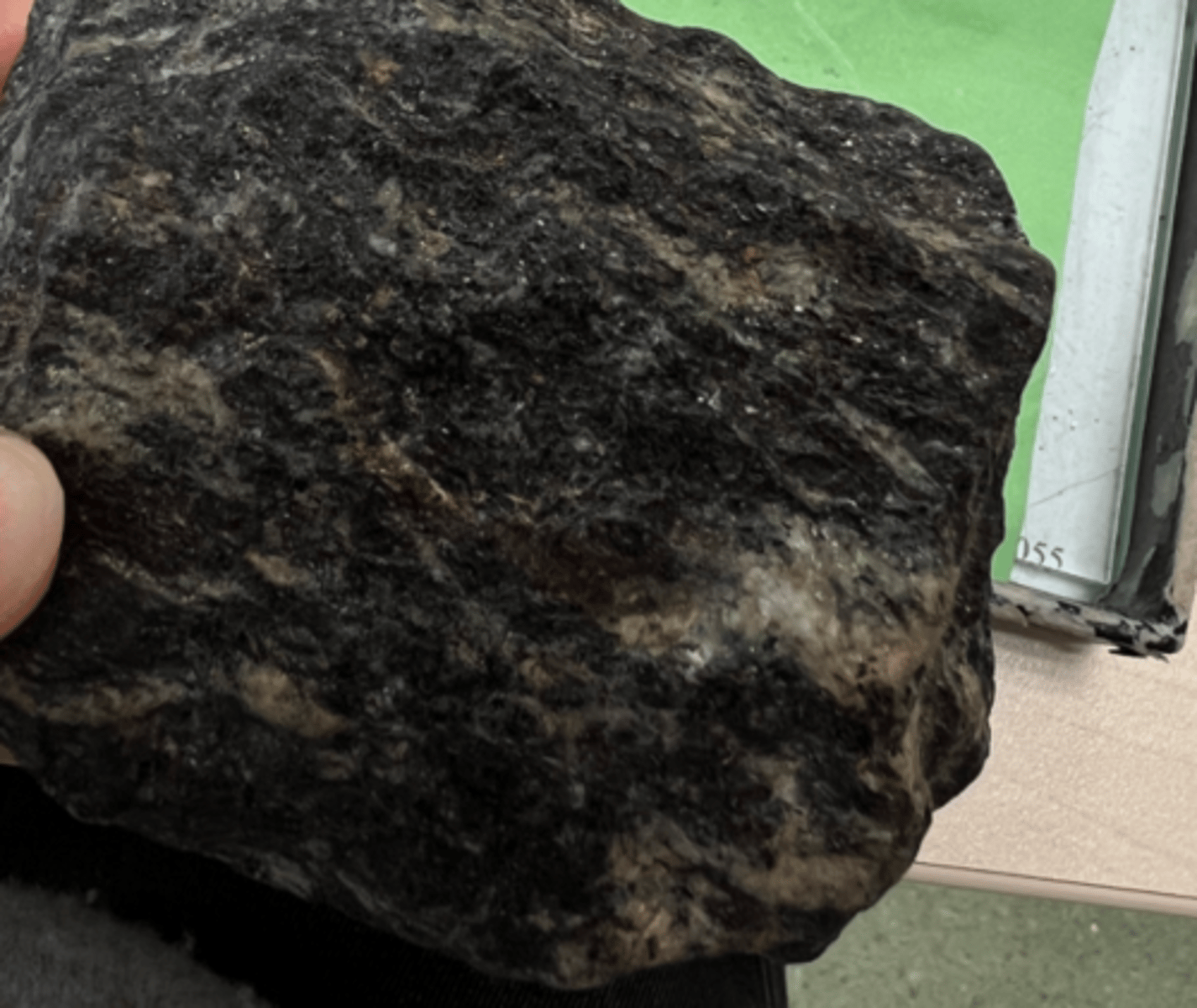
Sandstone
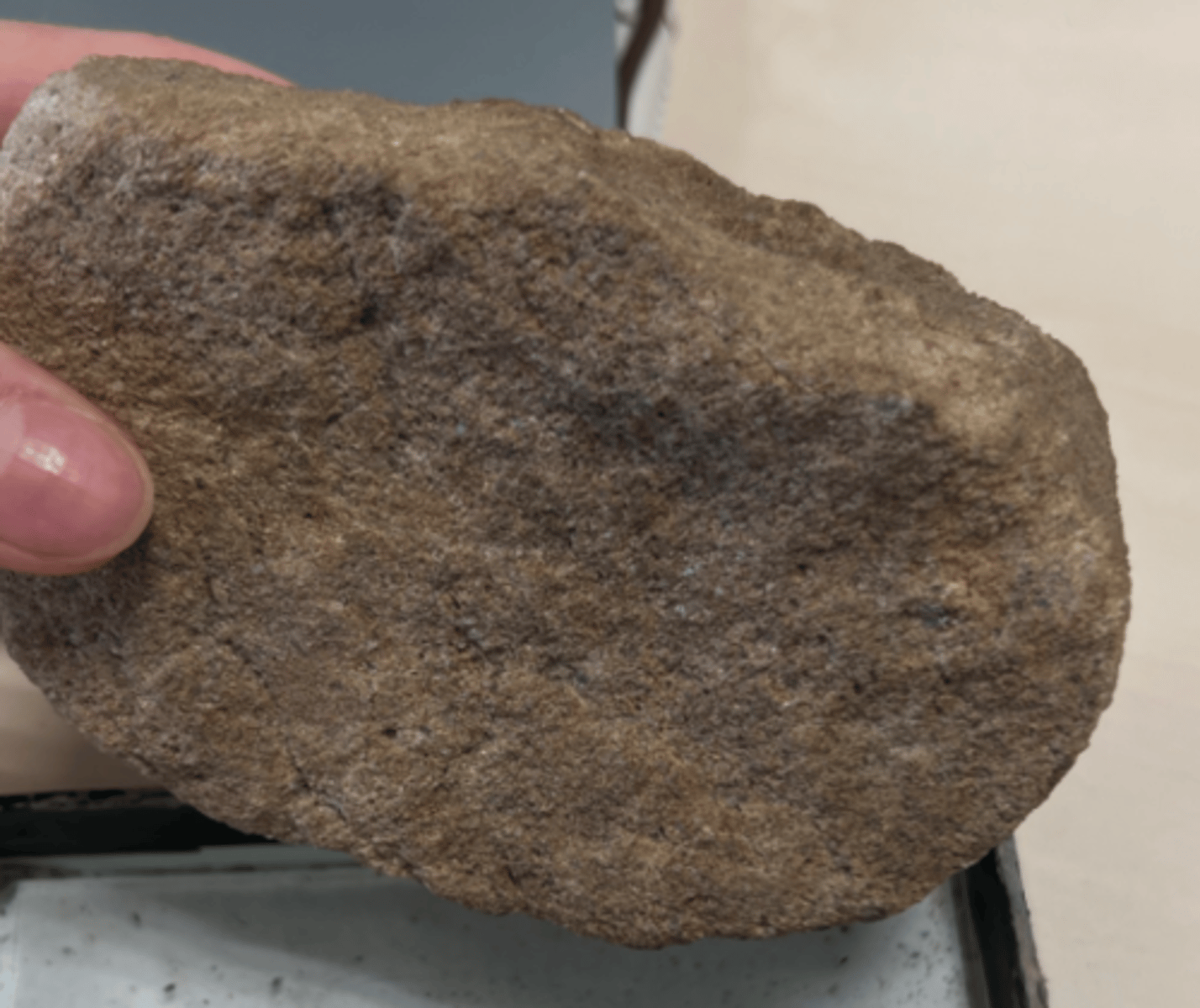
Mica Schist
Test the hardness of the rock using a common tool like a fingernail or a pocketknife. Mica minerals have a relatively low to moderate hardness and can be easily scratched. Additionally, mica minerals exhibit a distinct basal cleavage, meaning they can be easily split into thin, flexible sheets along specific planes.

Phyllite
Foliated metamorphic rock
fine grained, lustrous sheen (micas)
parent rock: shale, mudstone, slate
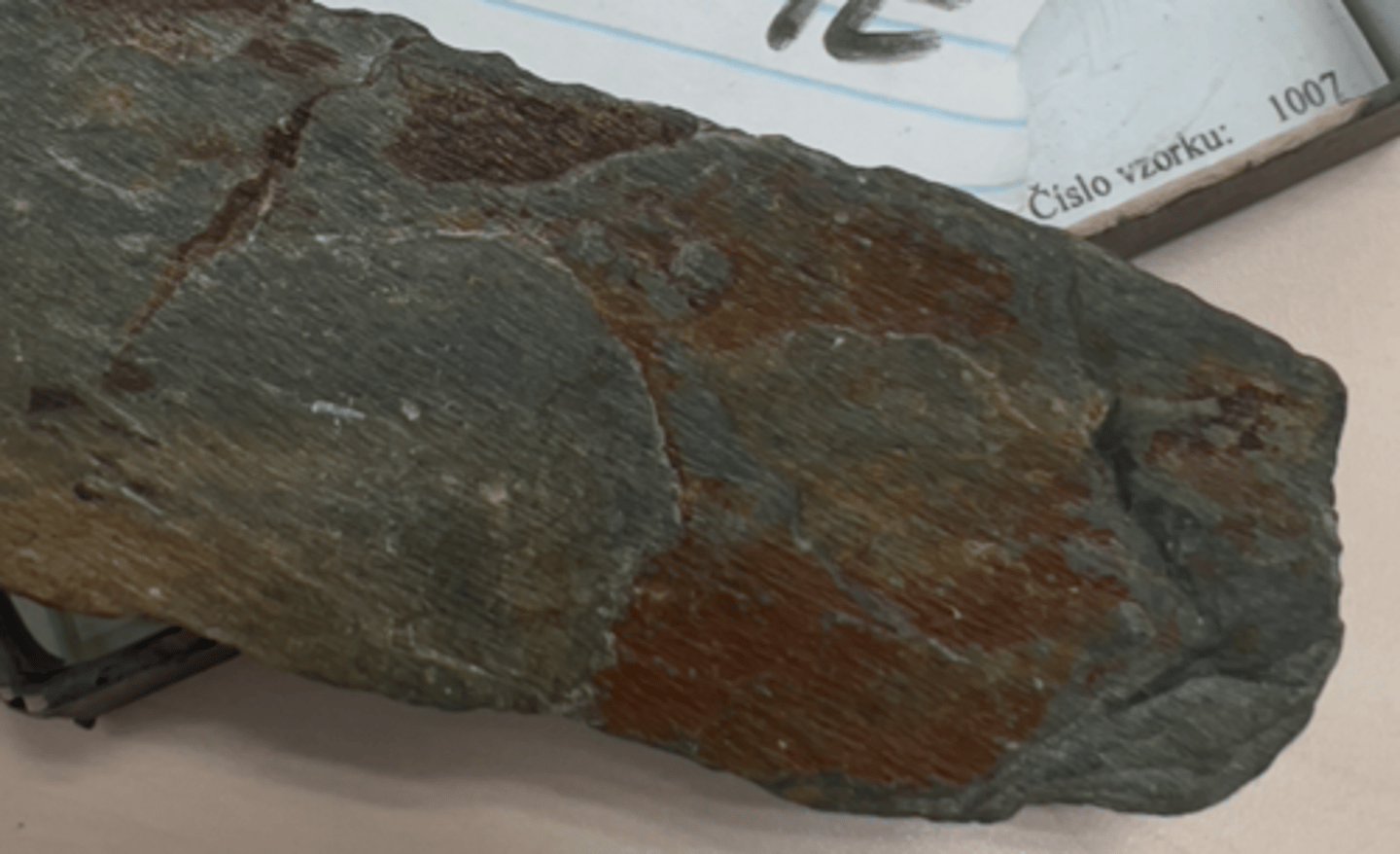
Clay Shale
Sedimentary
fine grained
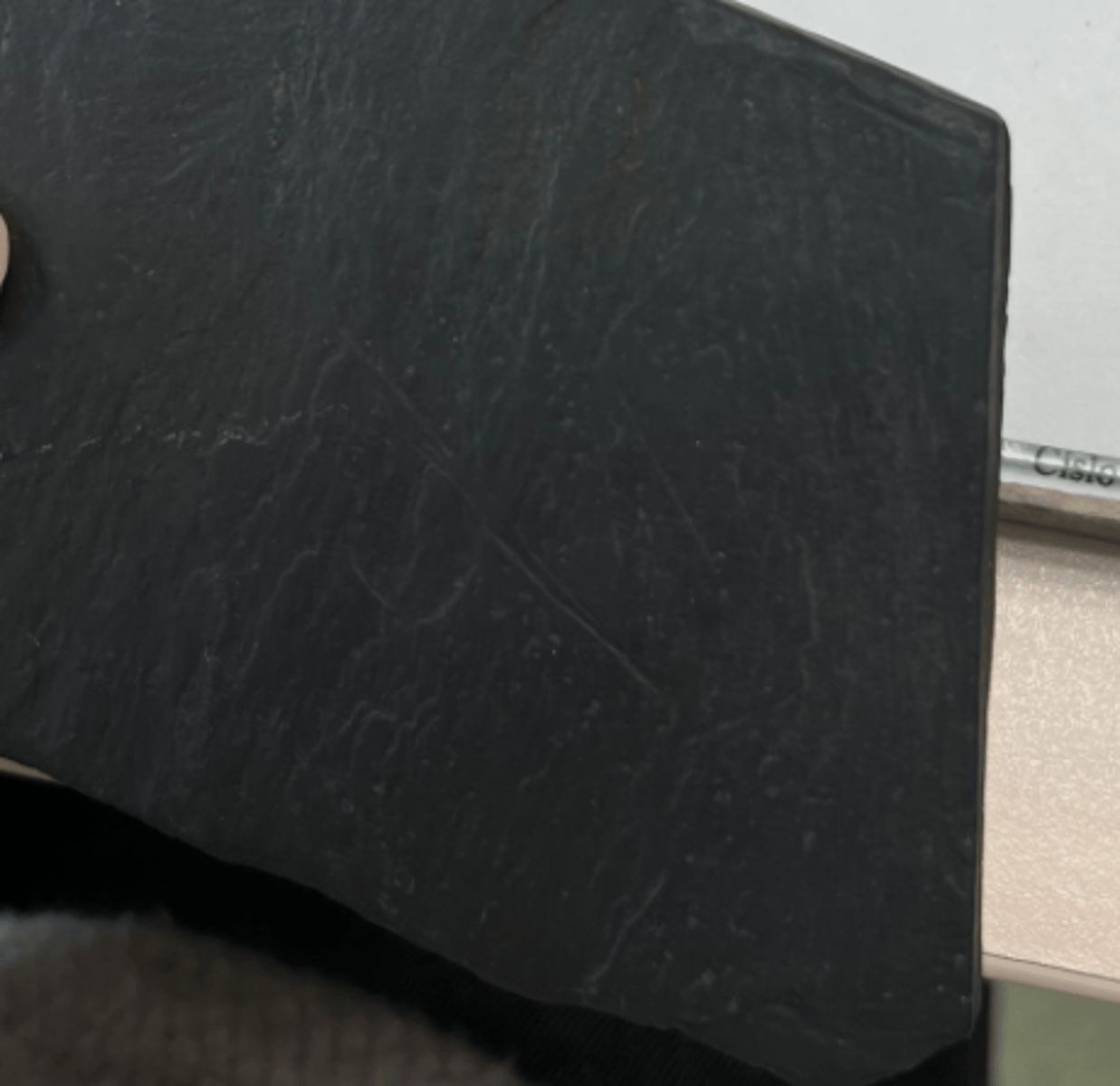
Quartzite
Nonfoliated metamorphic rock
parent rock: sandstone
sugary texture
hard and robust
scratch glass plate
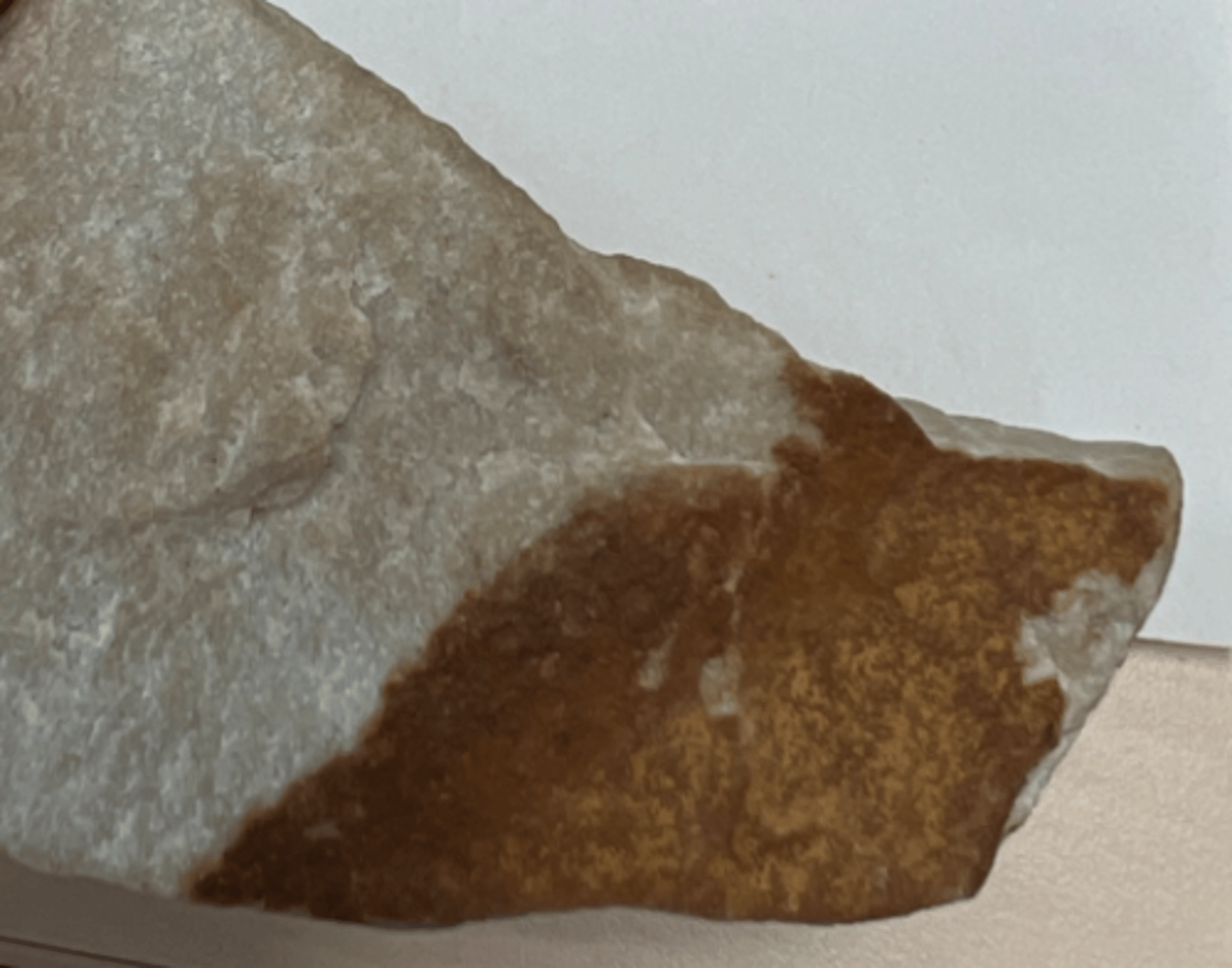
Quartz
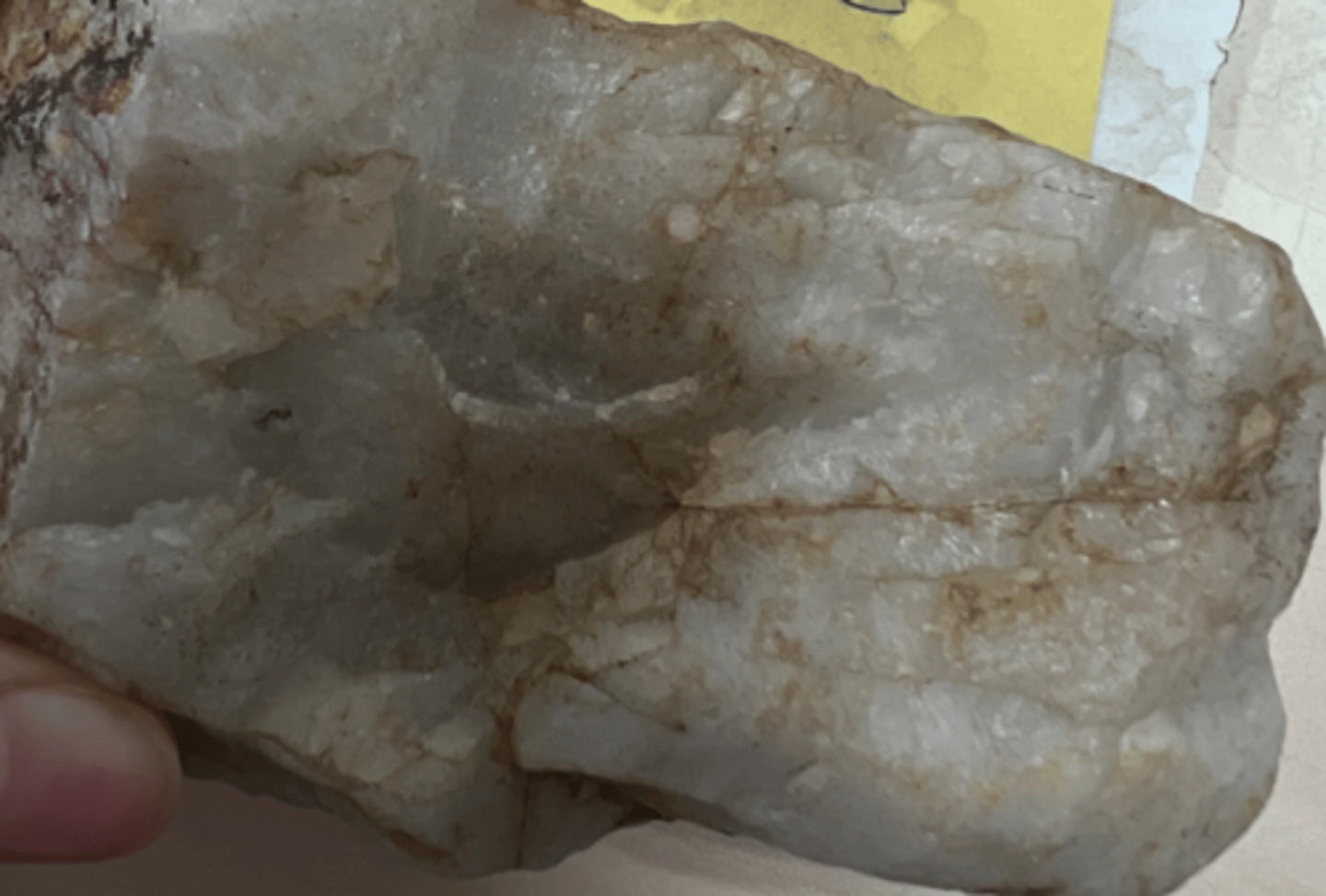
Linear Orthogneiss
forms from igneous rocks like granite
contains muscovite
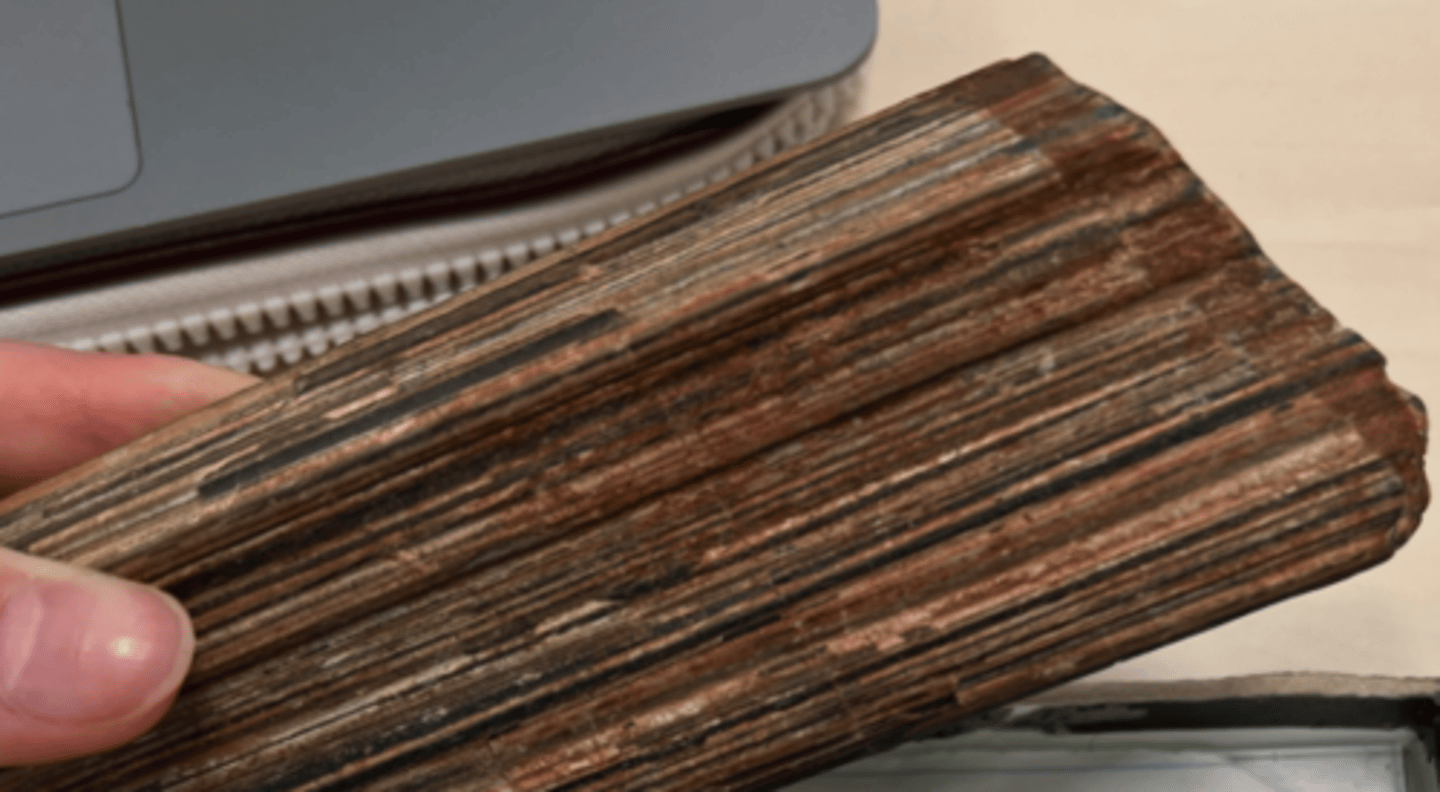
Migmatite
metamorphic
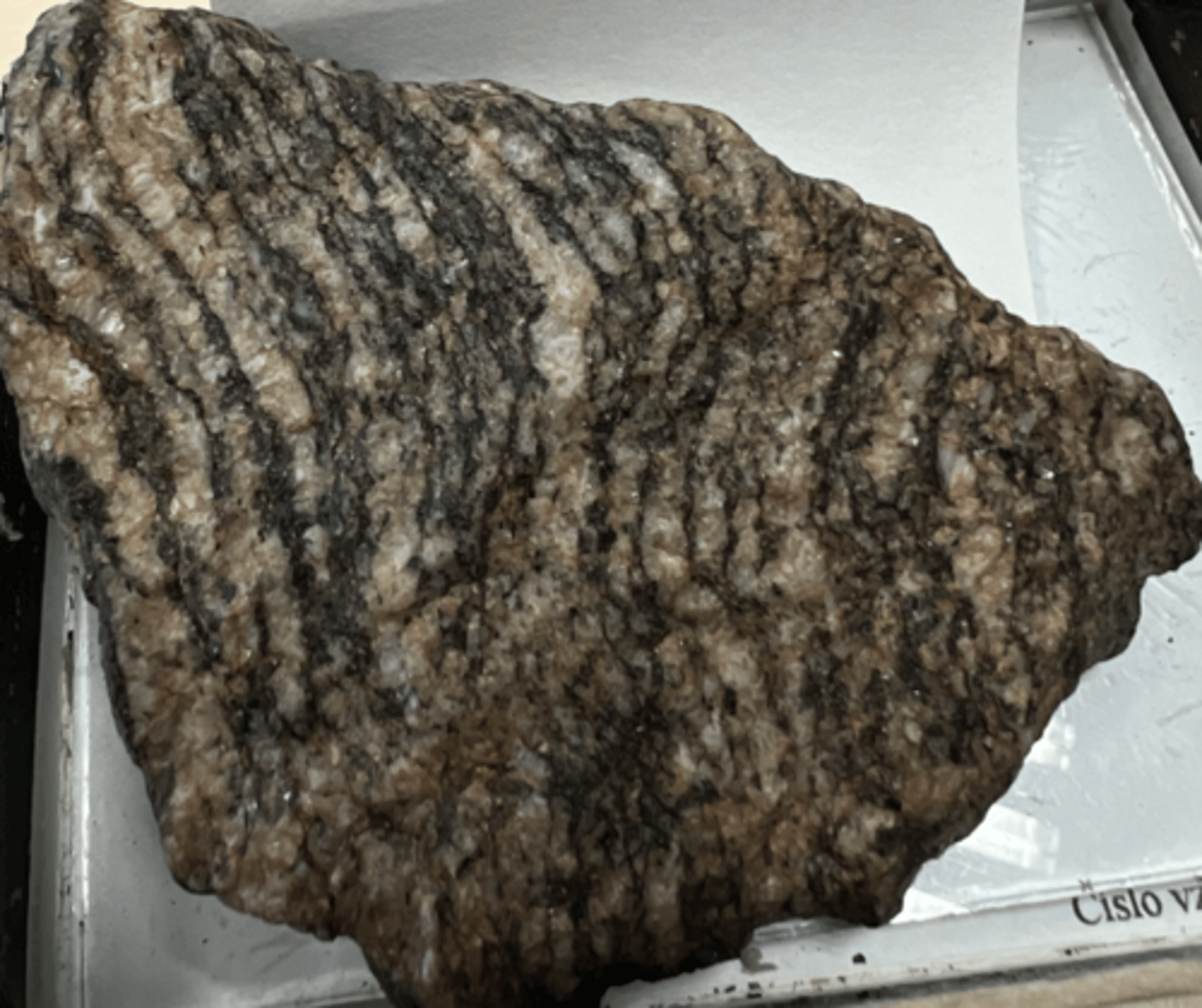
Lydite
metamorphic
parent rocks: basaltic or andesitic rocks
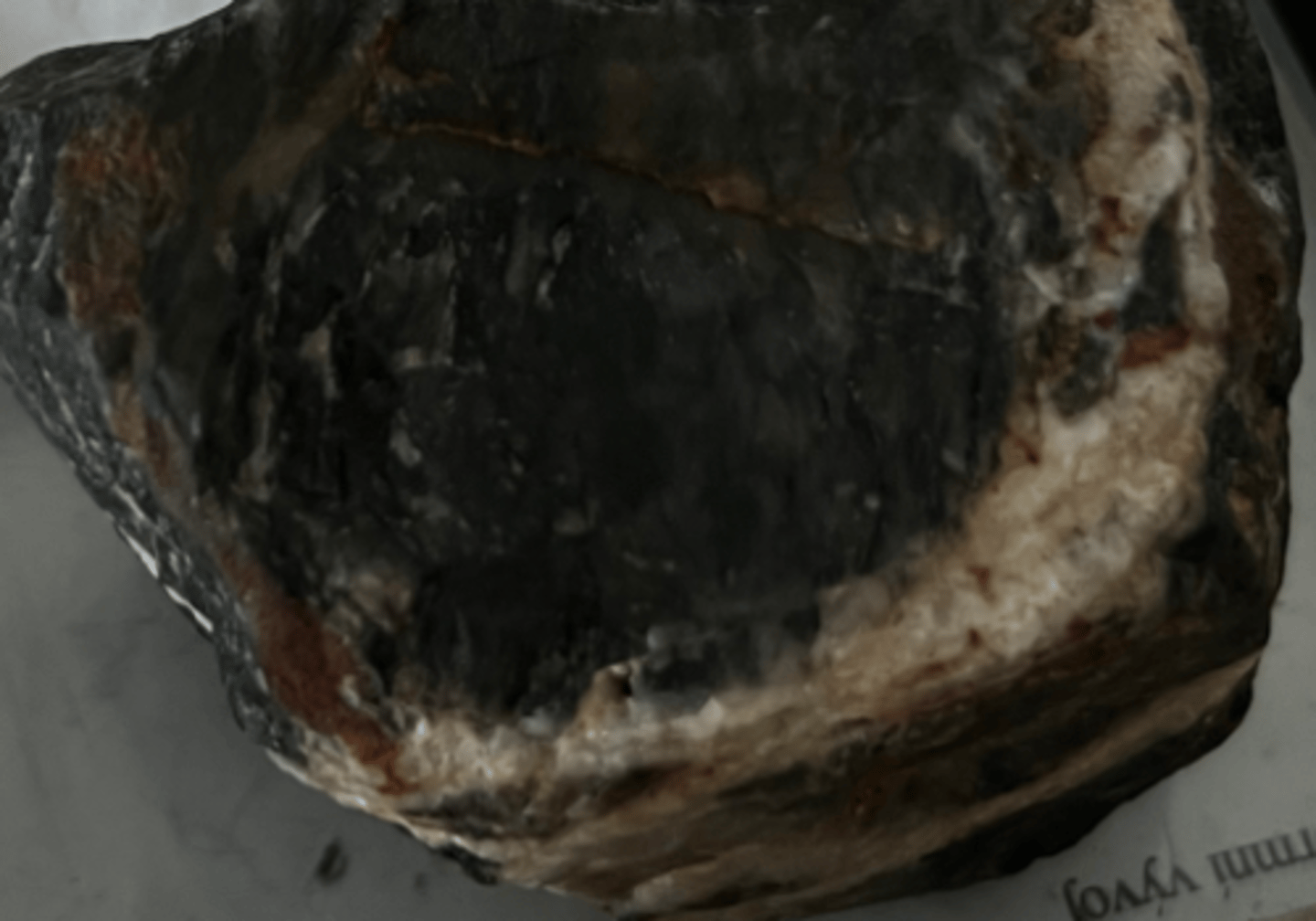
Calcitic Tufa
limestone deposit
floats in water
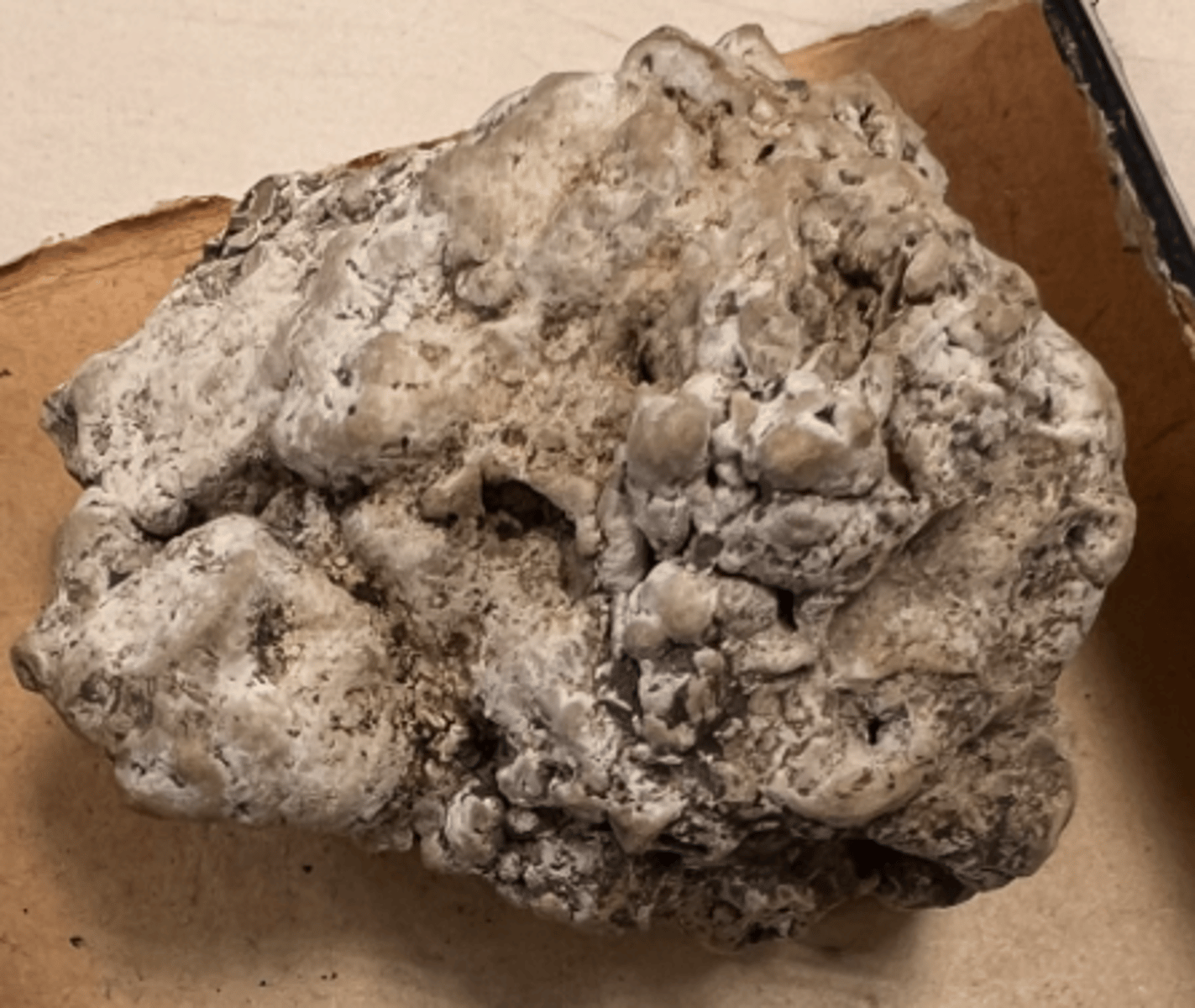
Greywacke
sedimentary rock containing a mix of clay, silt, and sand sized particles
It can undergo metamorphism to become paragneiss
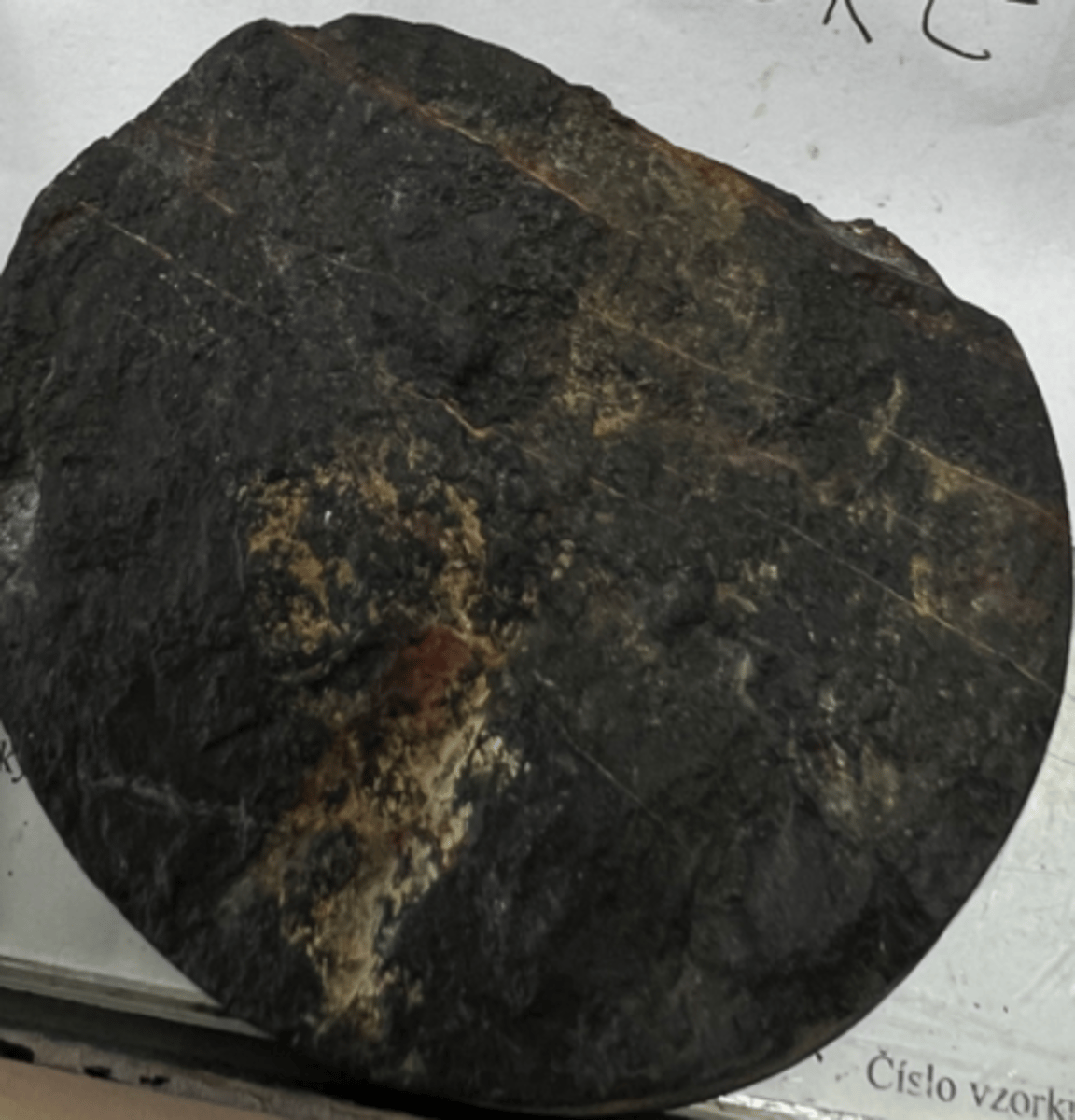
Black Coal
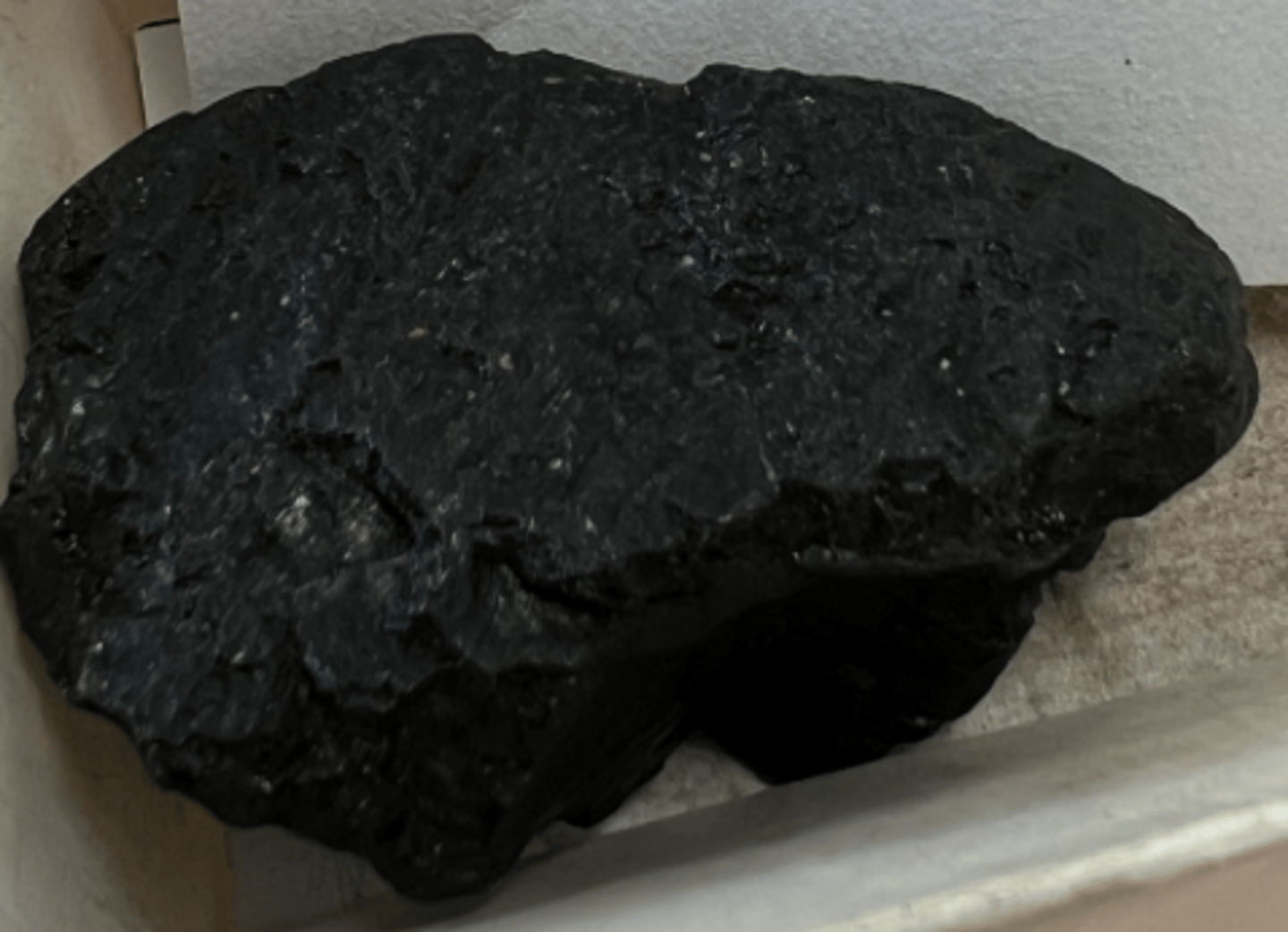
Travertine
reacts with HCl
sedimentary
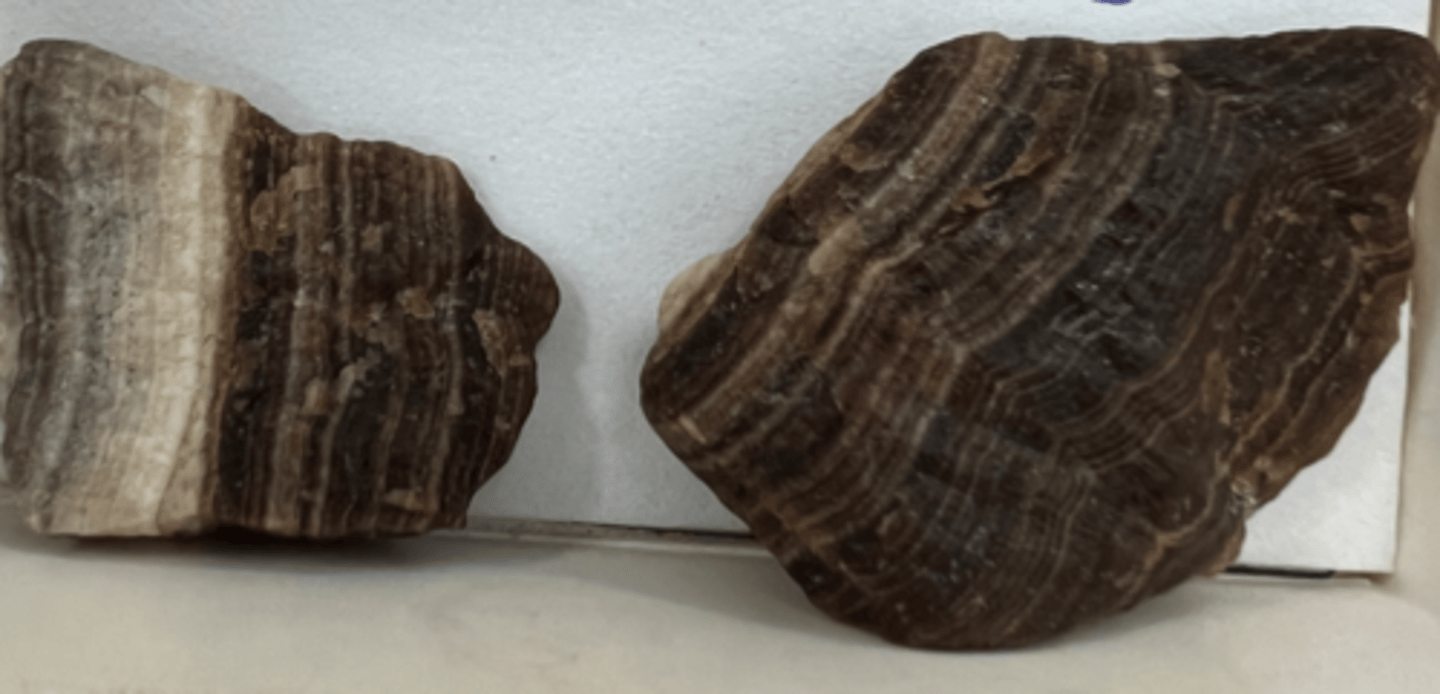
Biodetritic Limestone
sedimentary
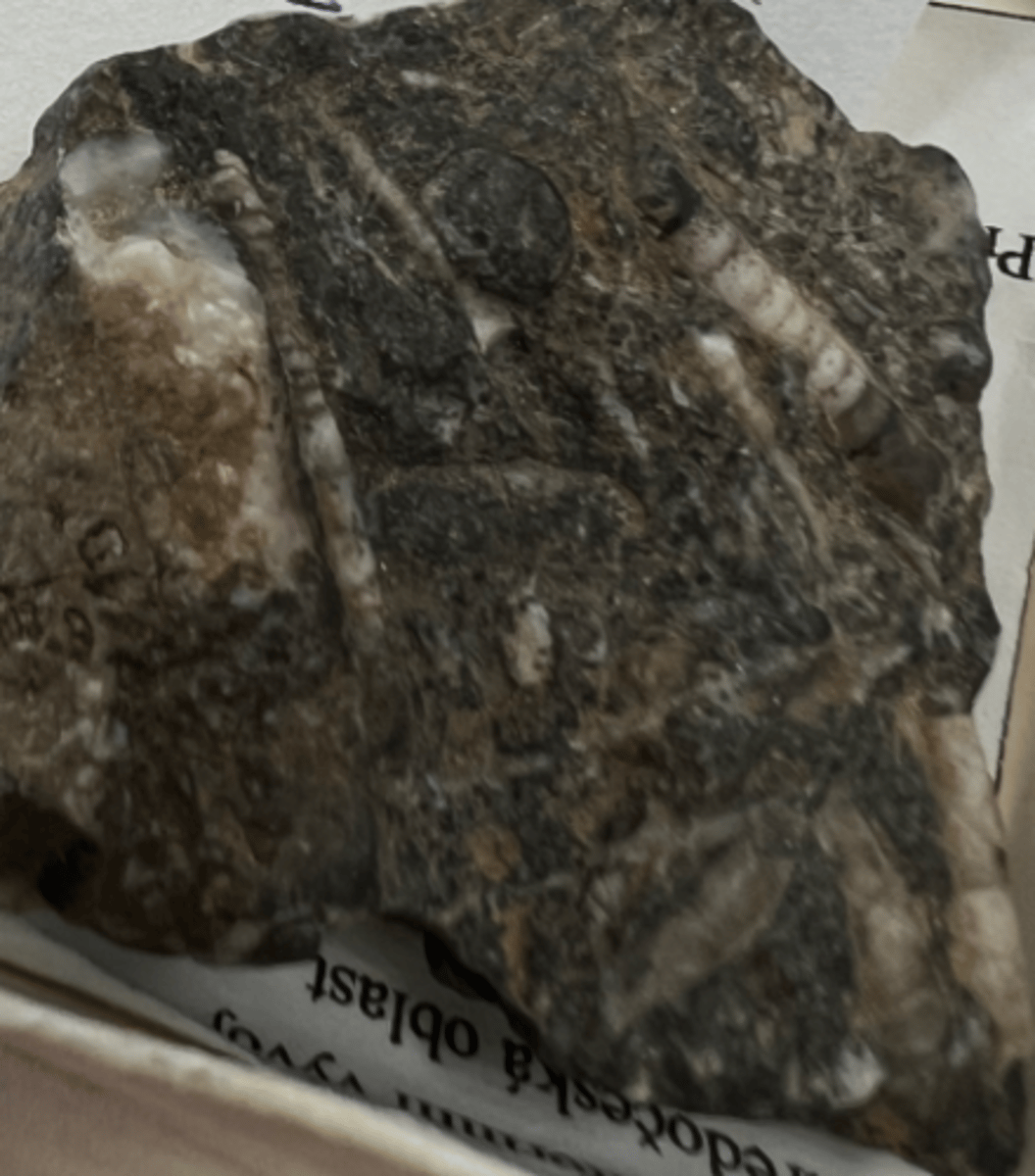
Limestone
reacts with HCl
sedimentary
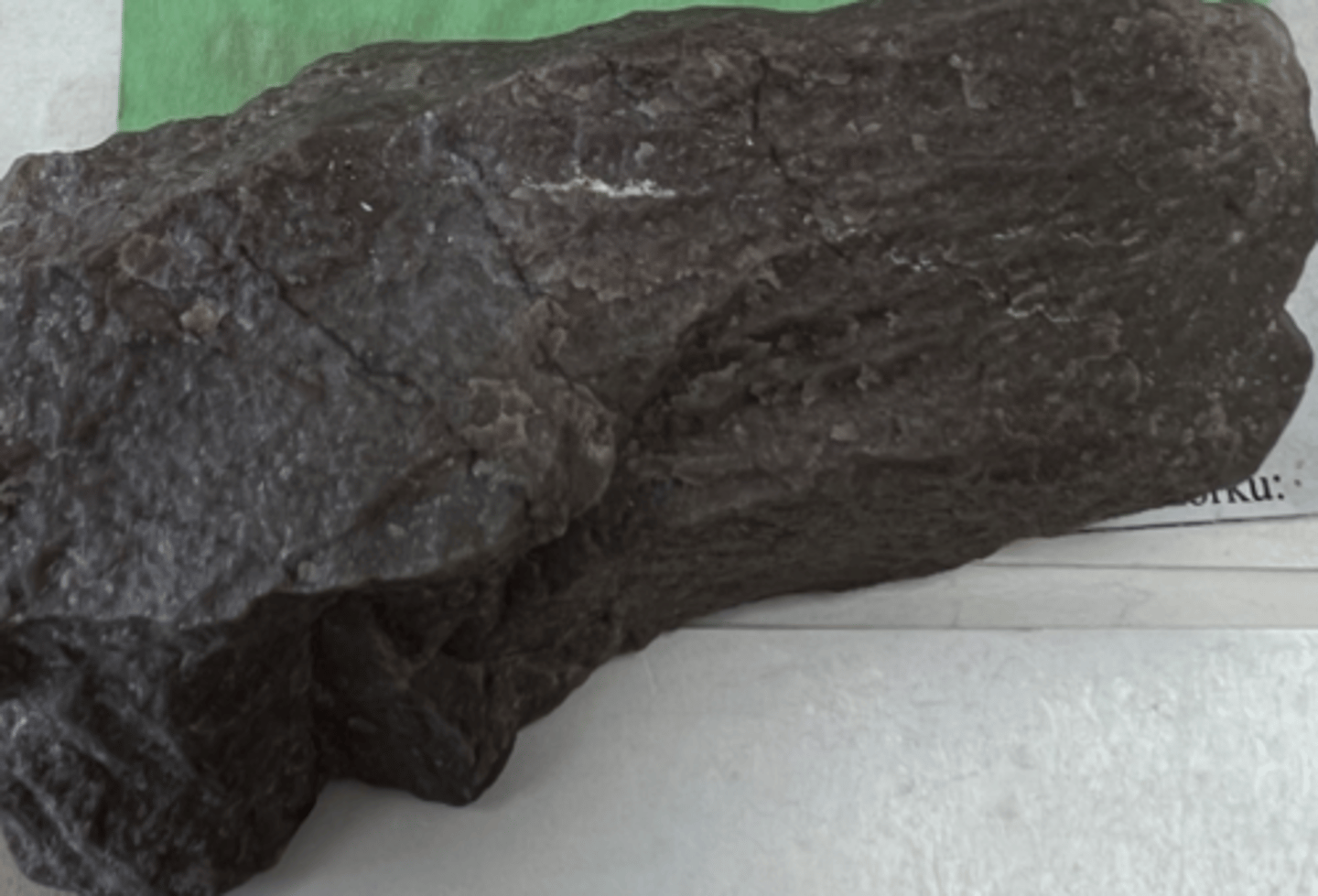
Granite
intrusive igneous rock, felsic
essential minerals: quartz, feldspar and minor parts of mica
texture is phaneritic
Durable, strong, unique and hard
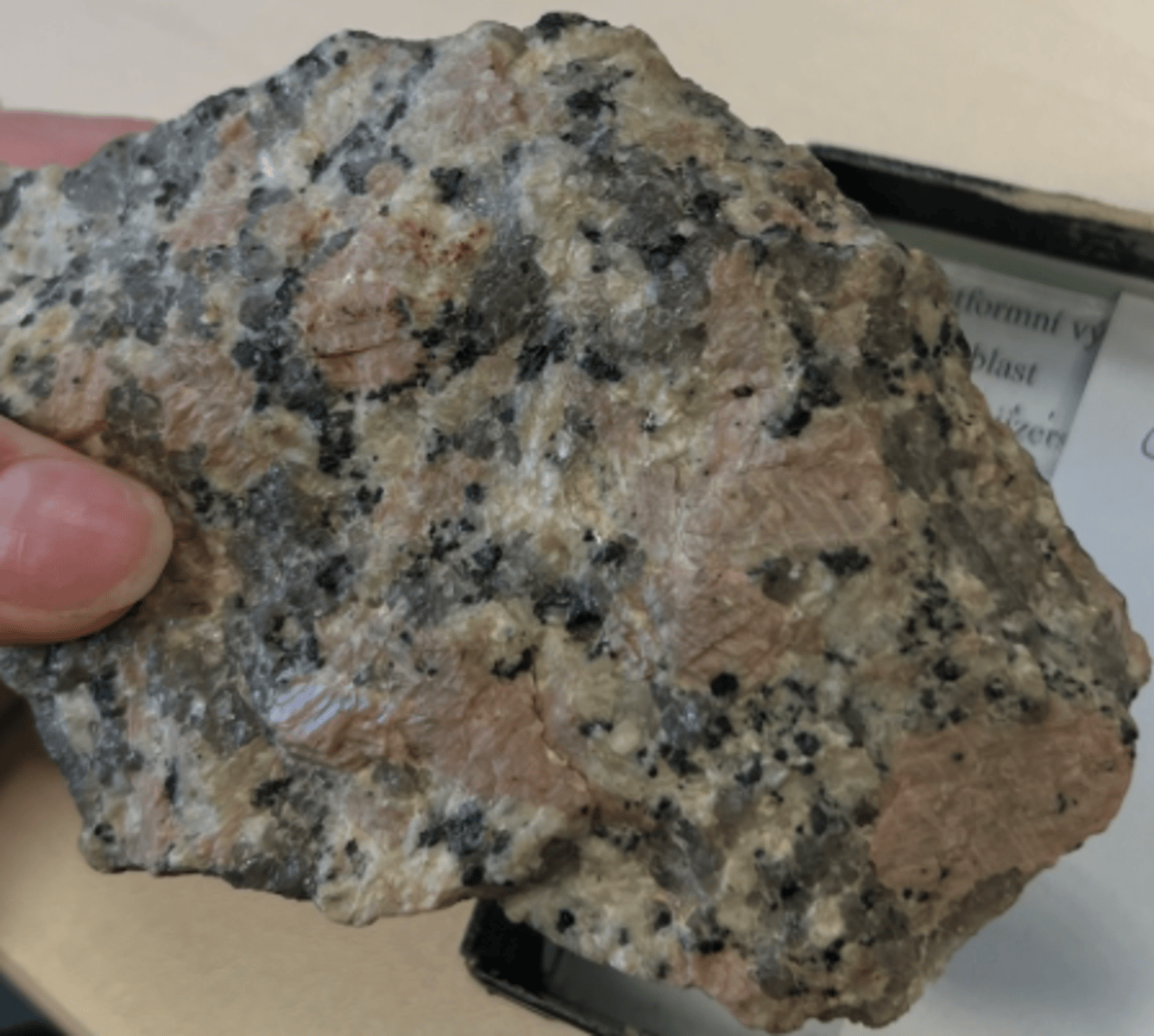
Granite
intrusive igneous rock, felsic
essential minerals: quartz, feldspar and minor parts of mica
texture is phaneritic
Durable, strong, unique and hard
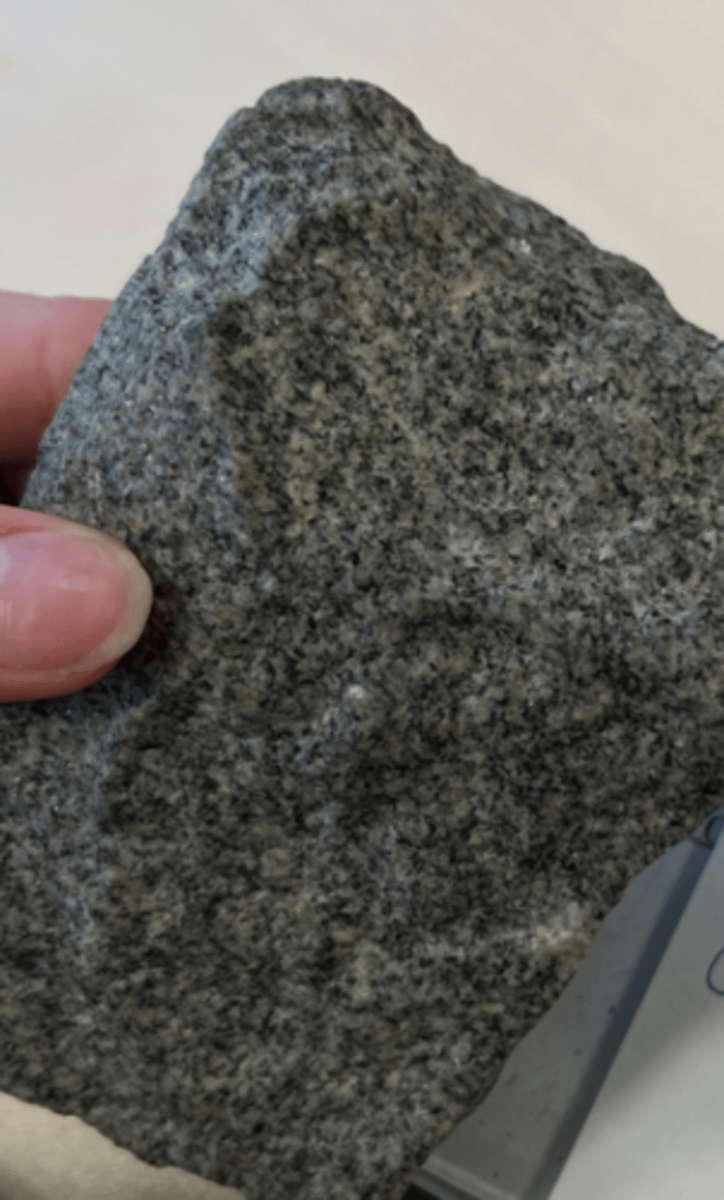
Quartzdiorite
intrusive igneous rock, coarse grained
plagioclase feldspar and quartz and often biotite or hornblende.

Syenite
intrusive igneous rock
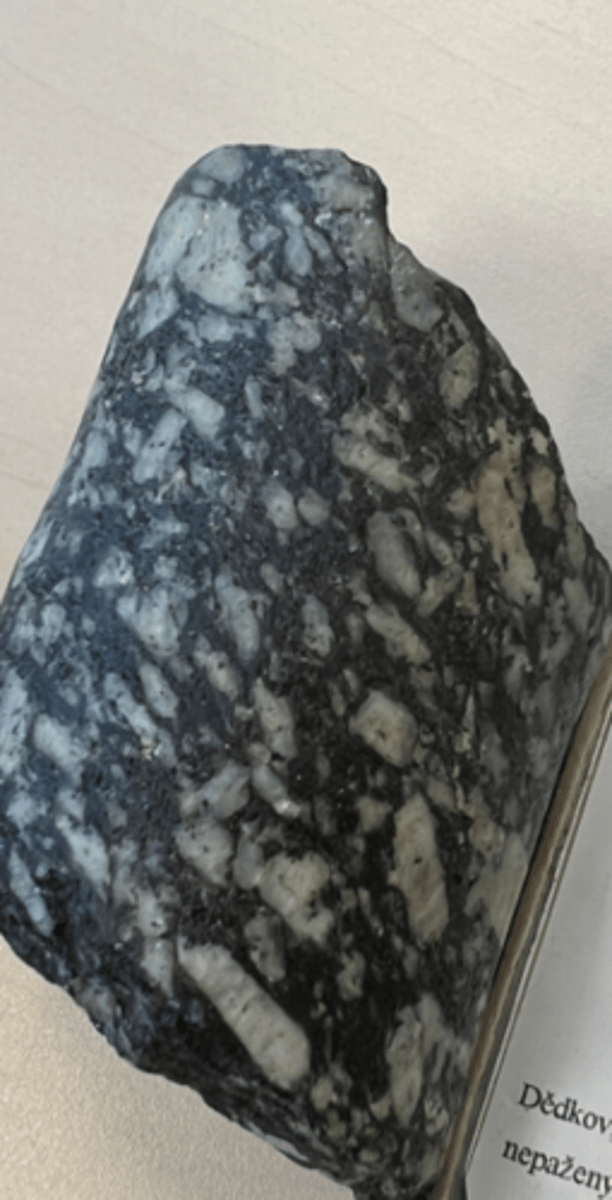
Diorite
intrusive igneous rock
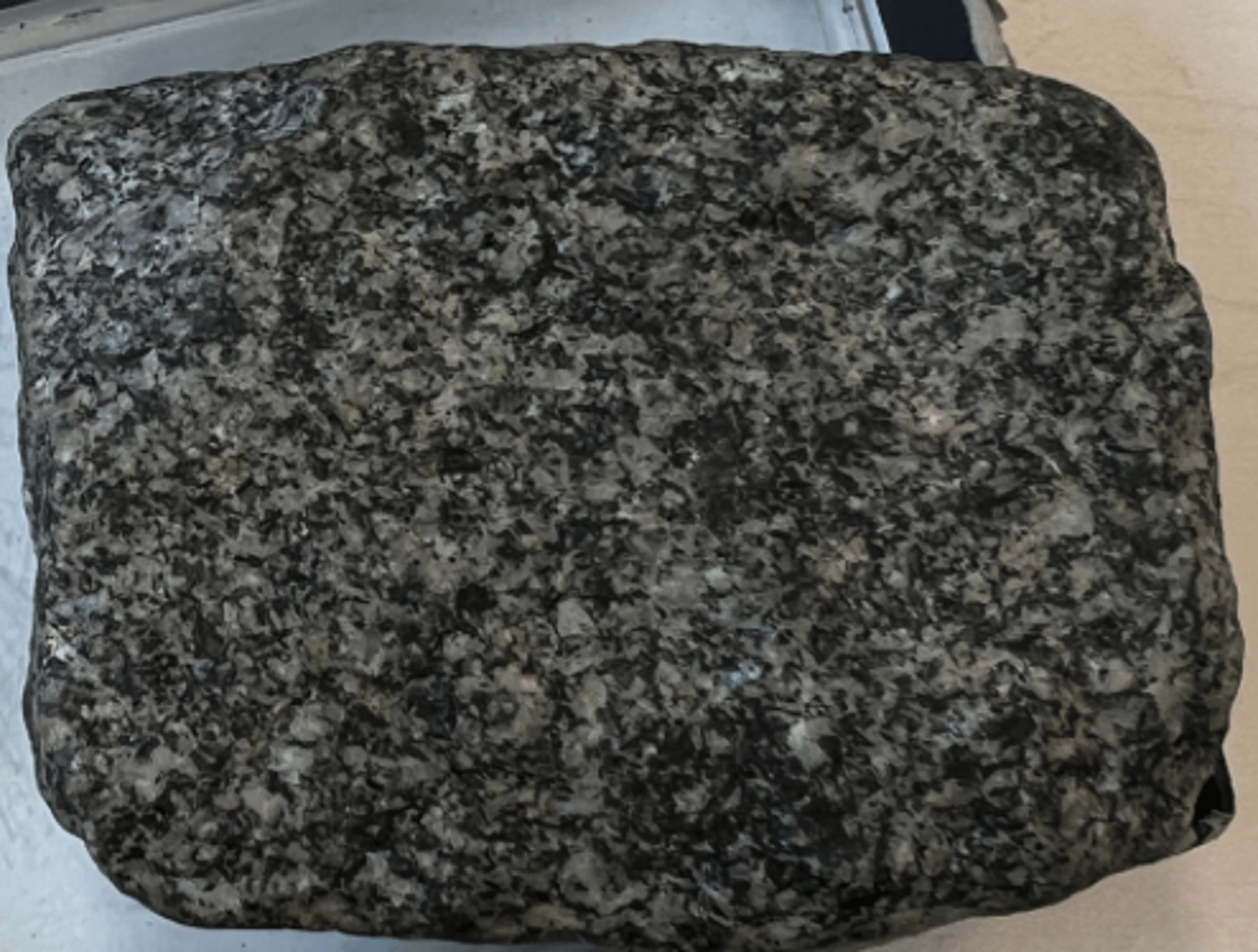
Gabbro
intrusive igneous rock, mafic
pyroxene and feldspar and sometimes olivine
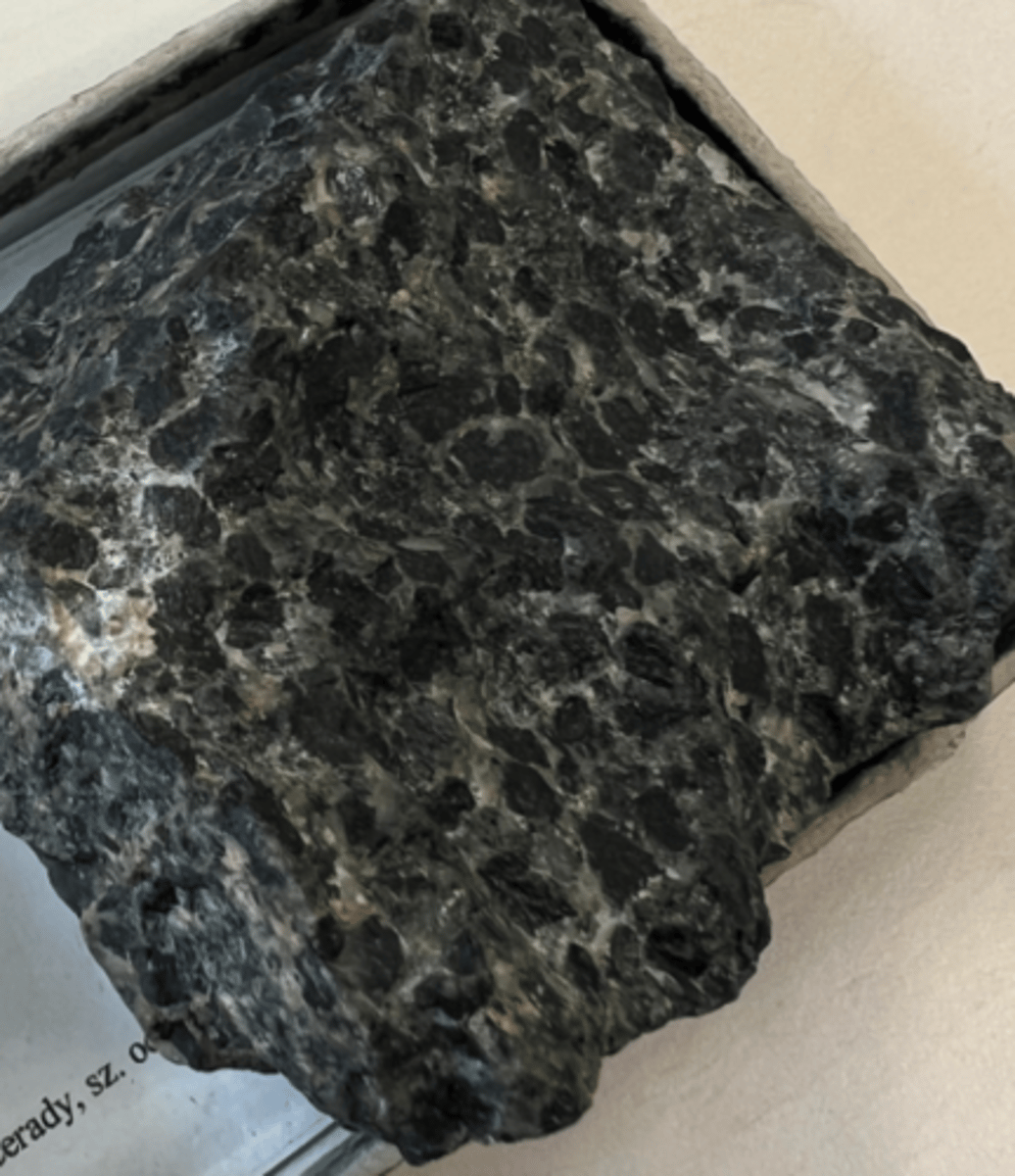
Paleorhyolite
Extrusive igneous rock, high silica content
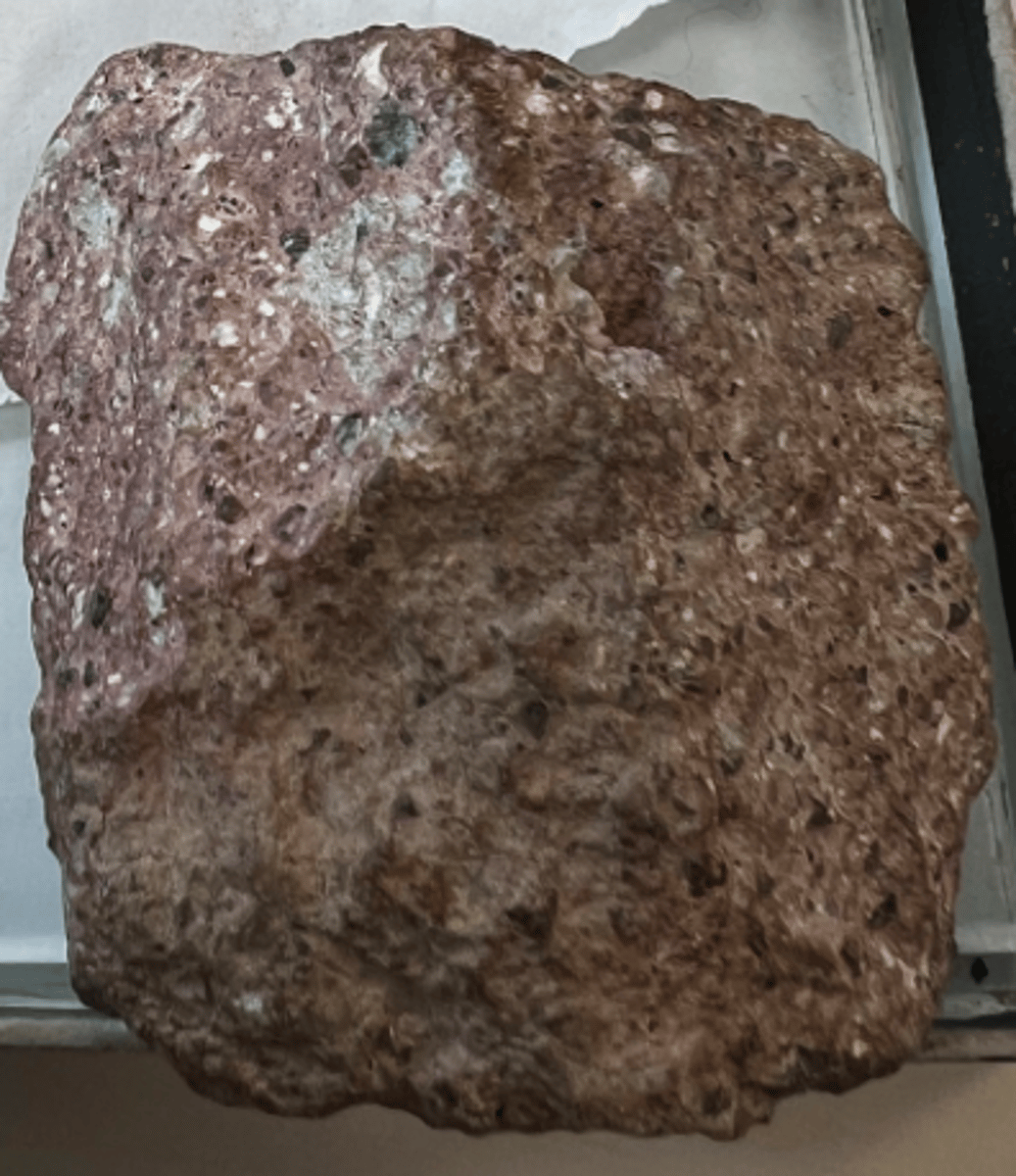
Trachyte
extrusive igneous rock
aphanitic
volcanic equivalent of syenite
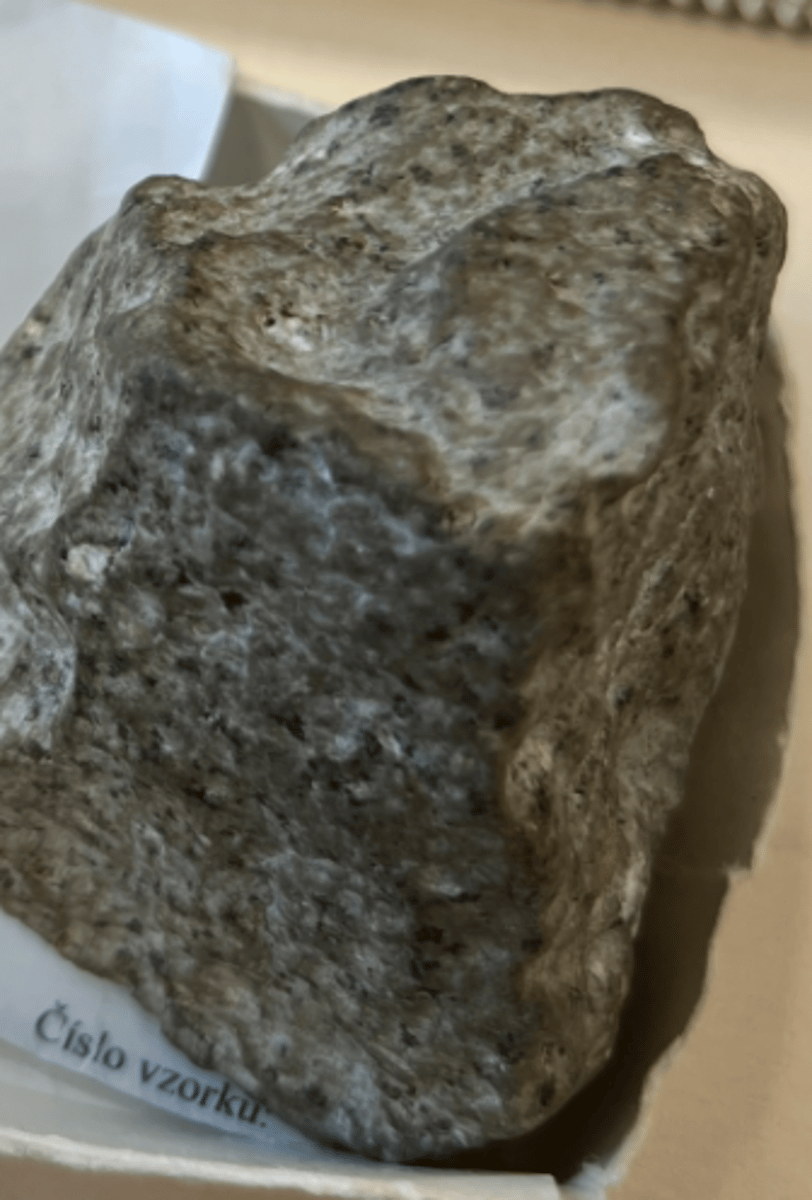
Porphyrite
the defining feature is the presence of larger crystals or phenocrysts embedded in a finer-grained groundmass or matrix. The phenocrysts are usually larger than the surrounding matrix and are easily visible to the naked eye
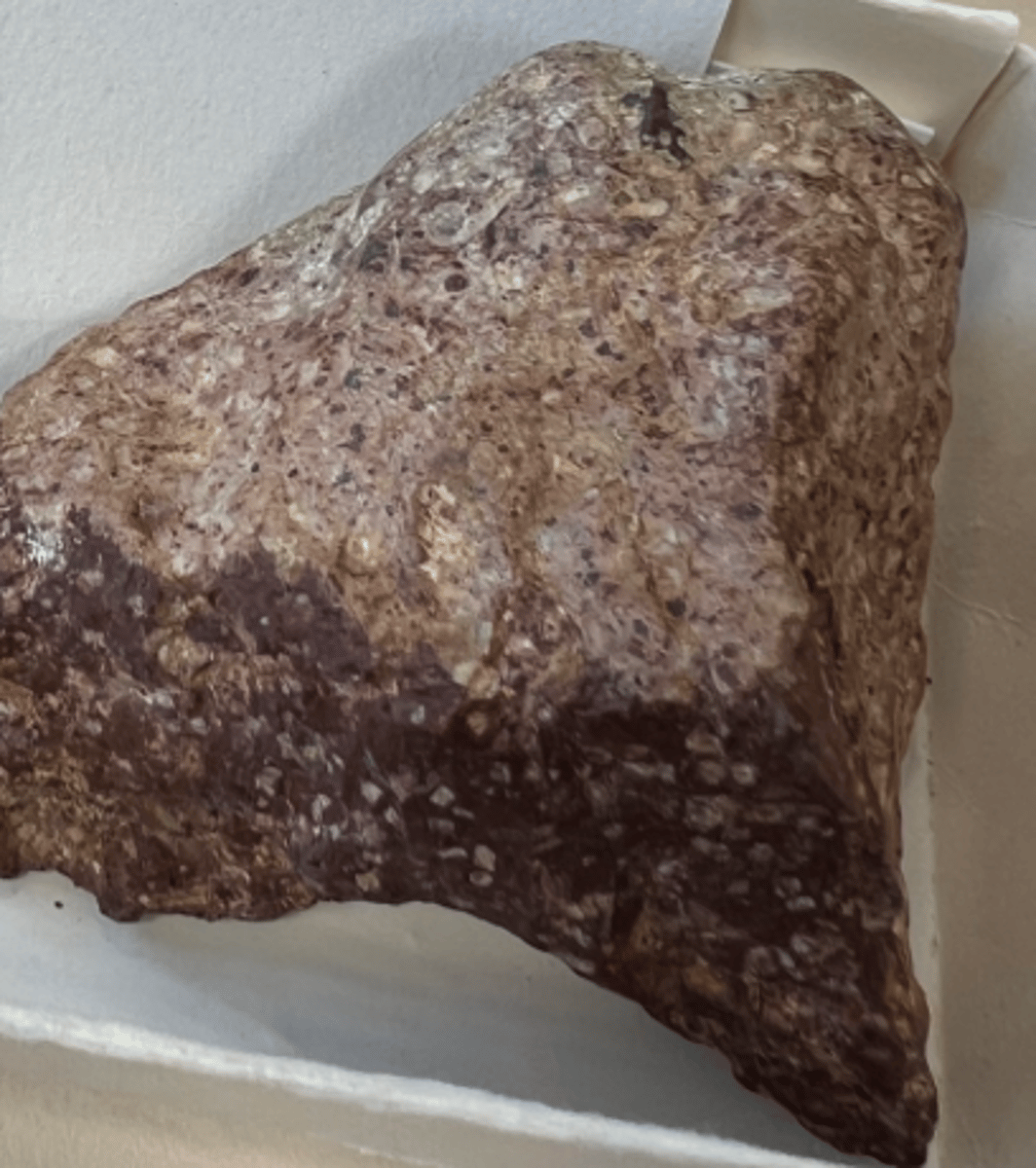
Basaltoid
extrusive igneous rock
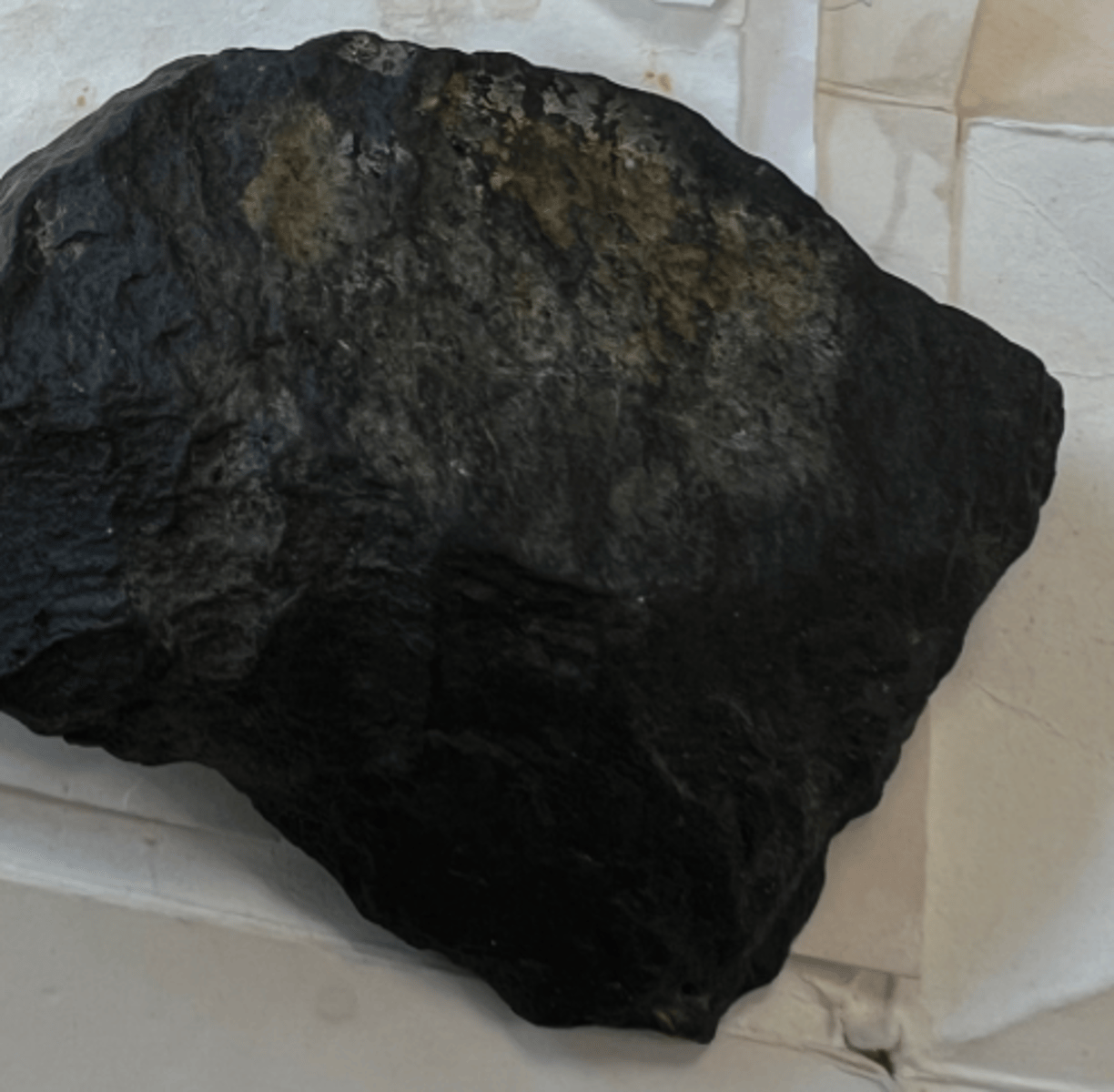
Olivine Basalt
extrusive igneous rock
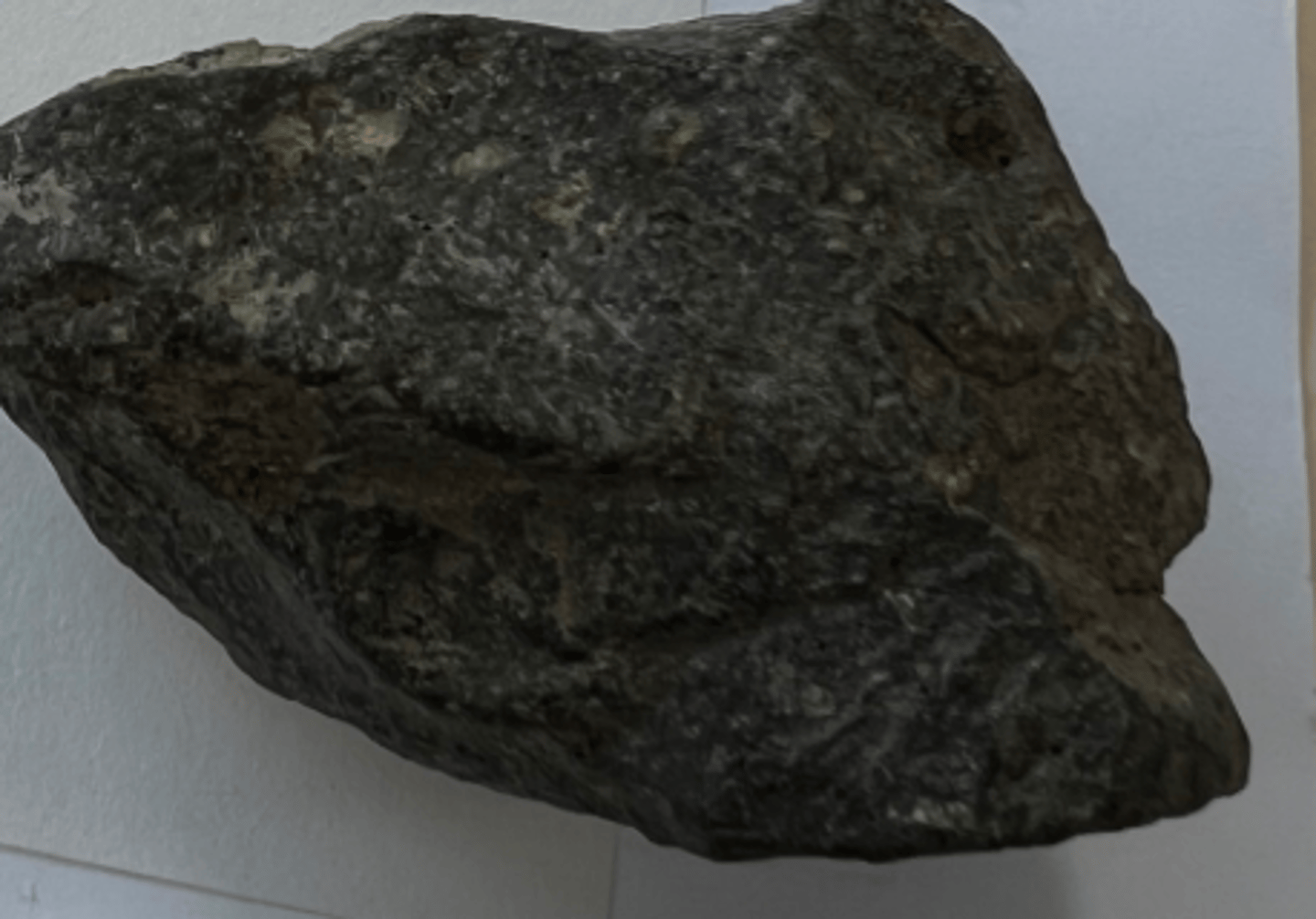
Diabase
intrusive igneous rock
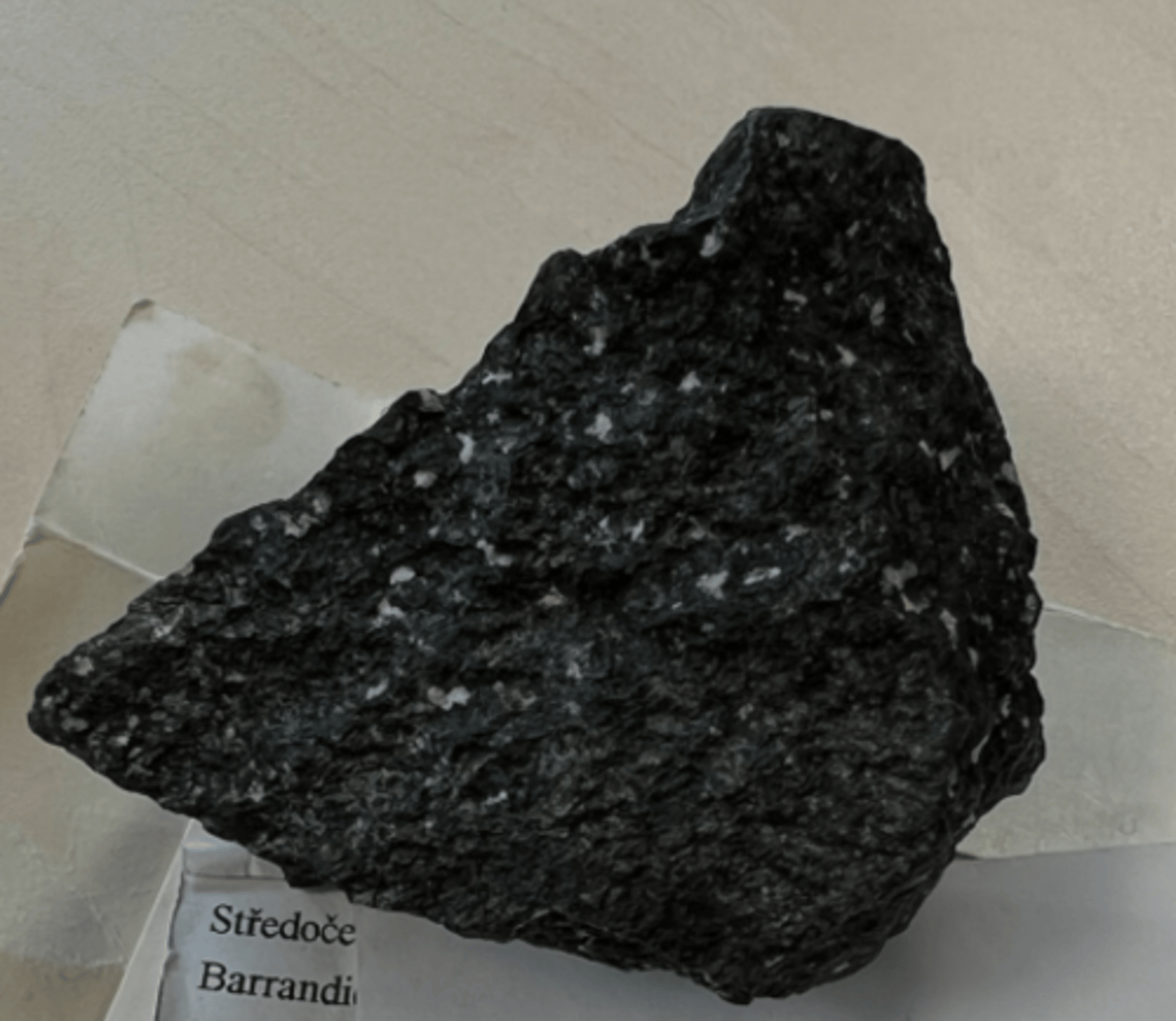
Melaphyre
extrusive igneous rock
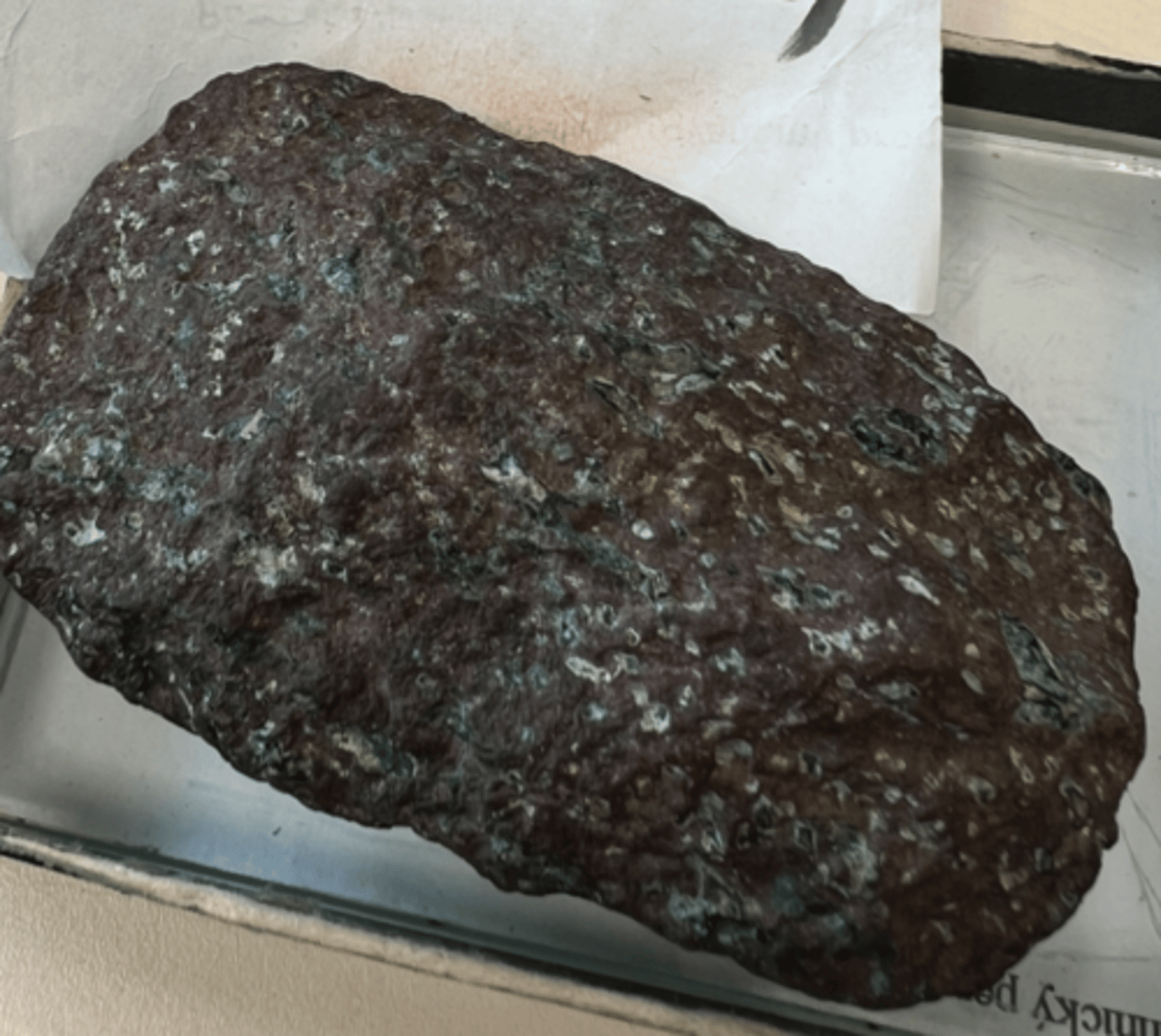
volcanic glass
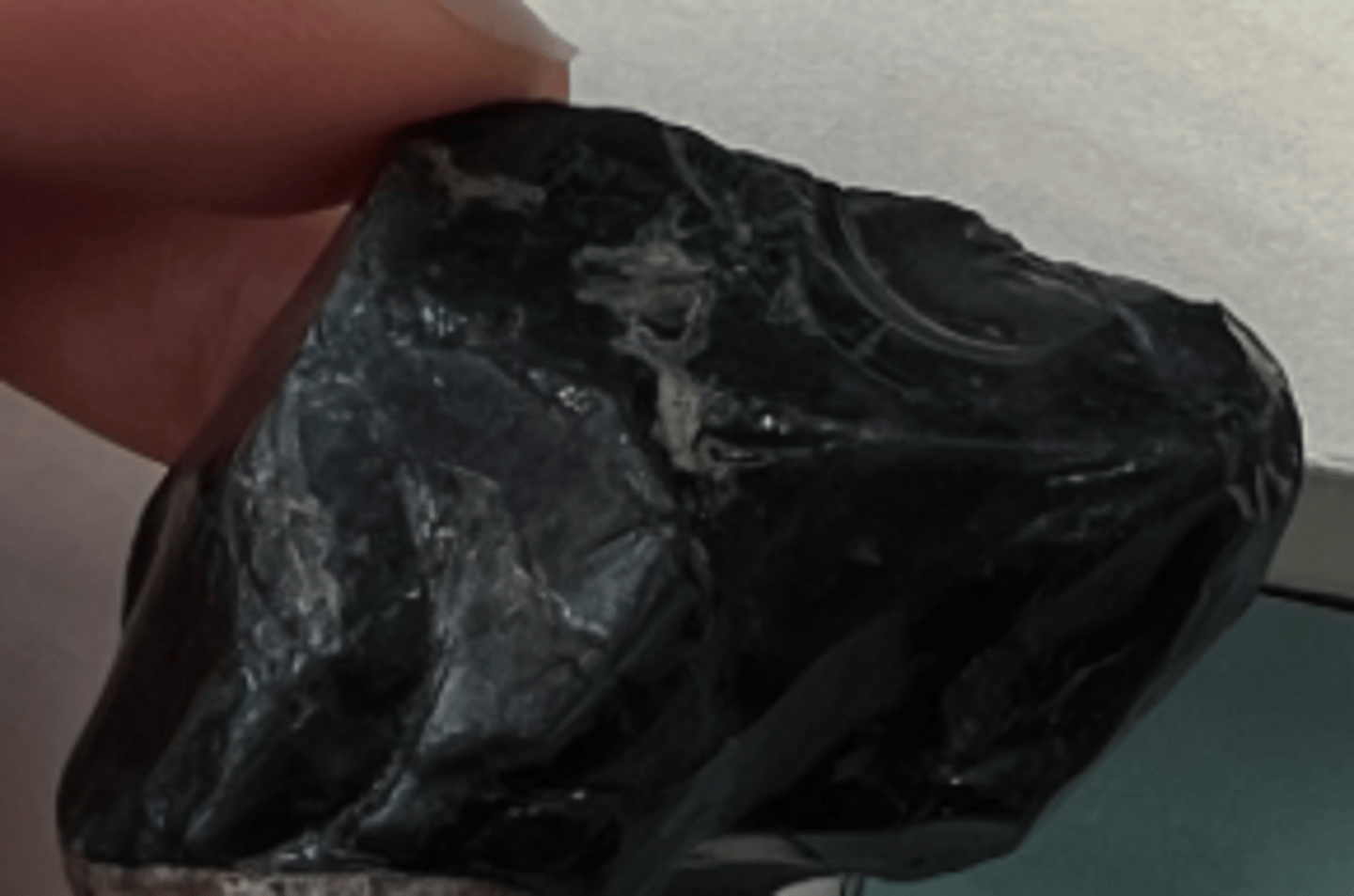
Tephra (volcanic ash)

Conglomerate
sedimentary
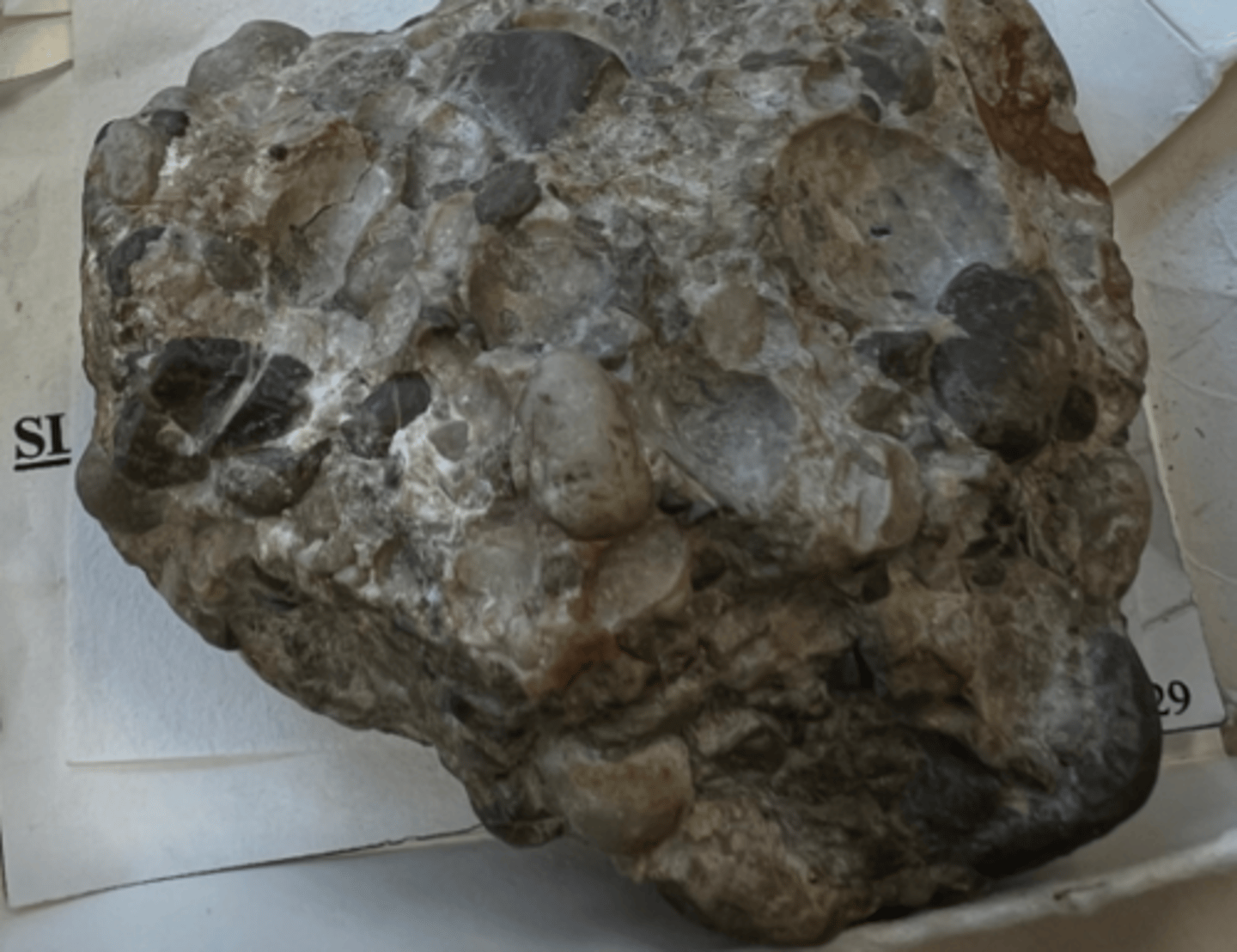
Agglomerate
sedimentary
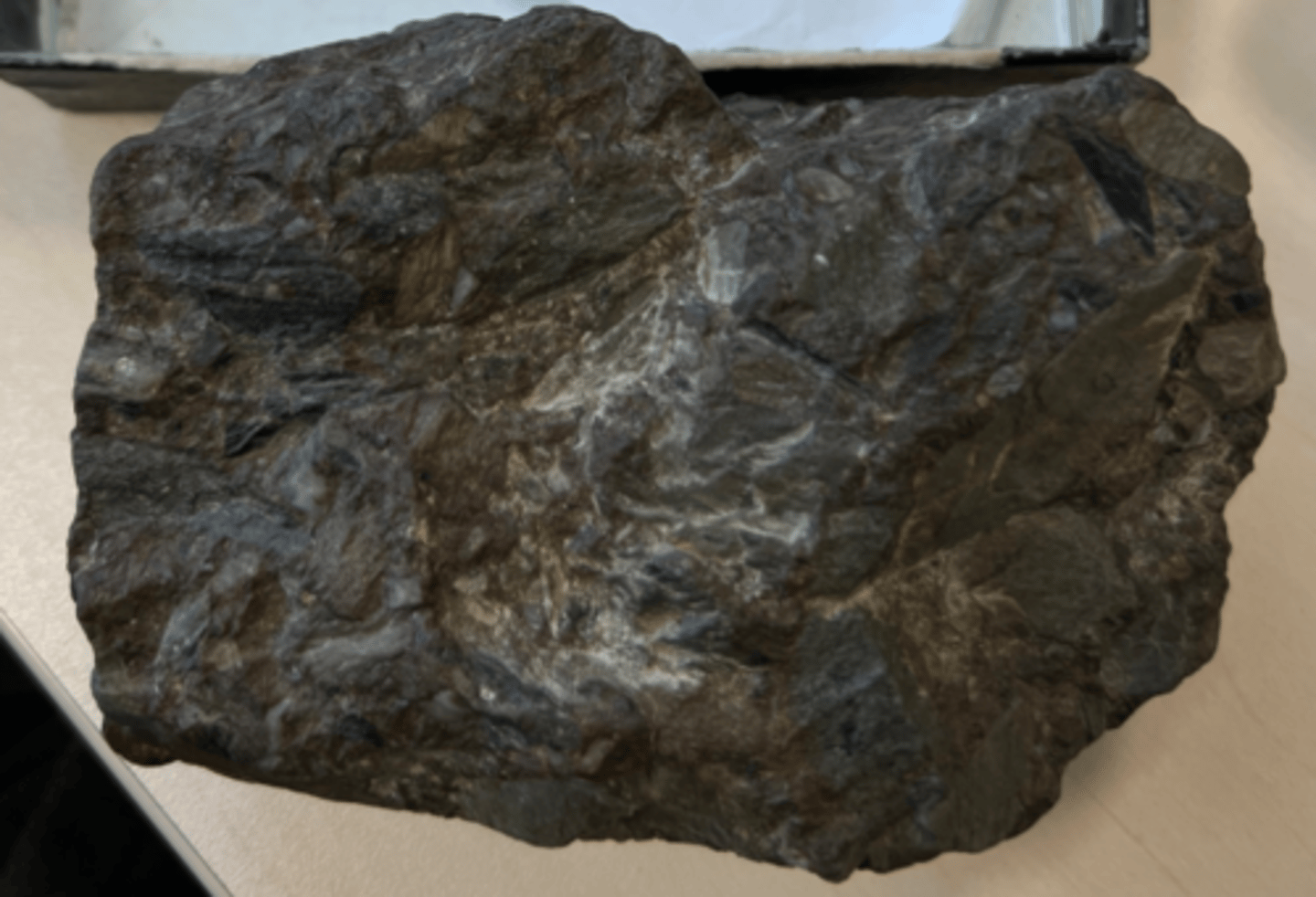
Sandstone
sedimentary
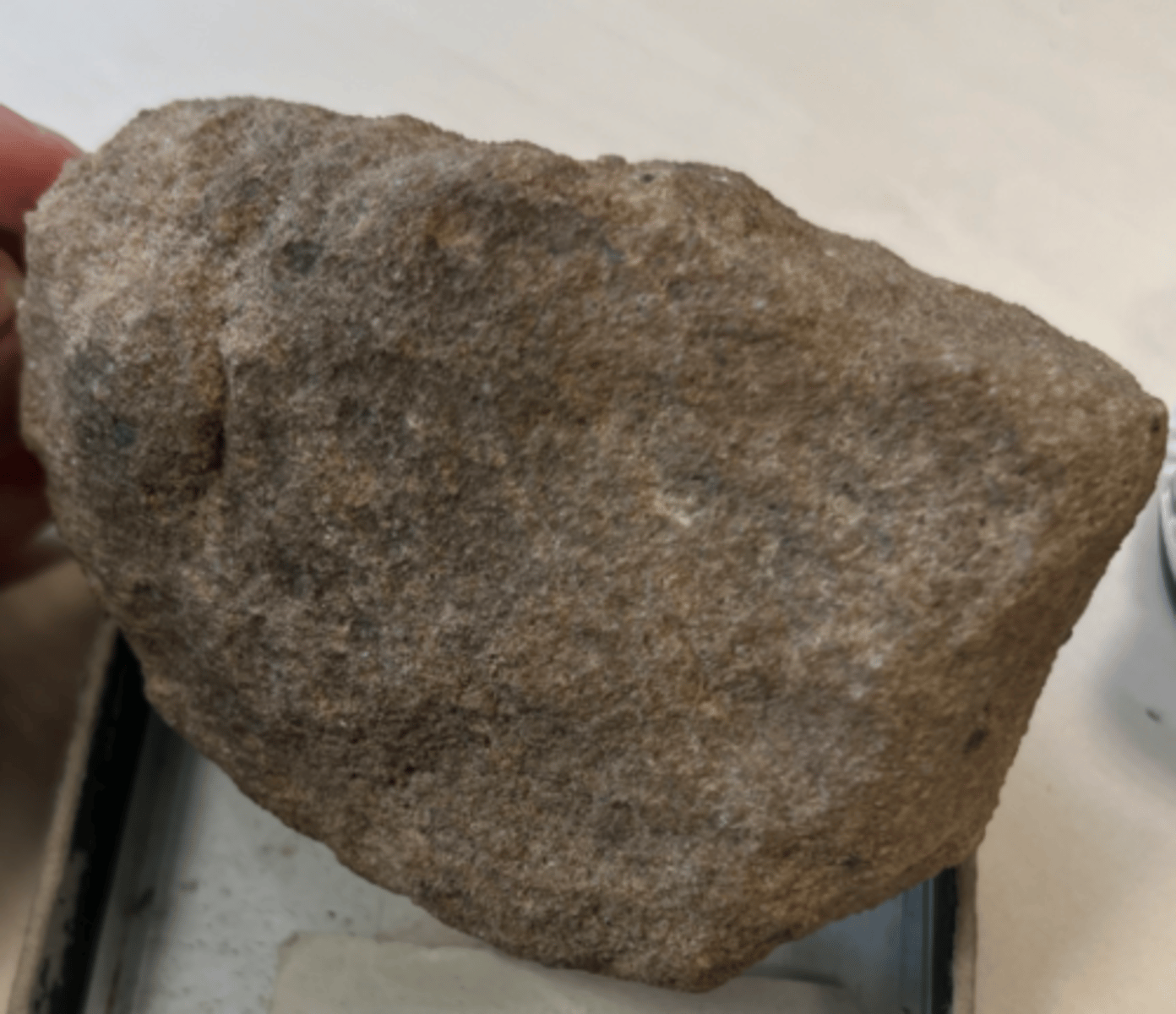
River Sand
sedimentary
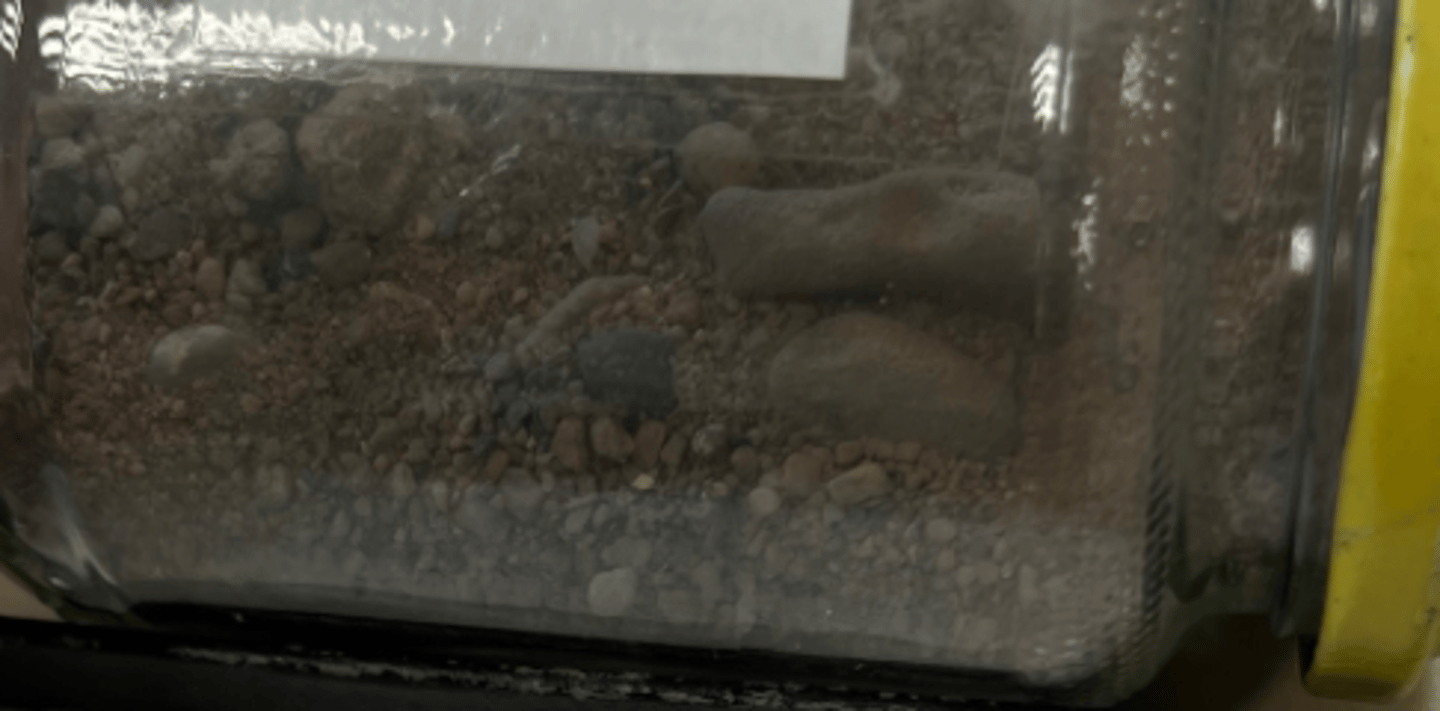
Eolic Sand
sedimentary
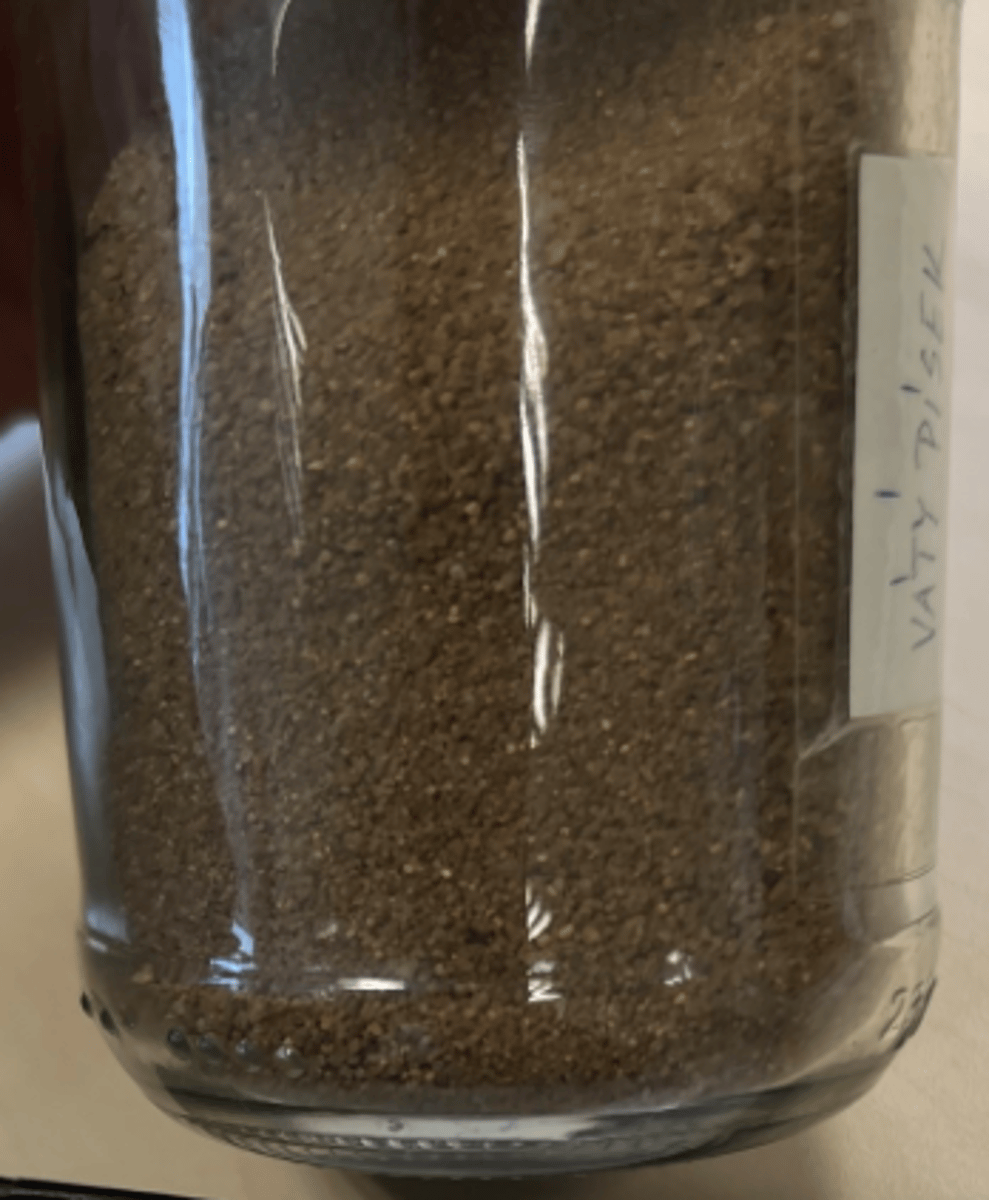
Greywacke
sedimentary
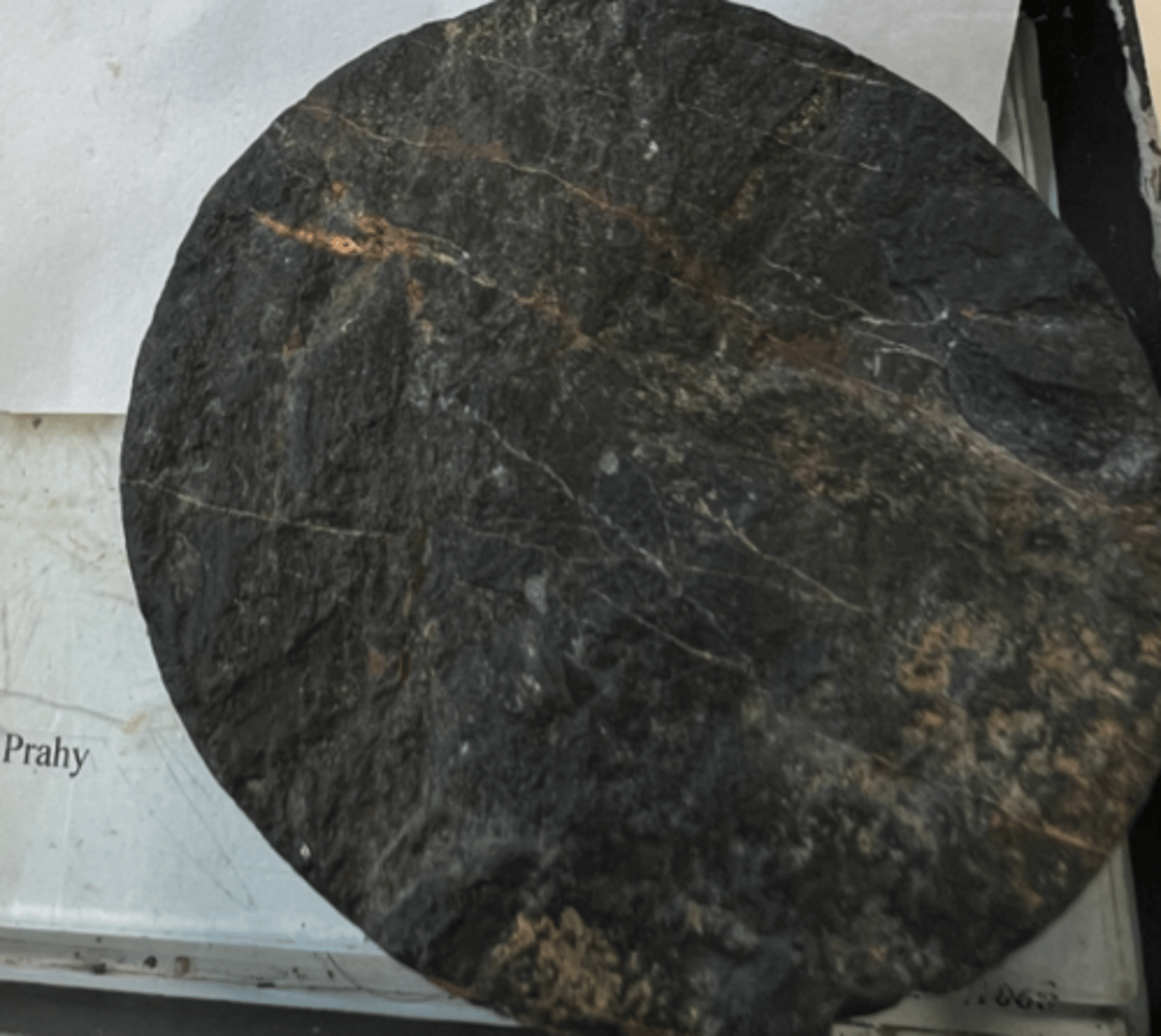
Arkose
This is a special type of sandstone having a lot of feldspar
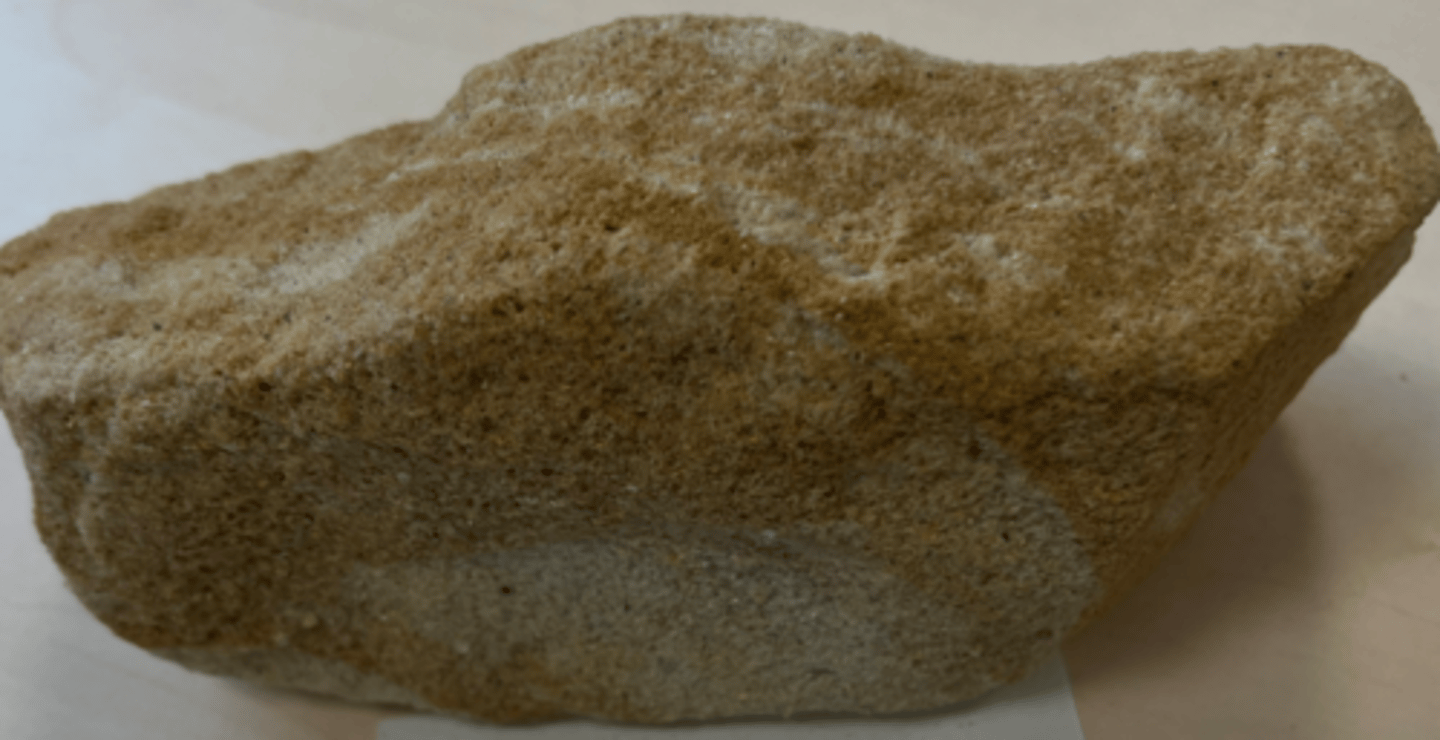
Quartz Sandstone
sedimentary
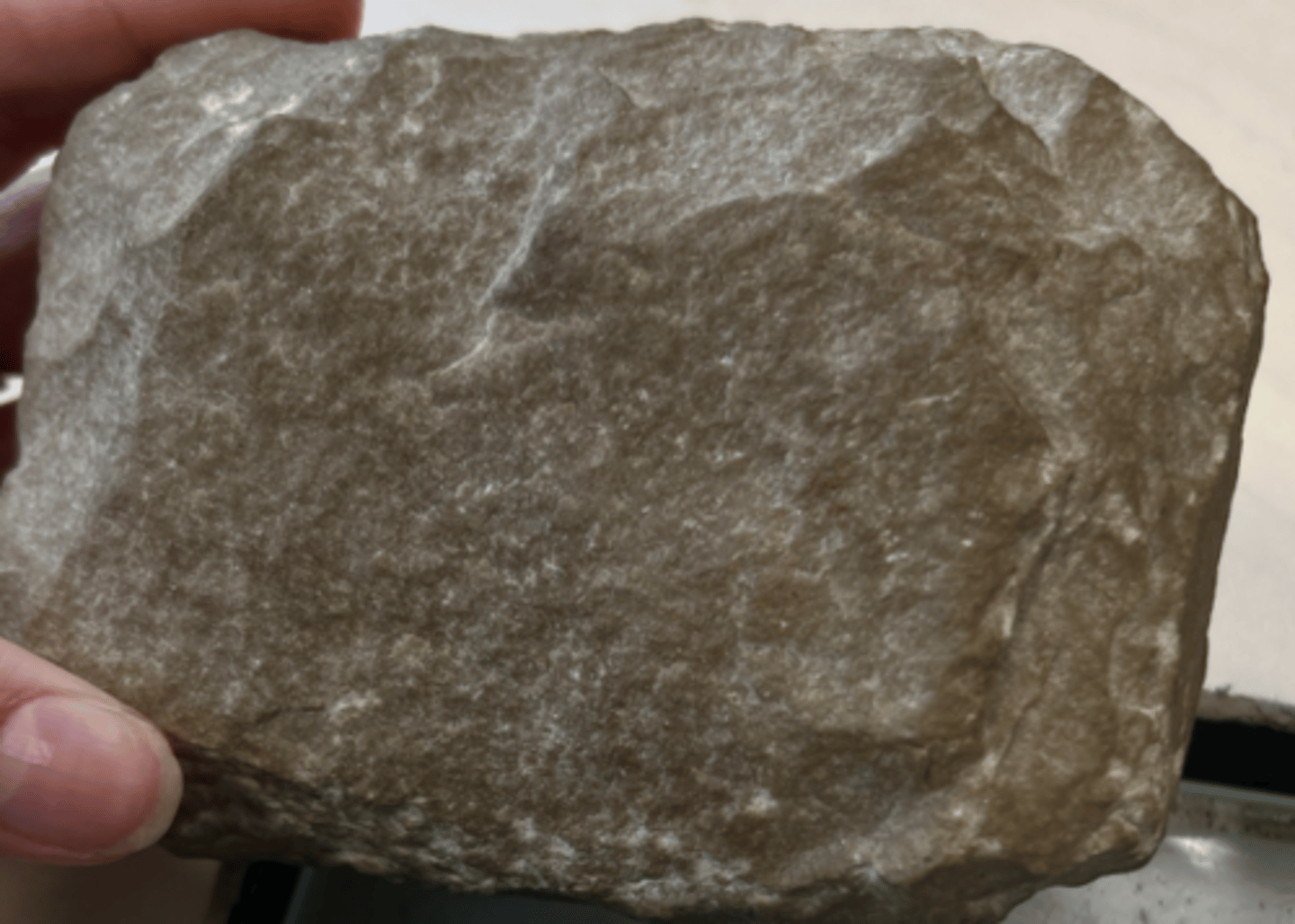
Loess
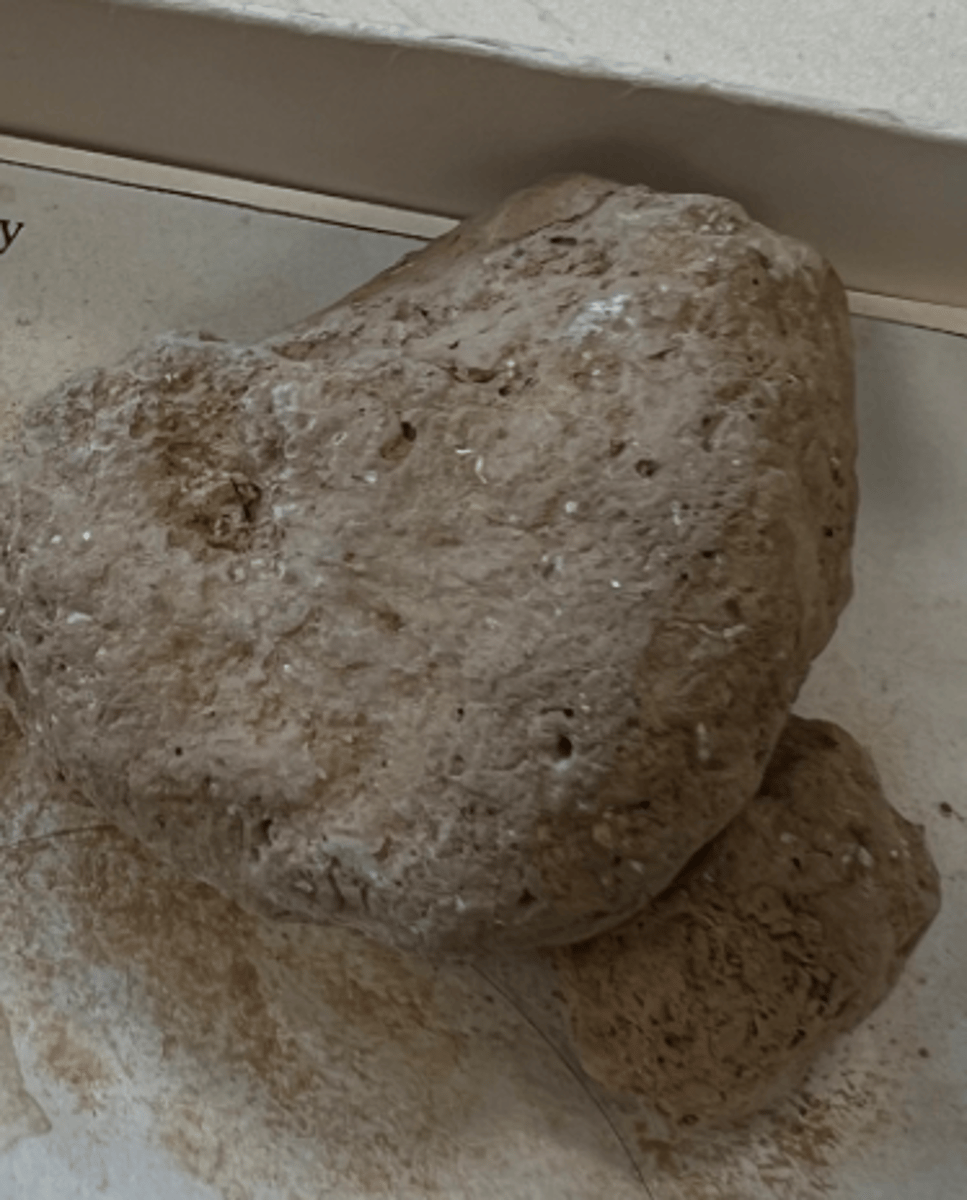
melaphyre
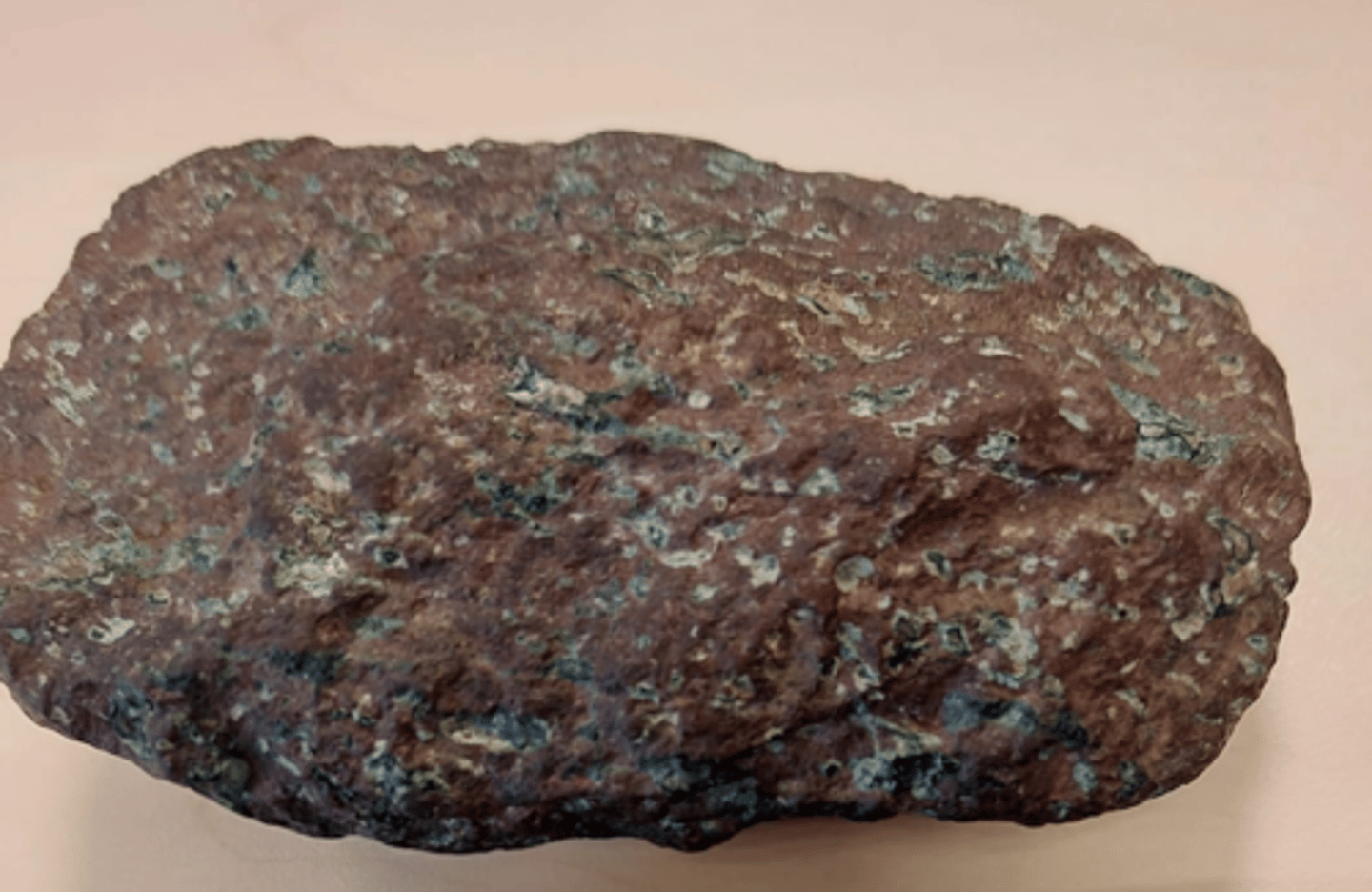
Diabase
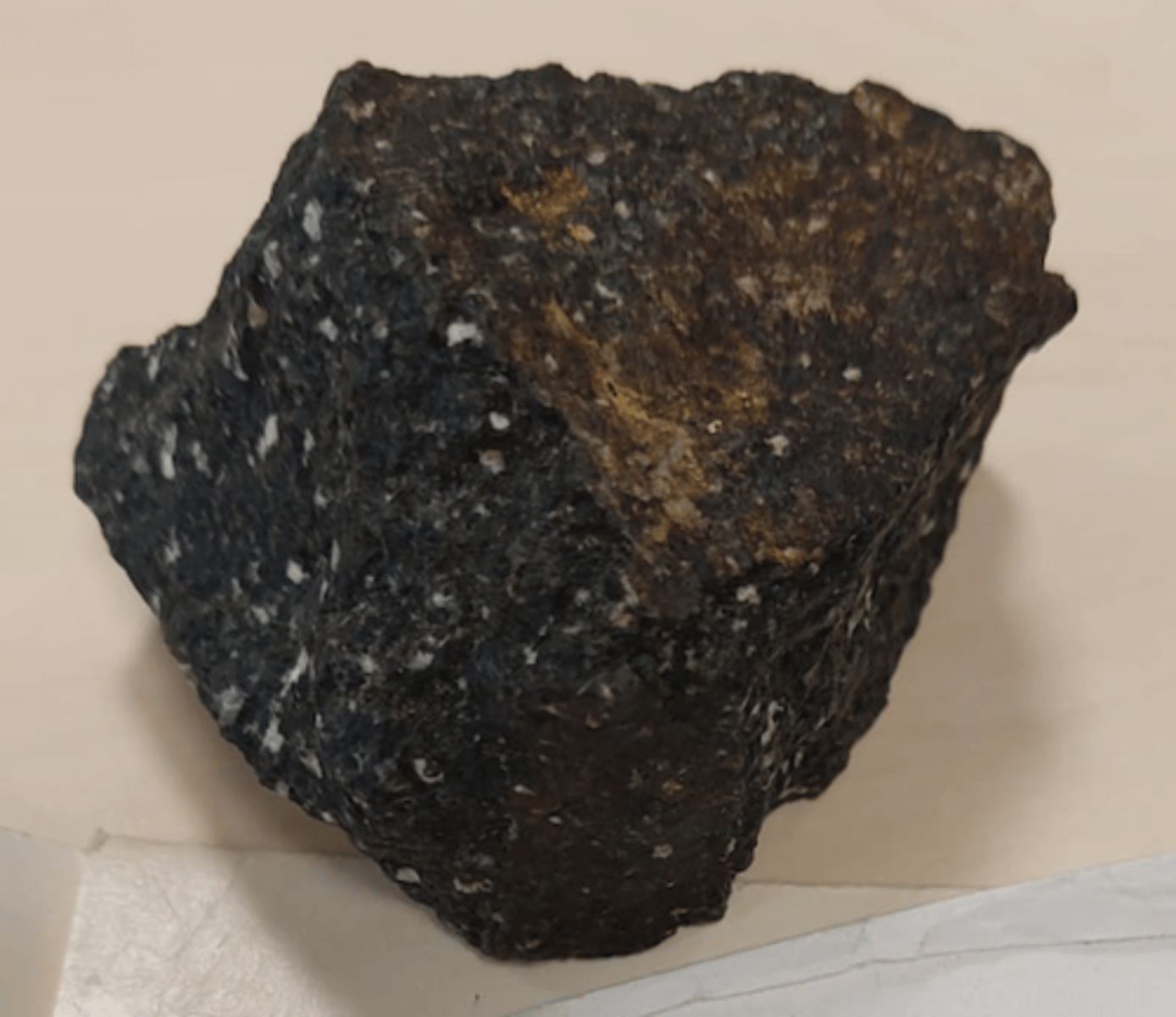
Trachyte
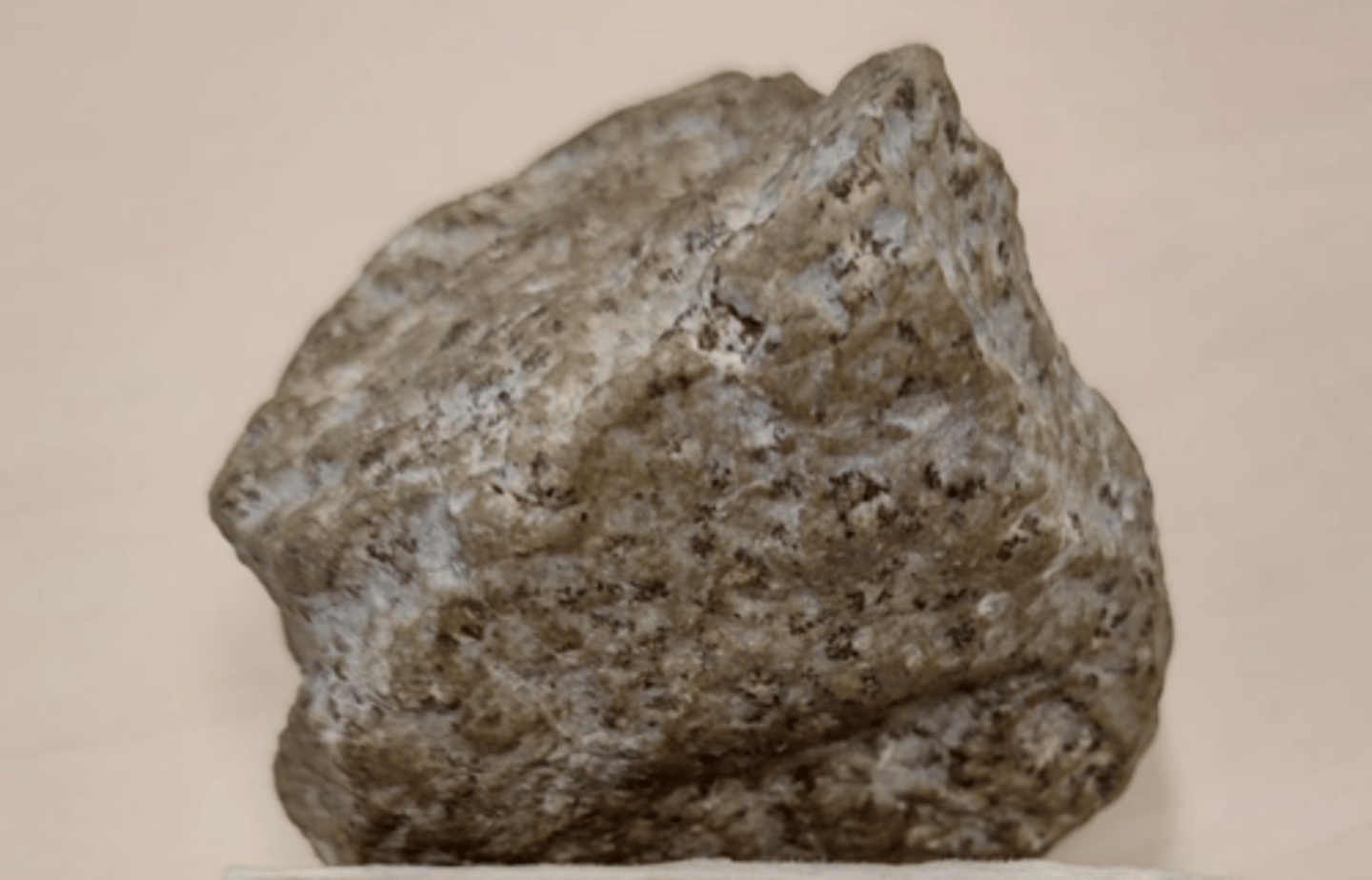
Paleorhyolite
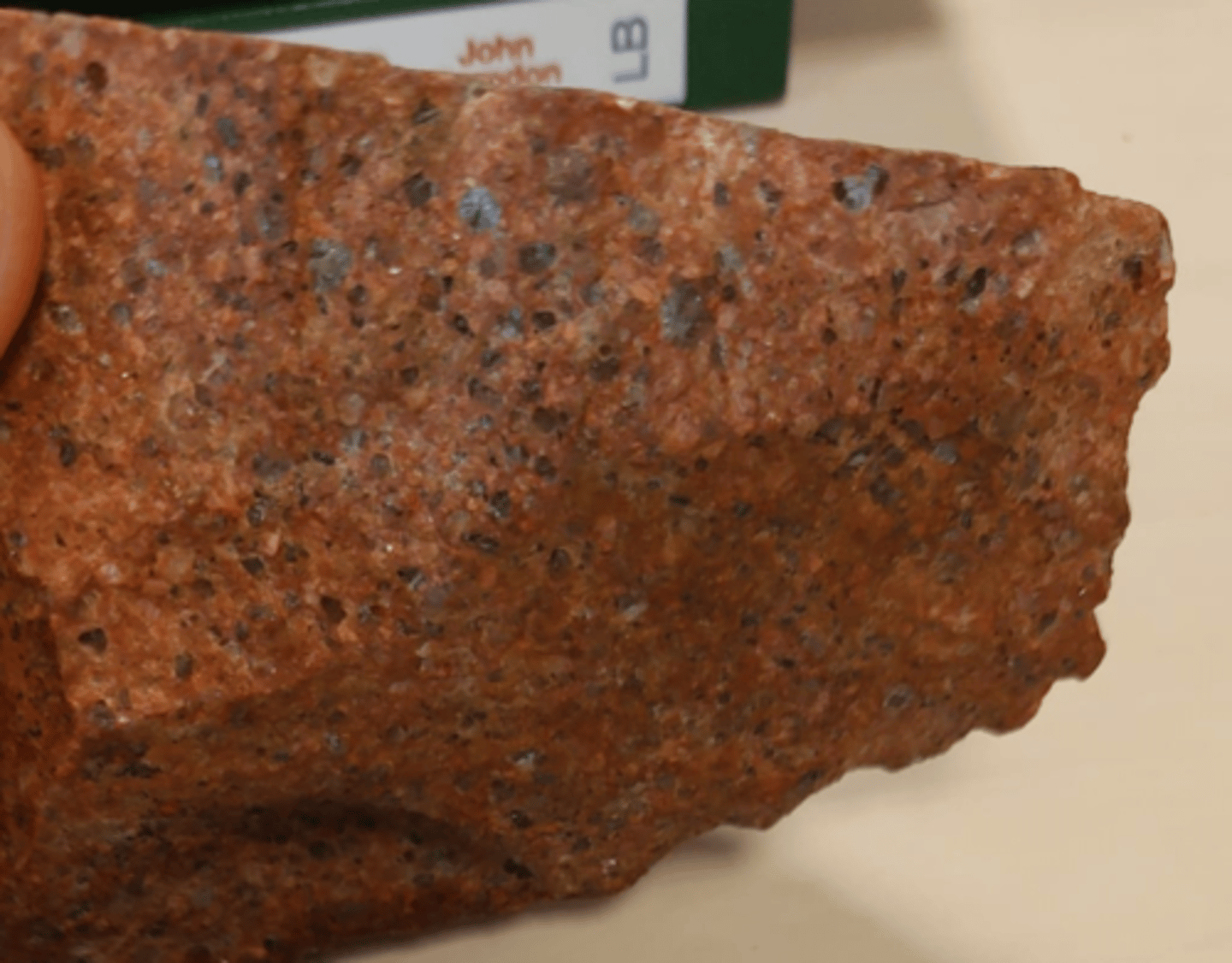
Gabbro
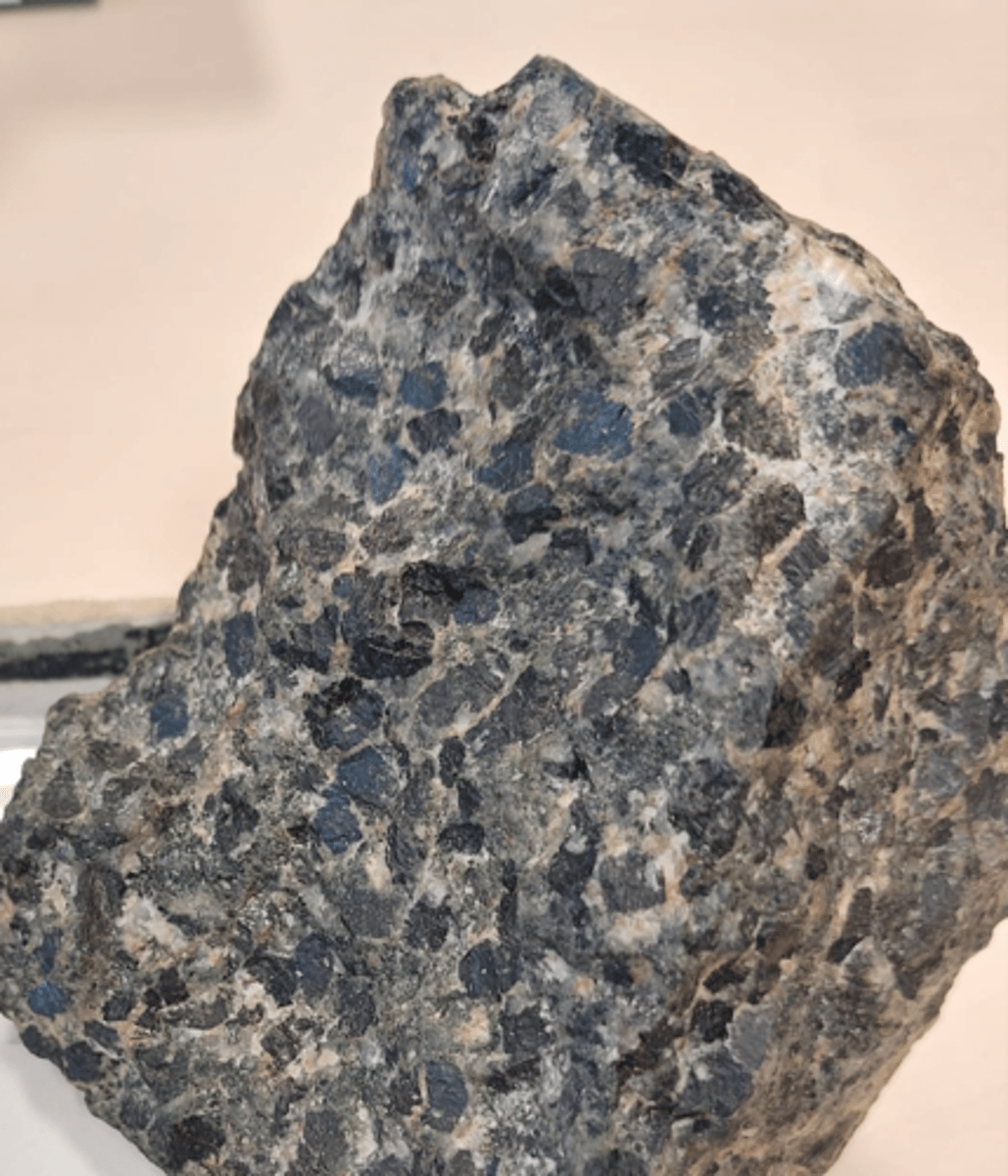
Syenite
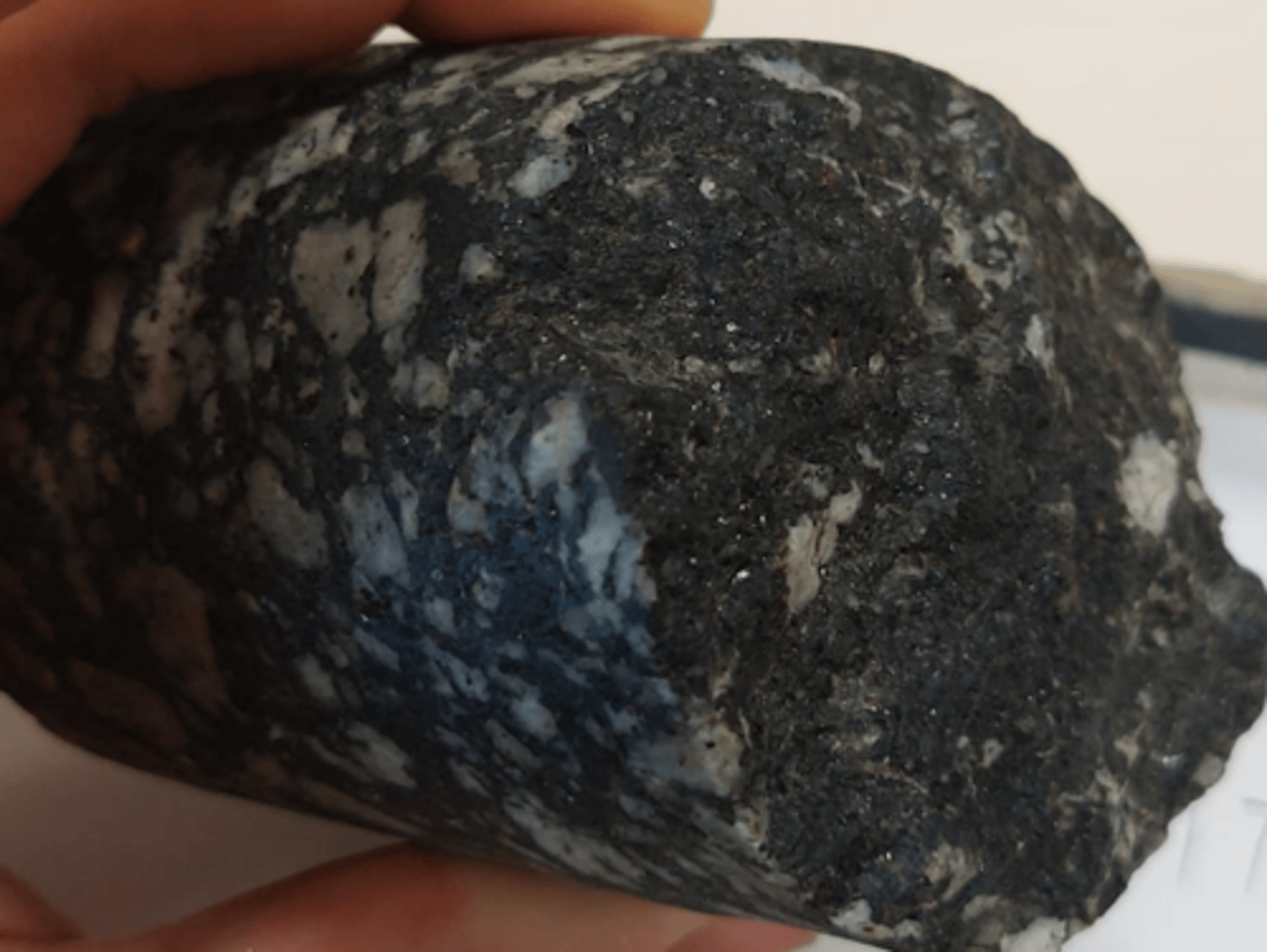
Feldspar
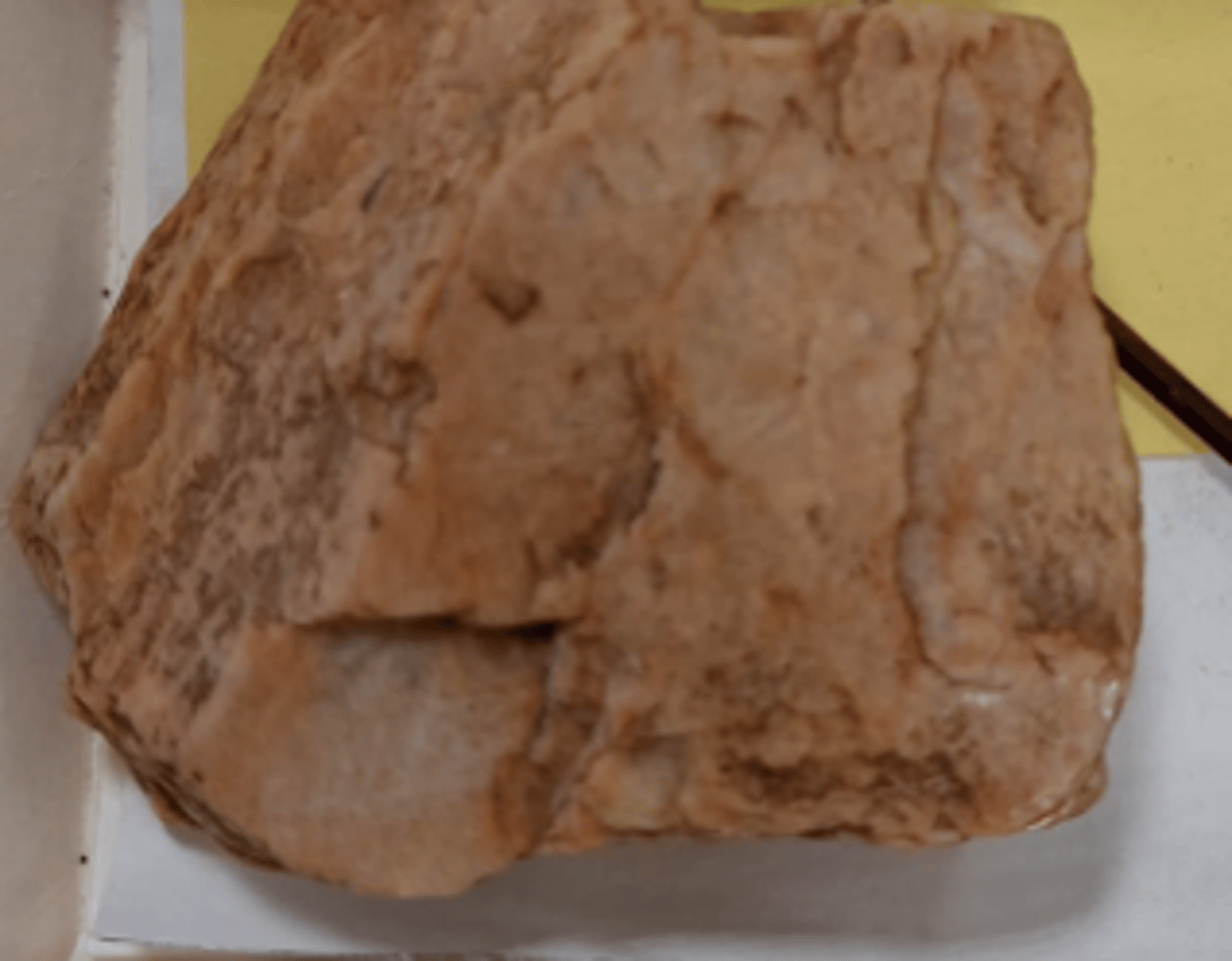
Granite
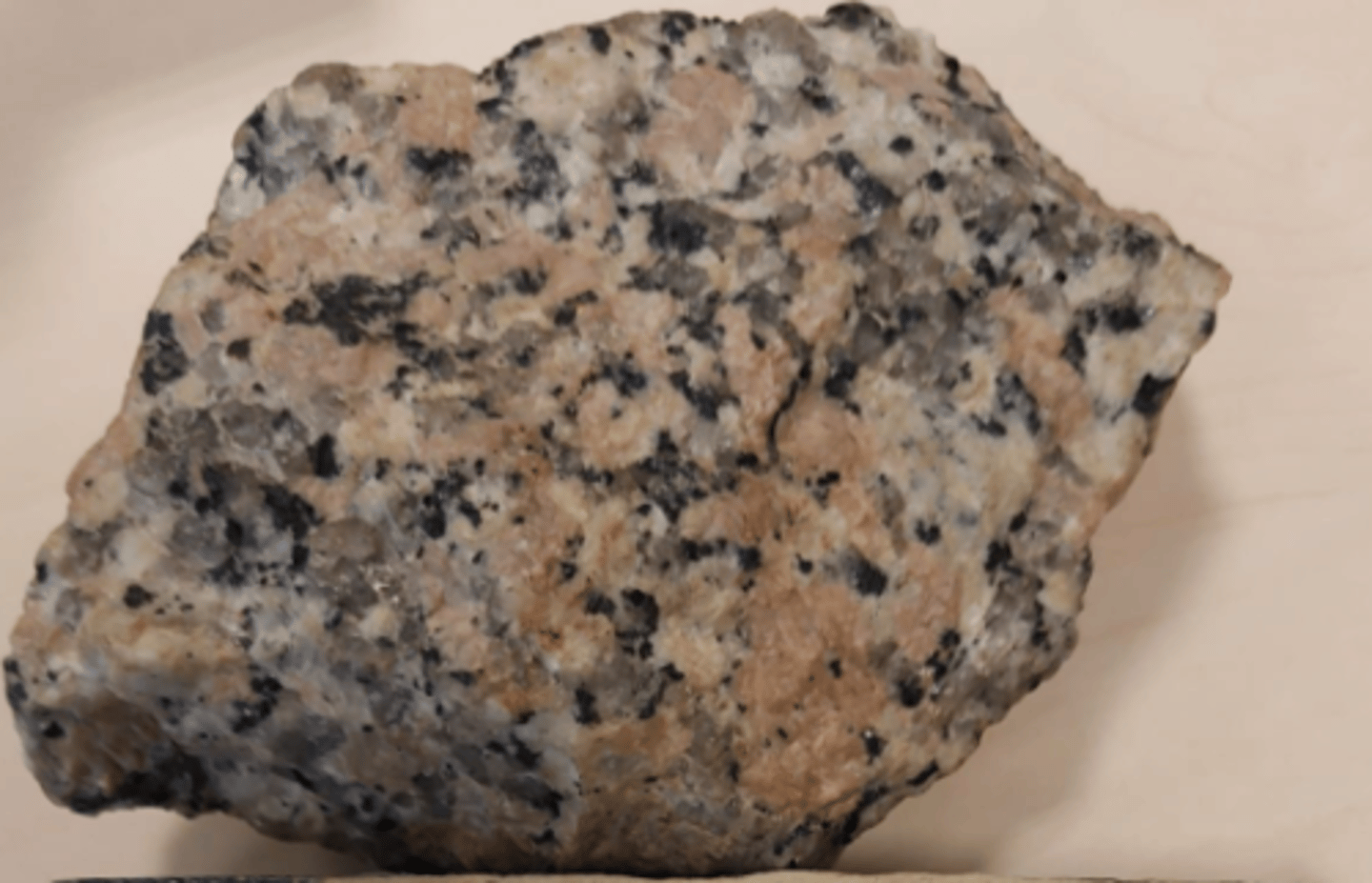
Calcite
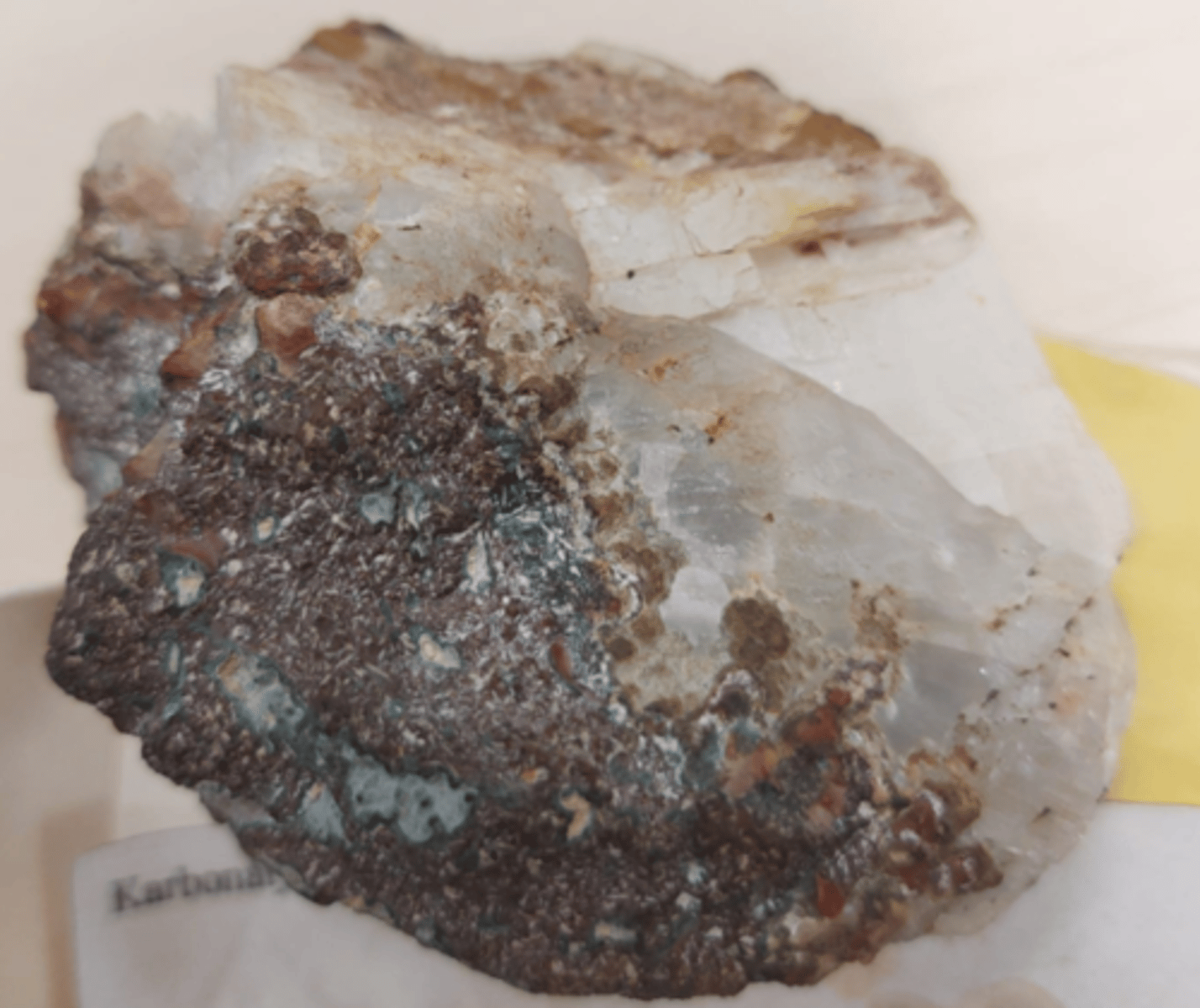
Olivine
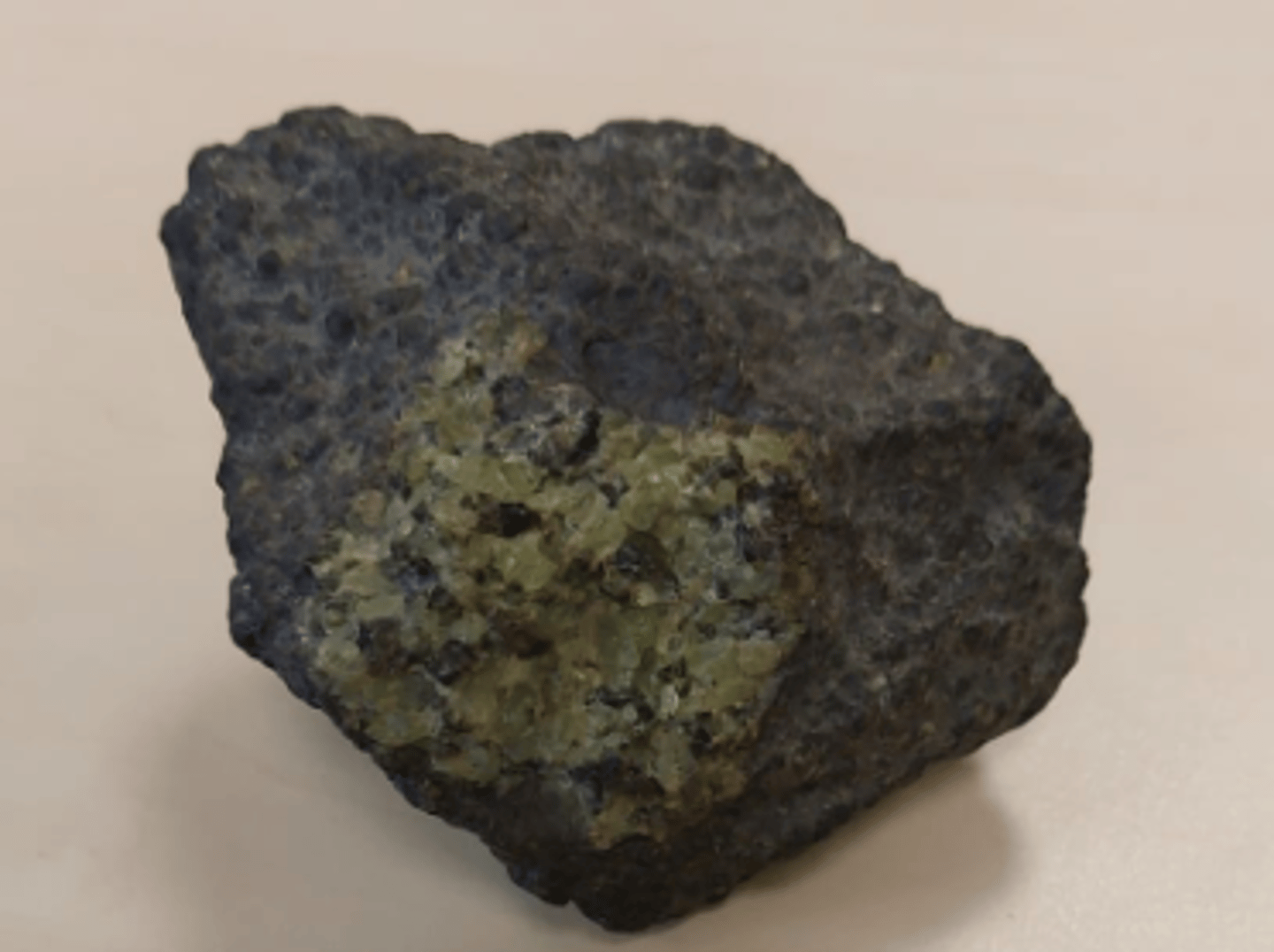
Quartz
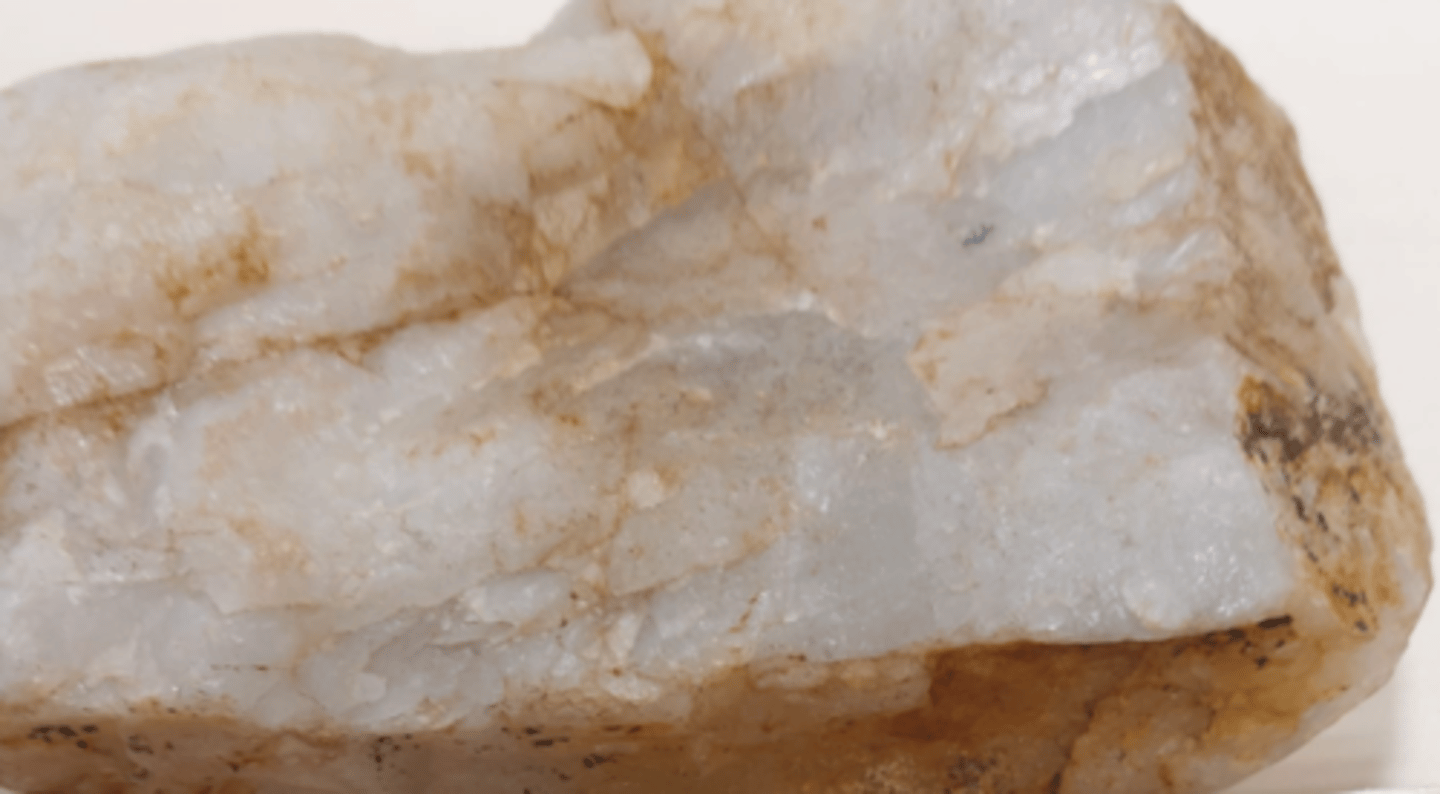
Aragonite
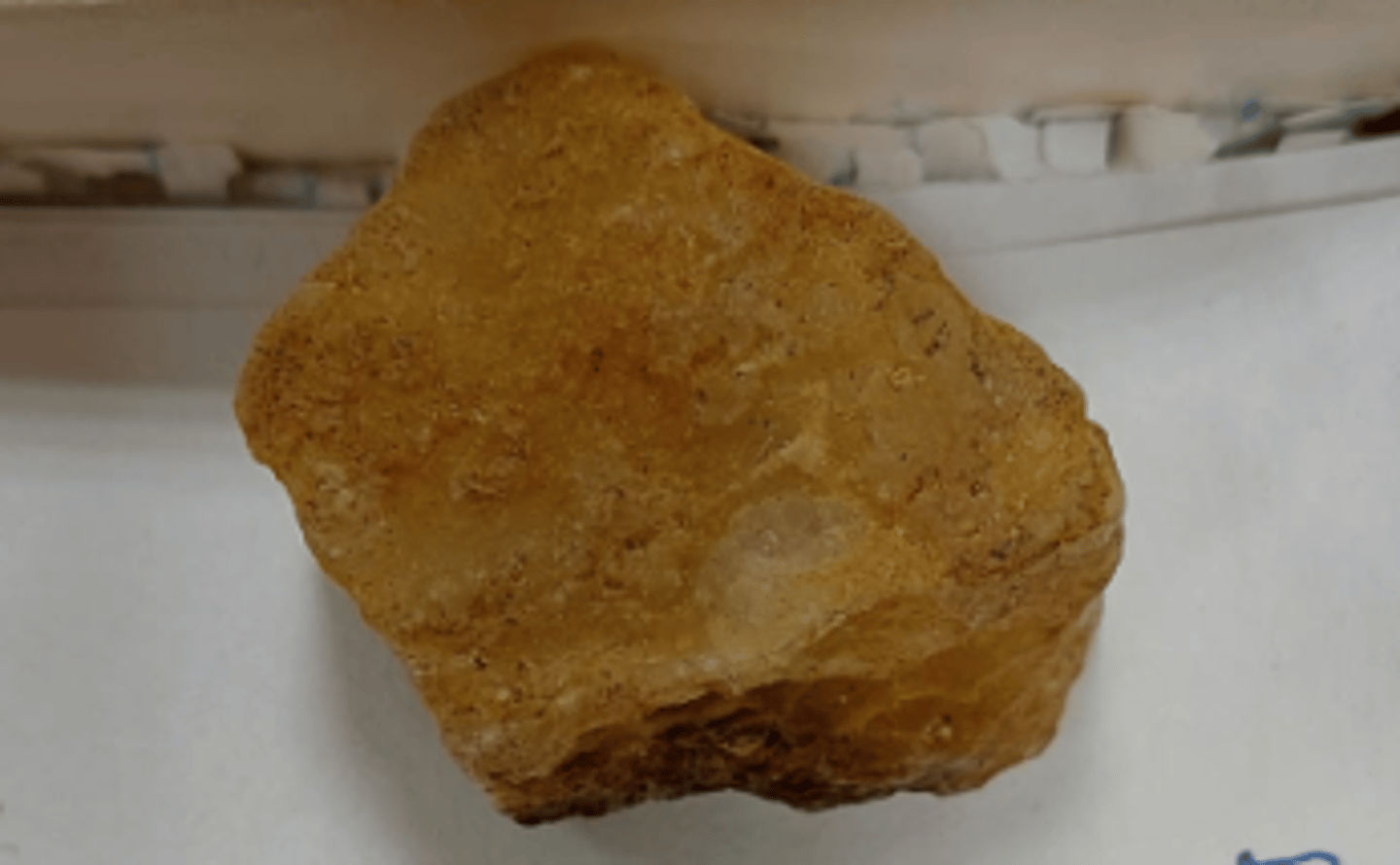
Calcite
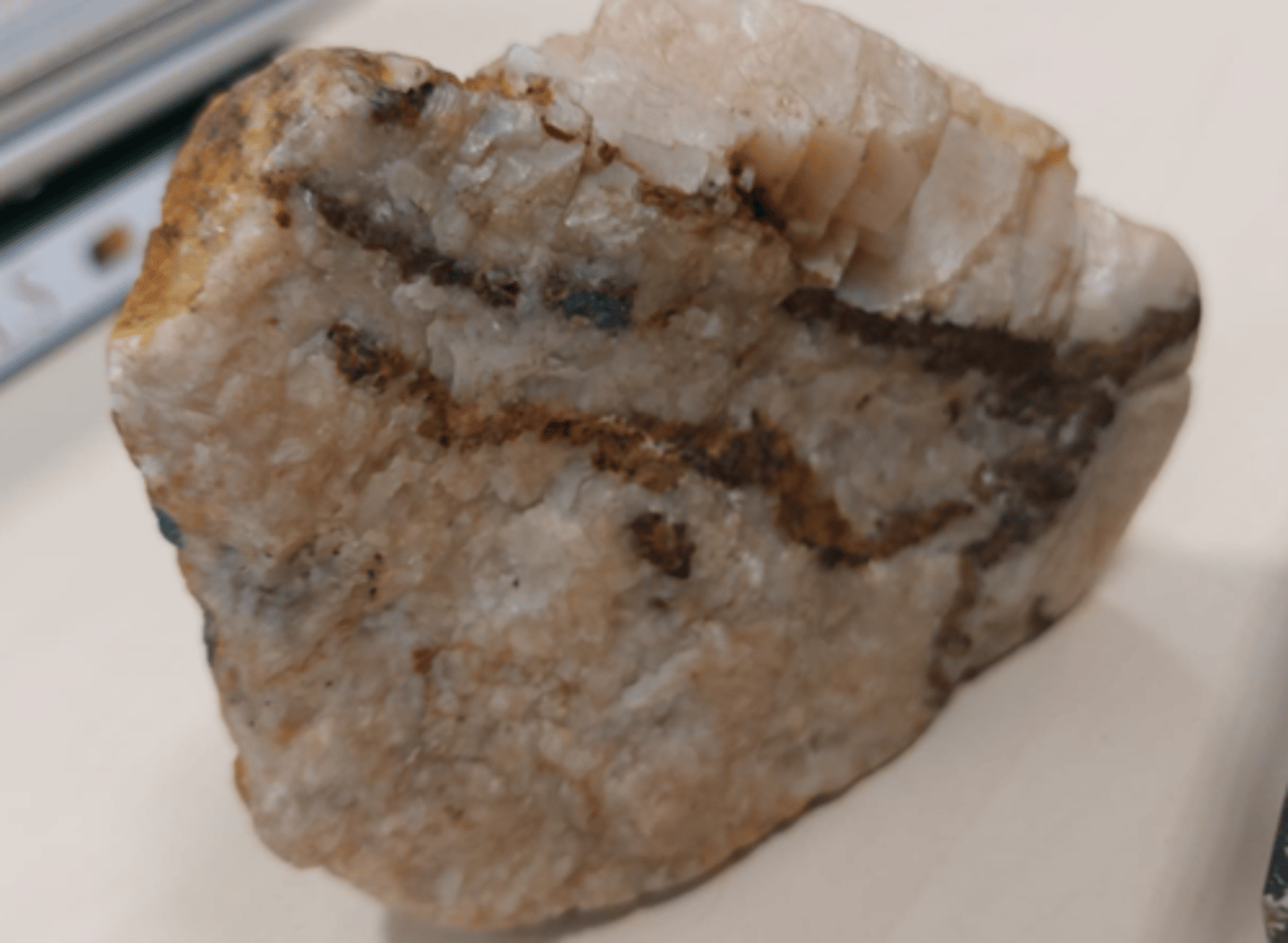
Fluorite
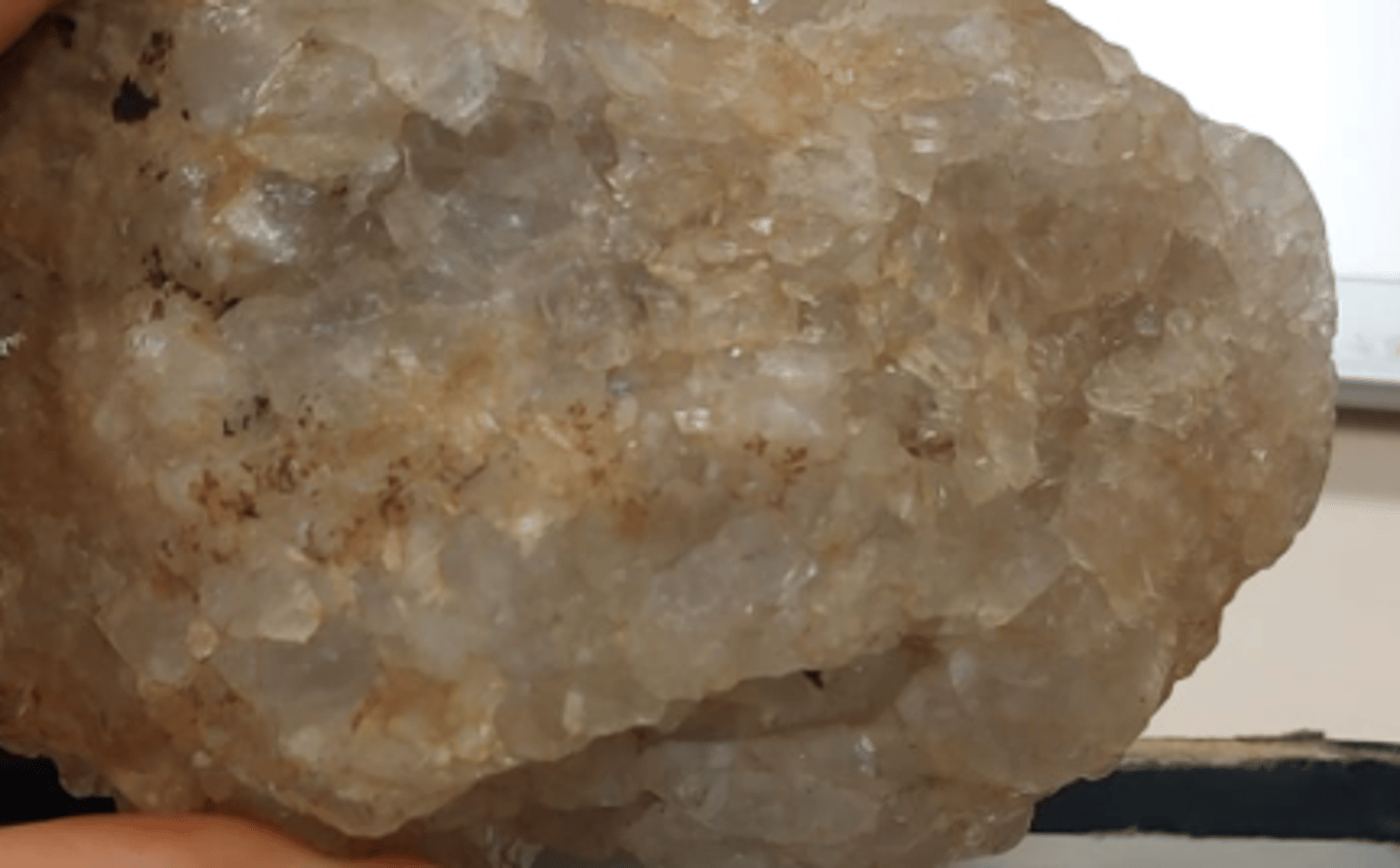
Fluorite
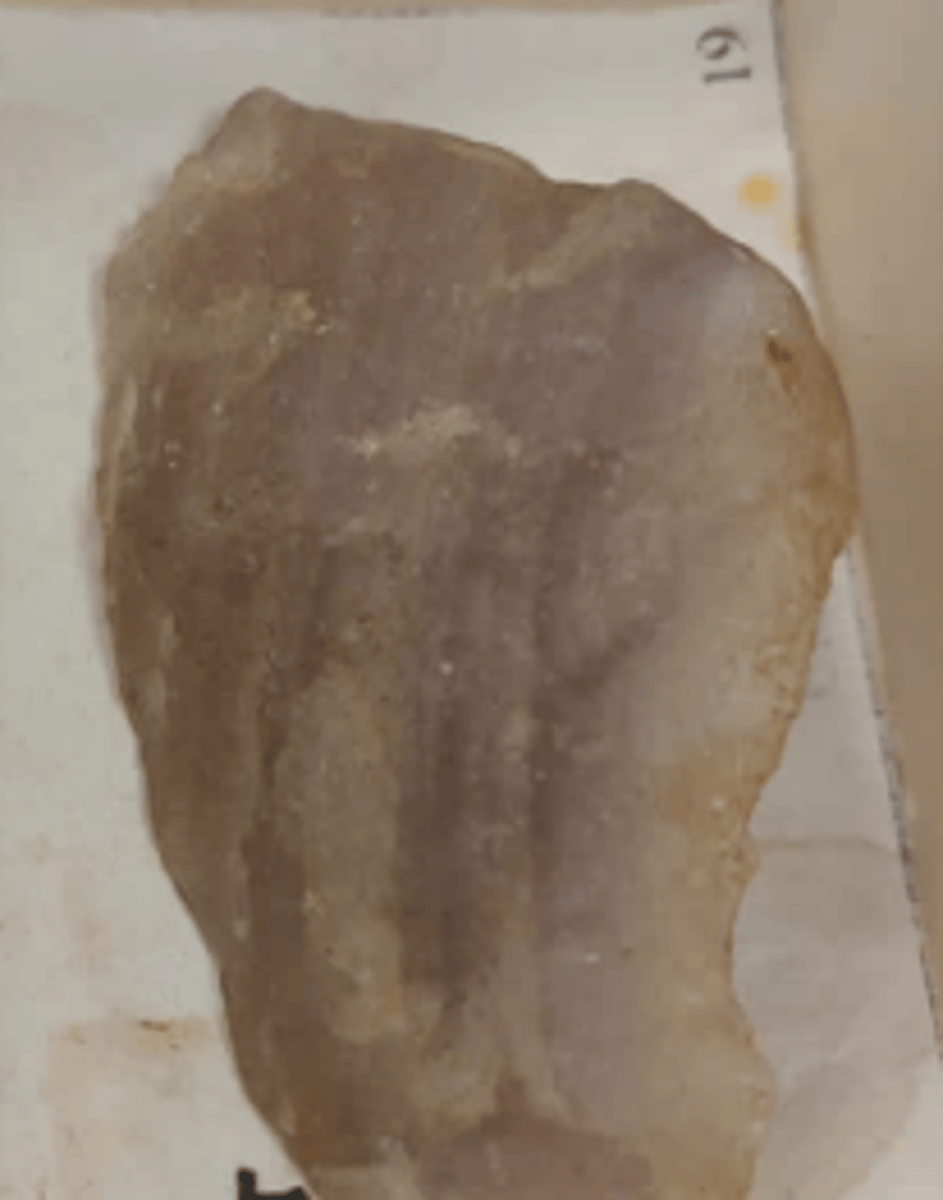
Pyrite
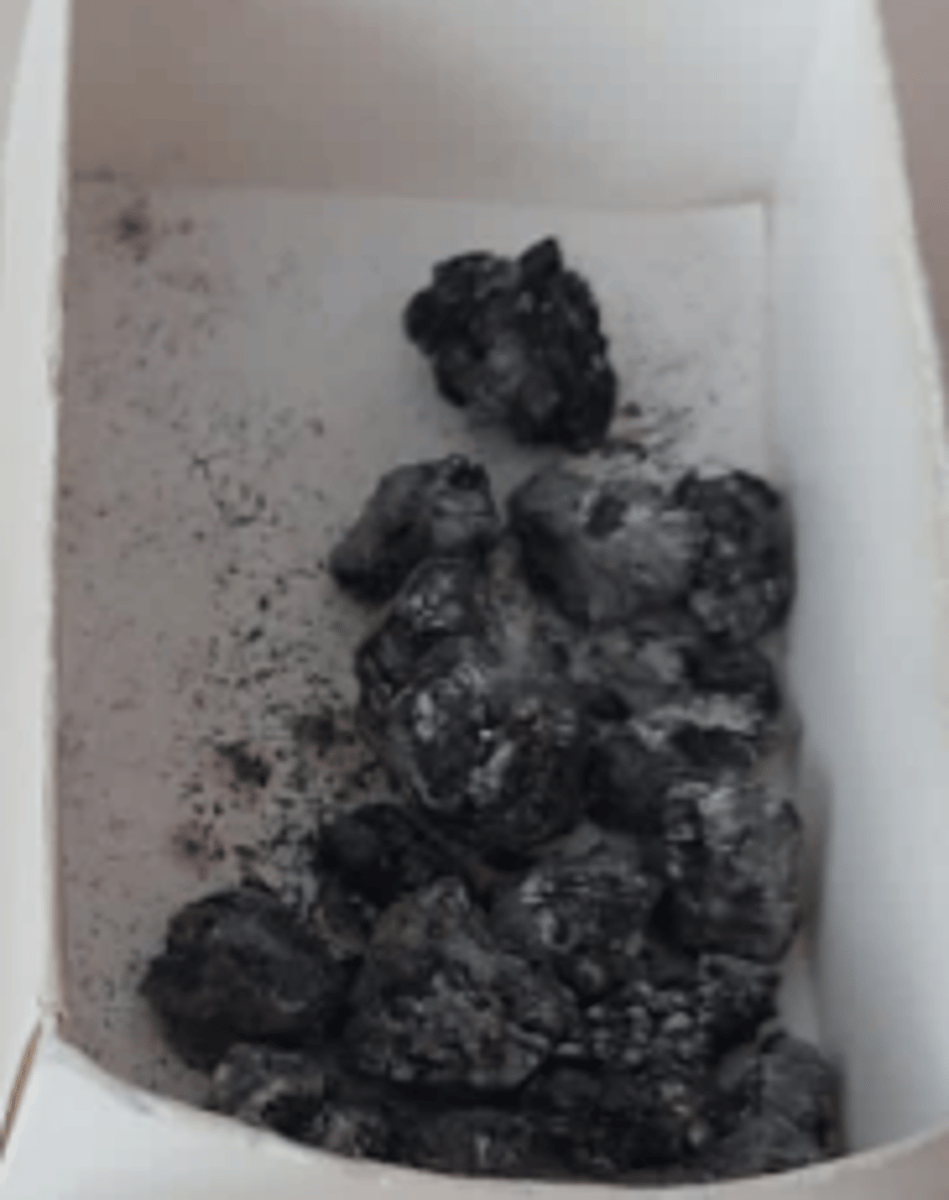
Graphite
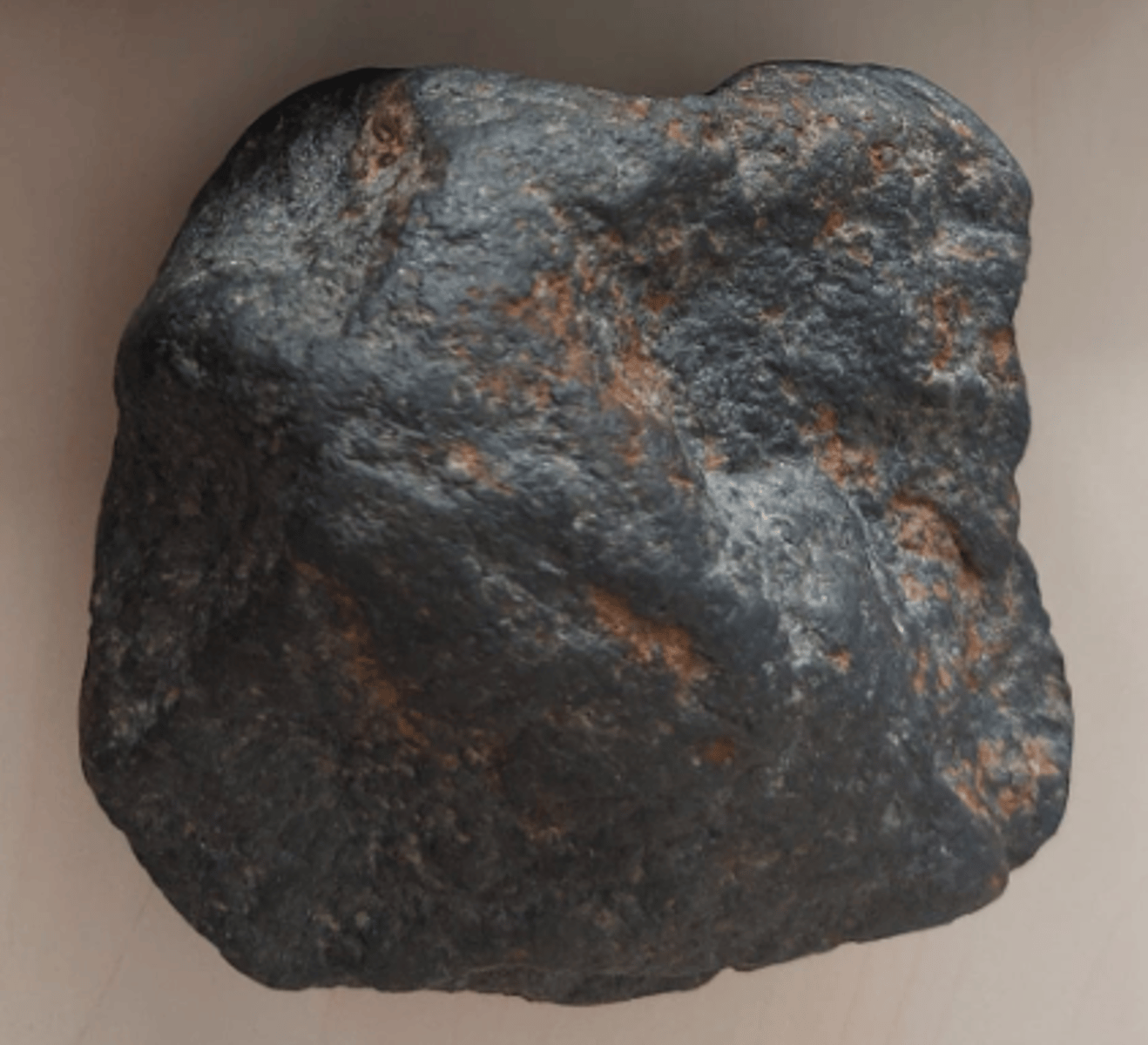
Basalt
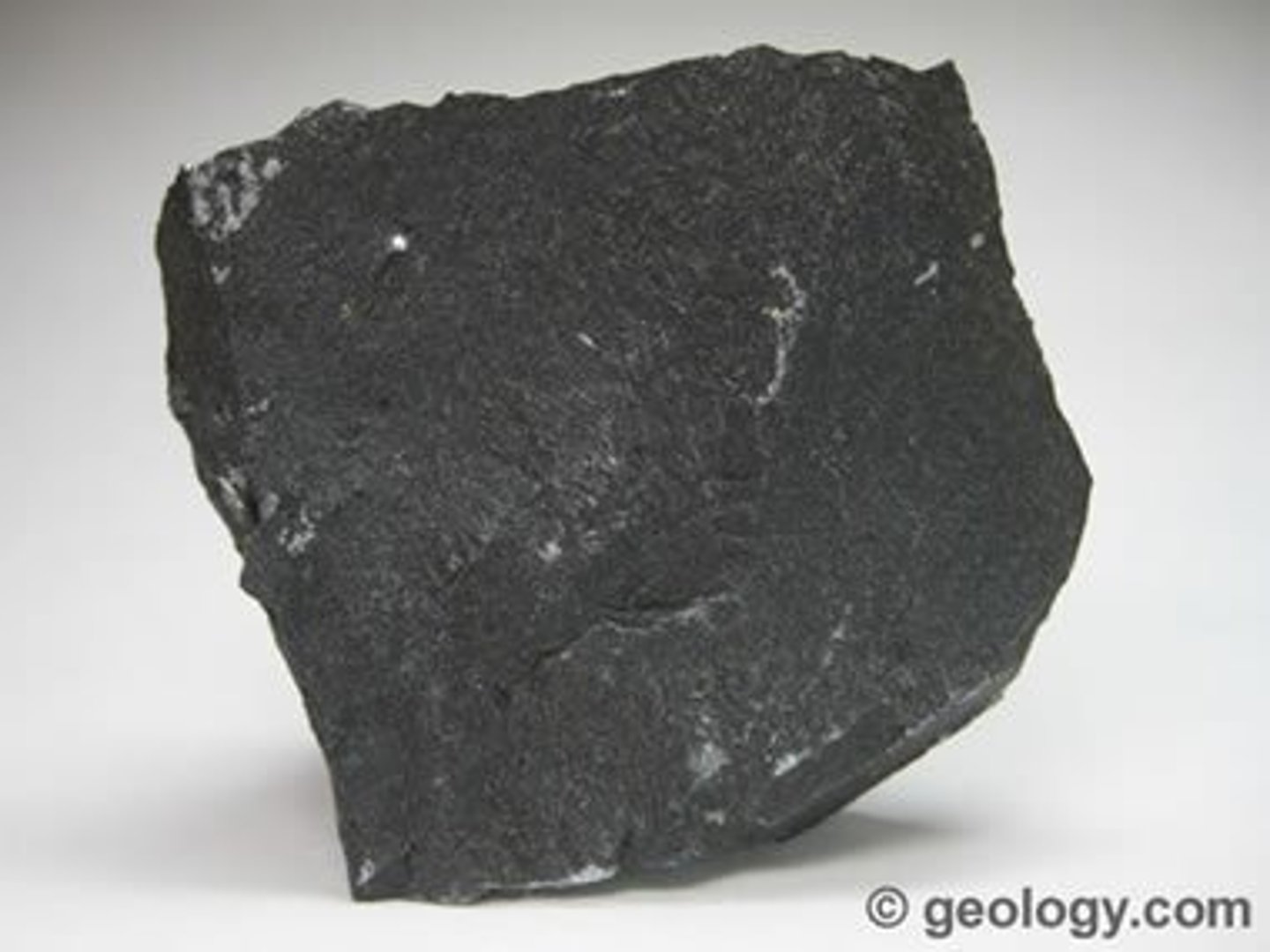
Garnet
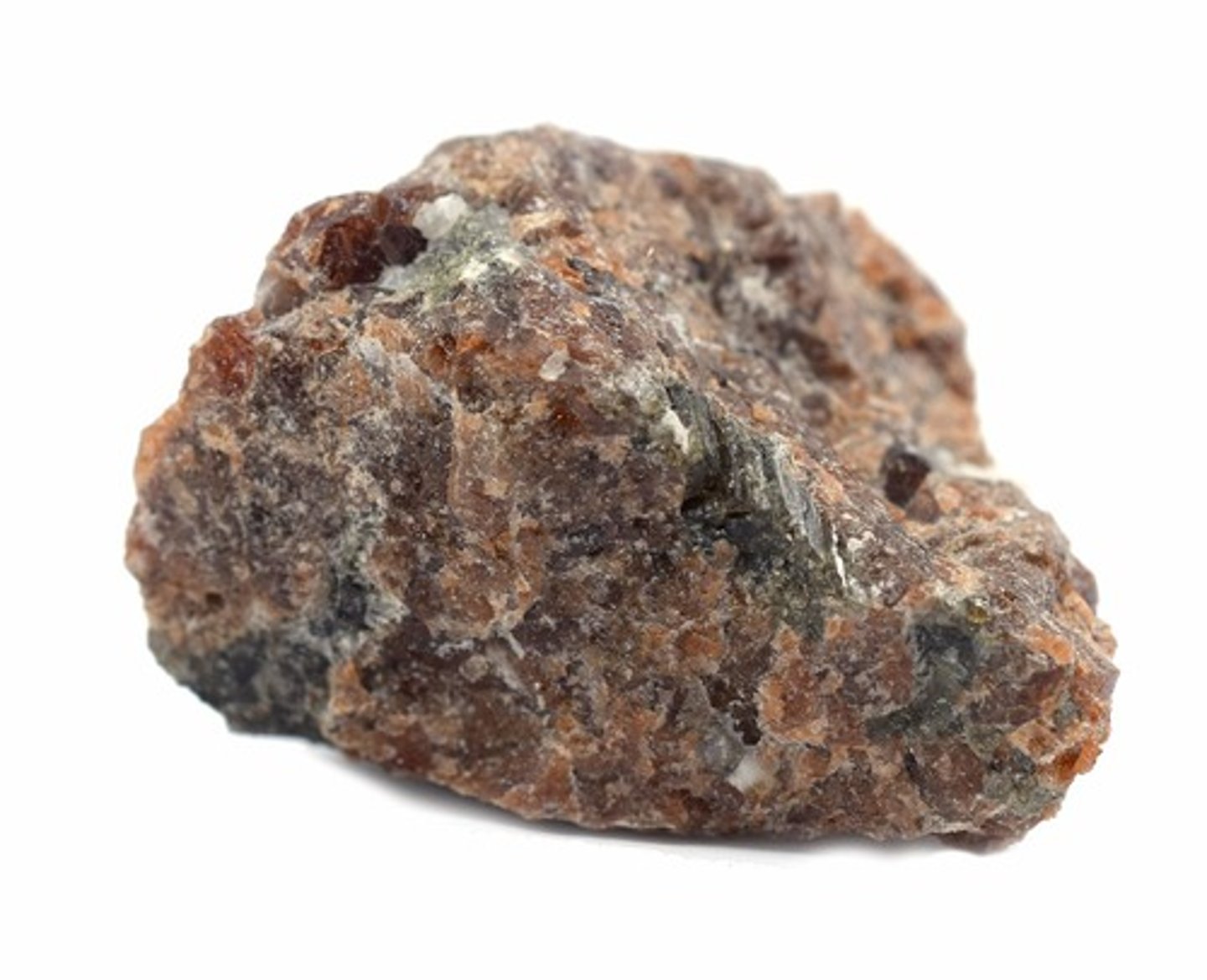
Biotite
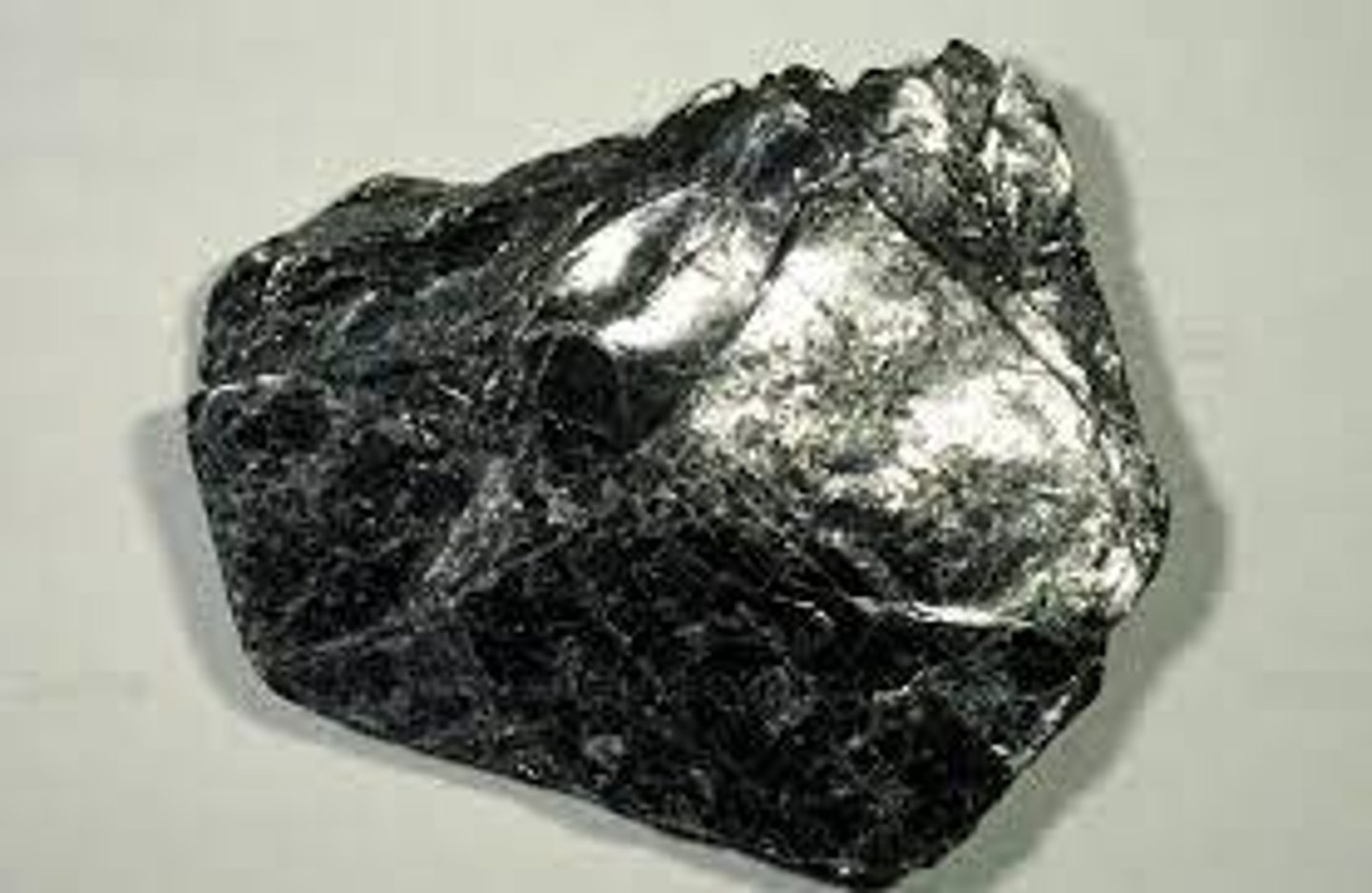
Mica
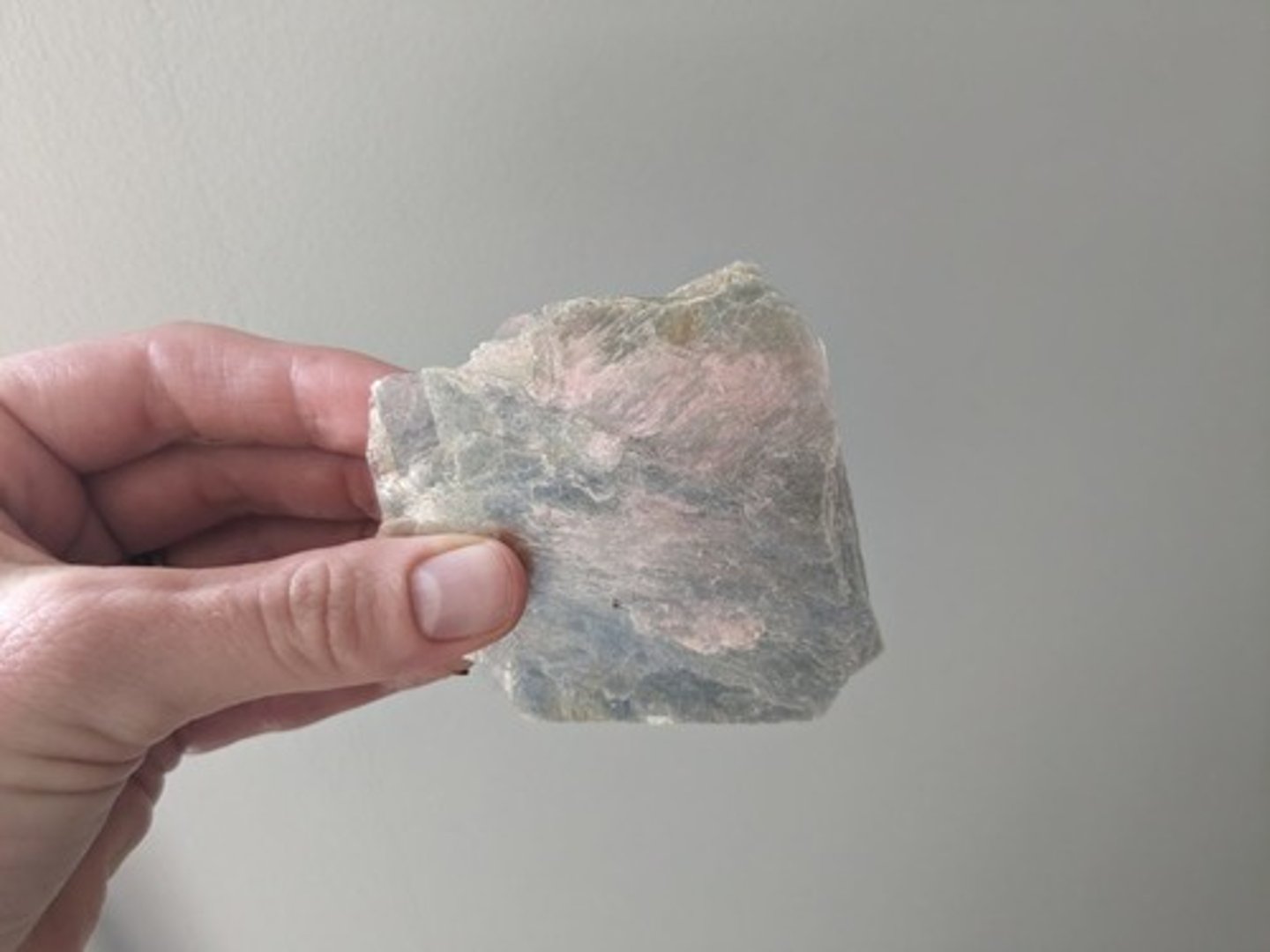
Pegmatite
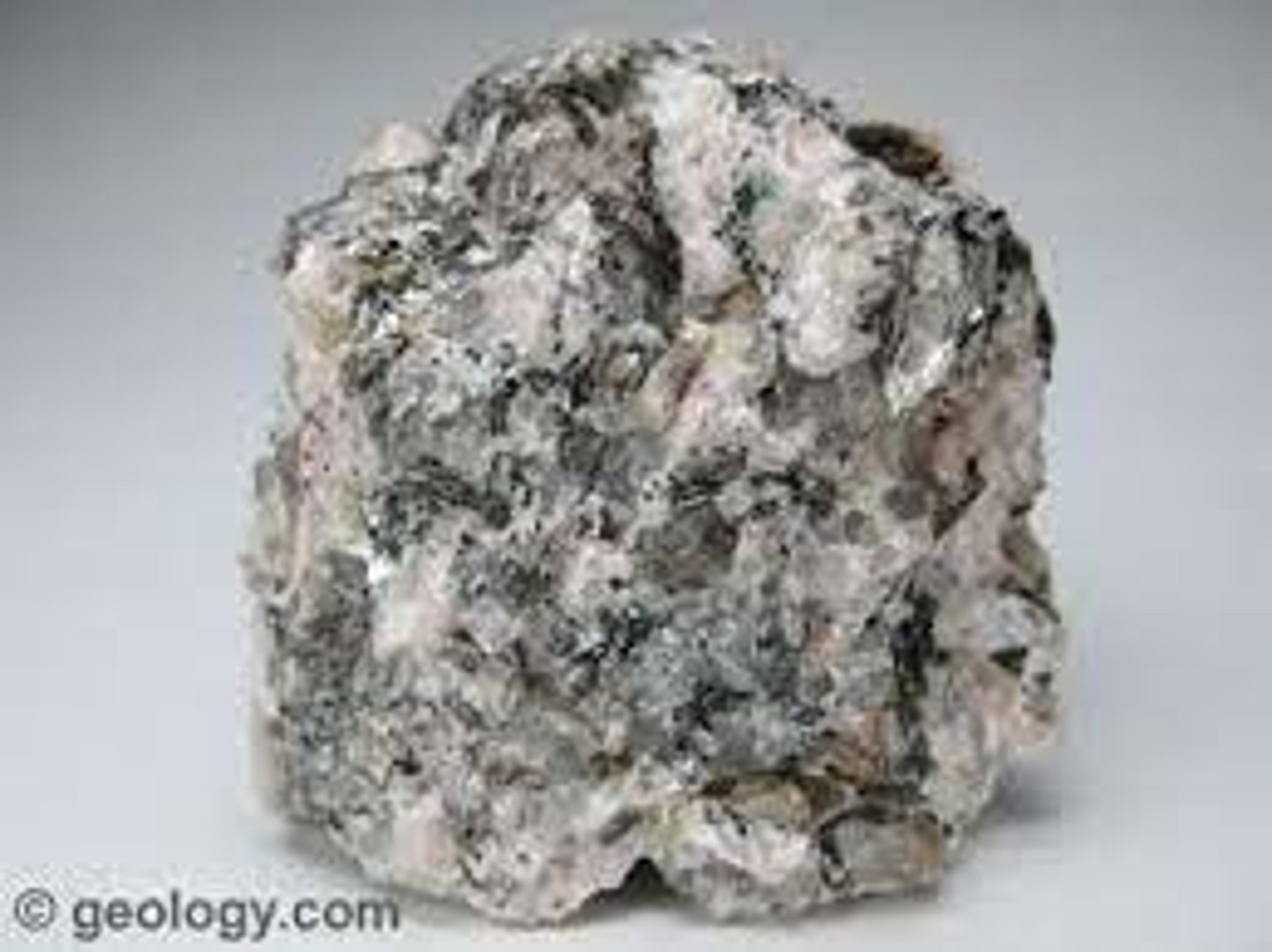
Pumice
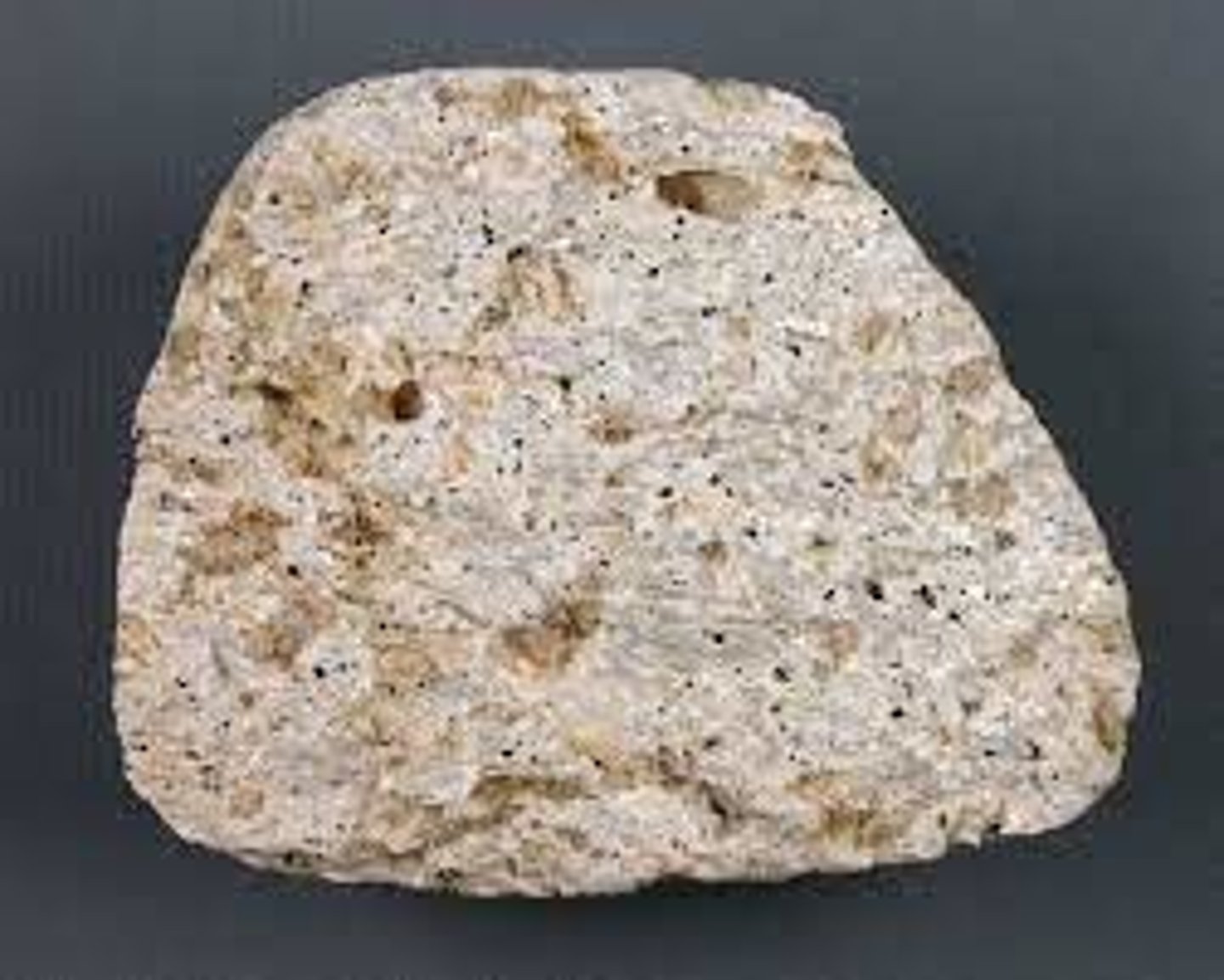
Porphyry
igneous, large crystals
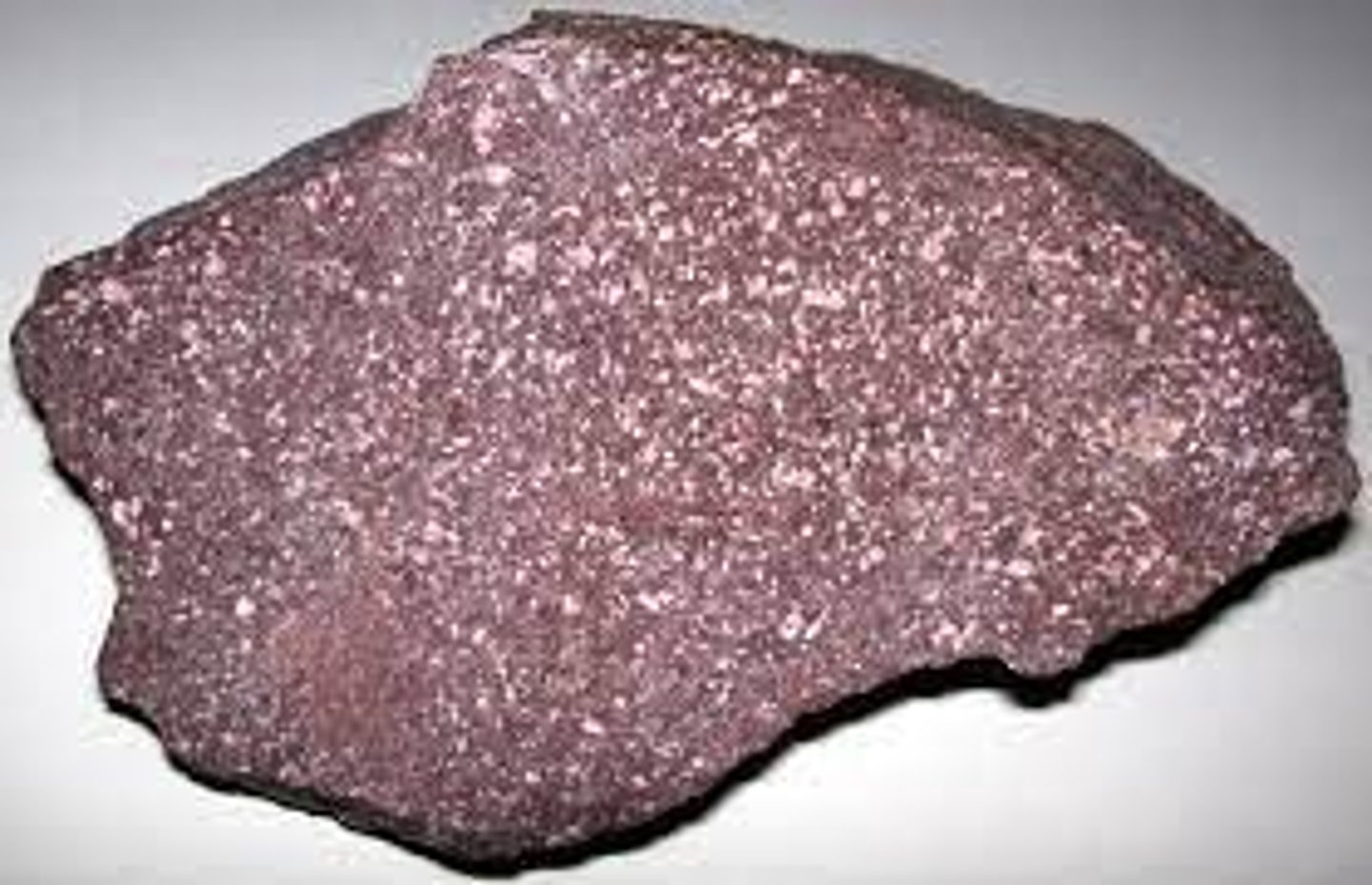
Obsidian
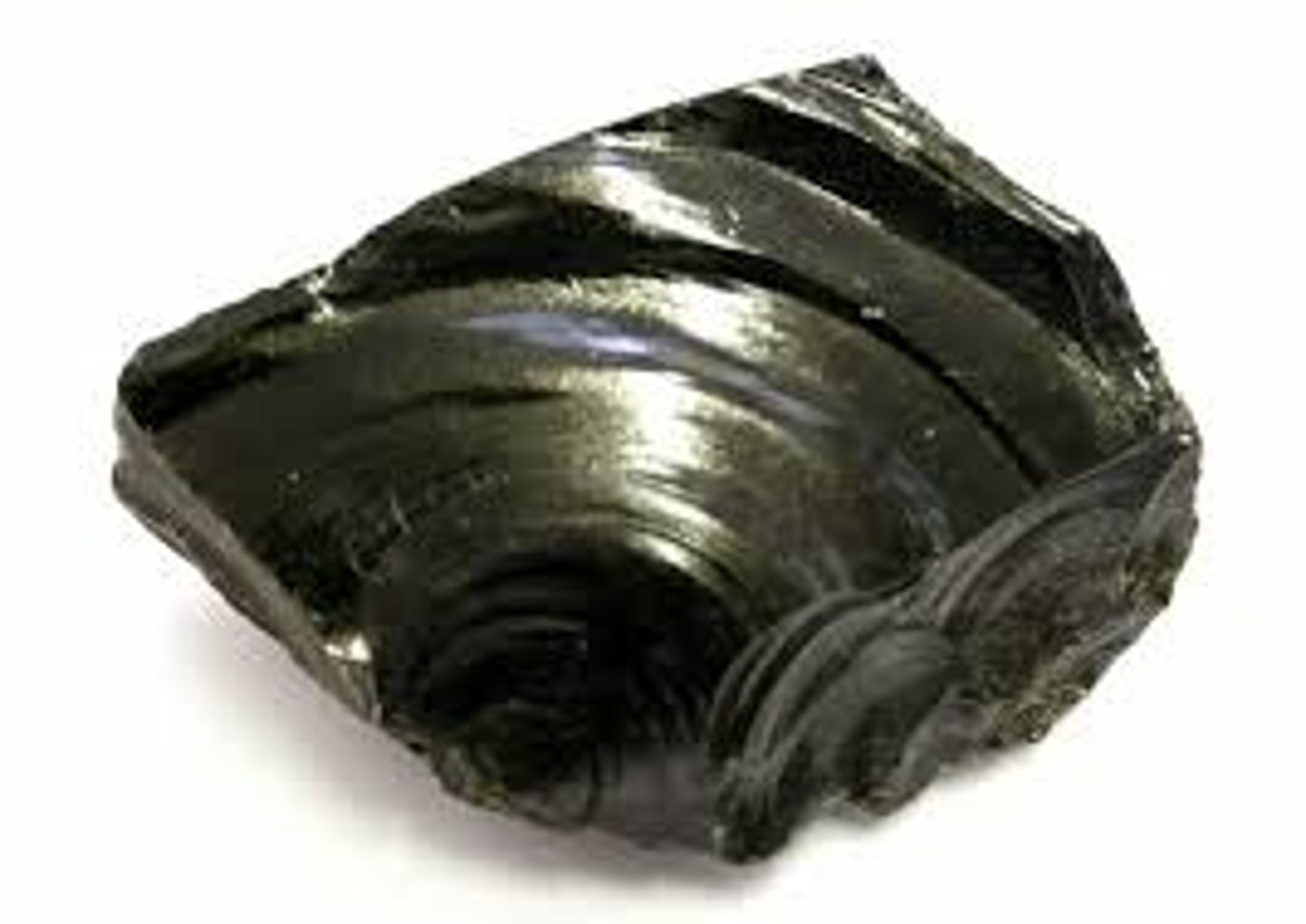
Peridotite
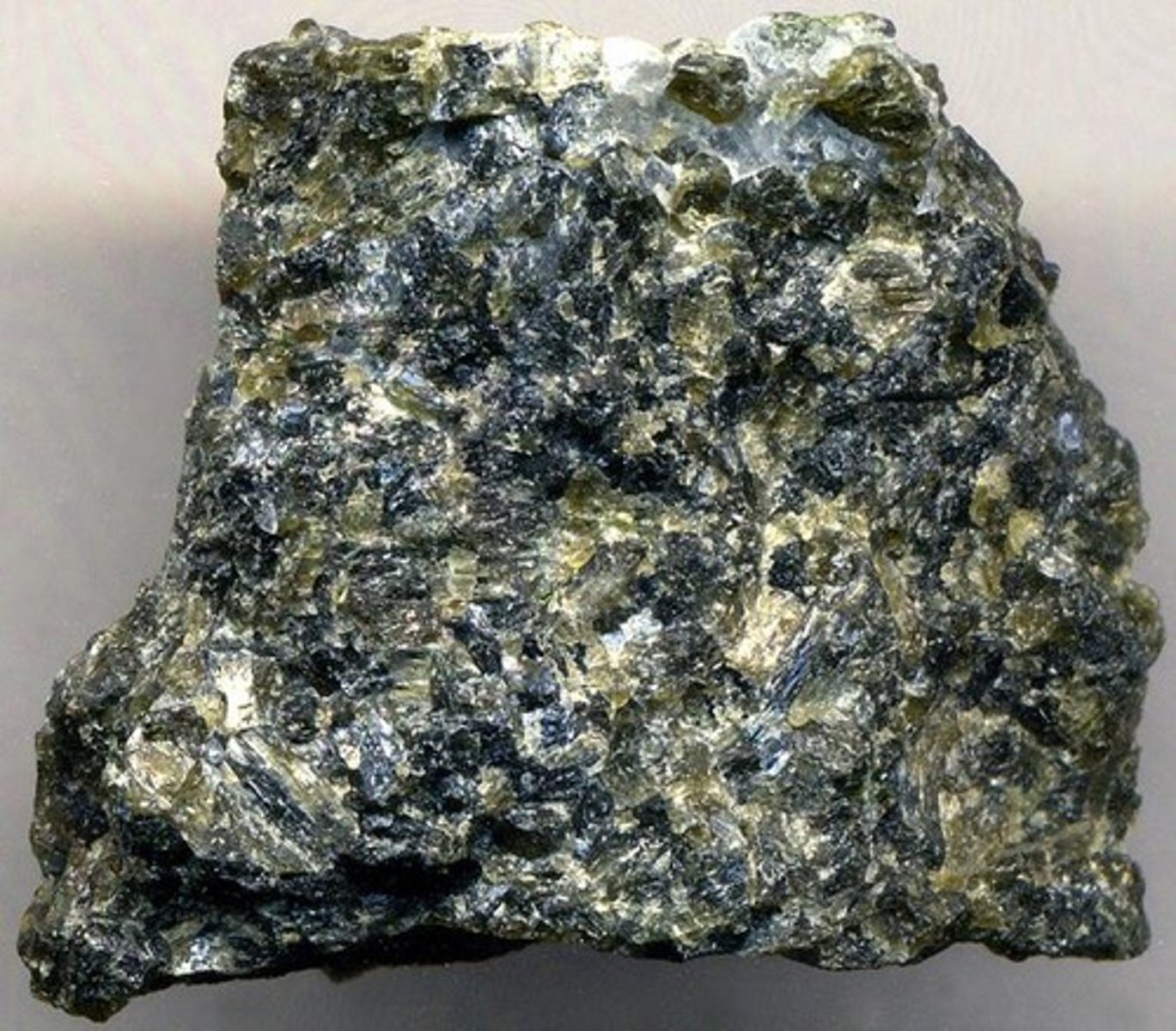
Breccia
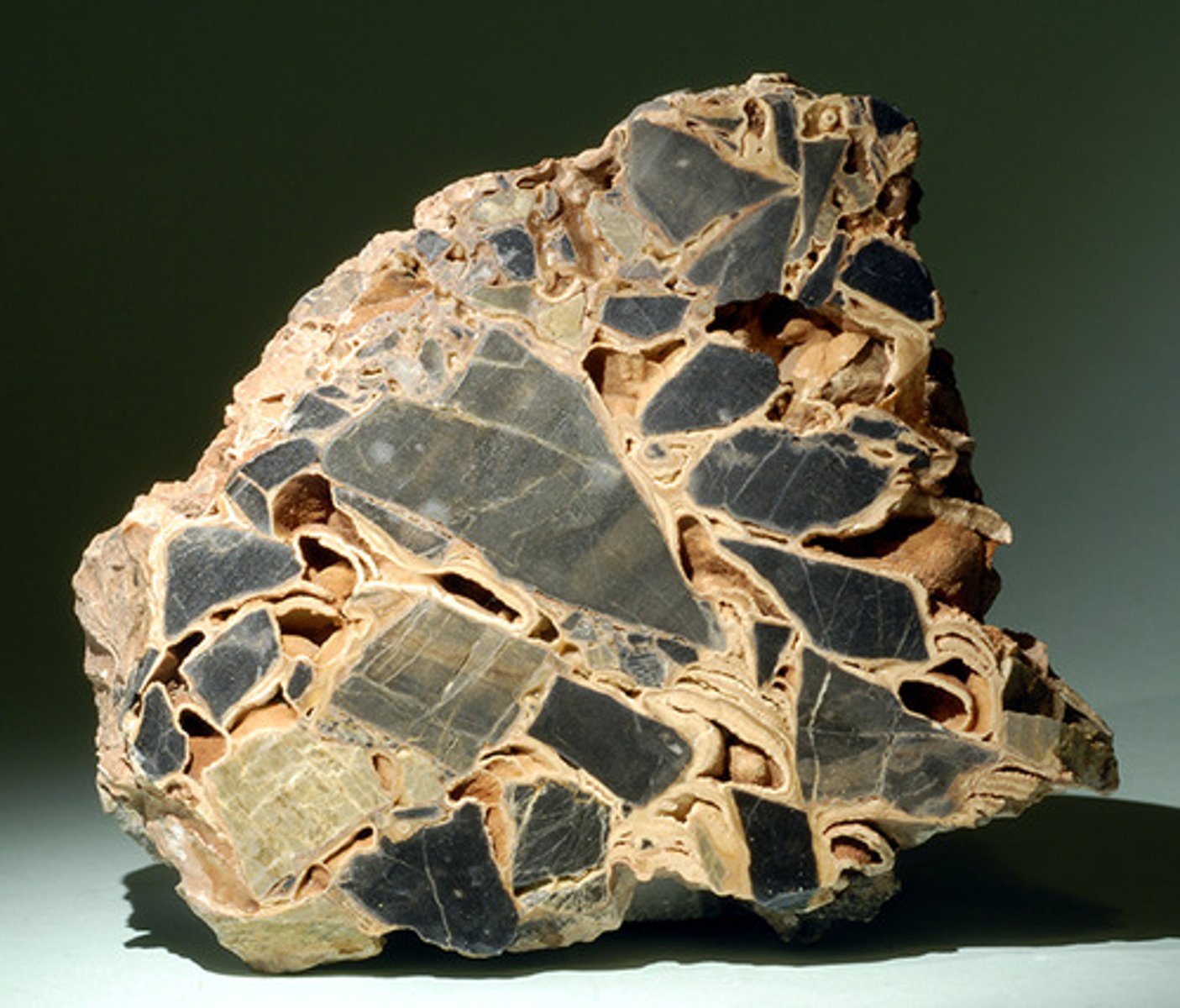
Siltstone
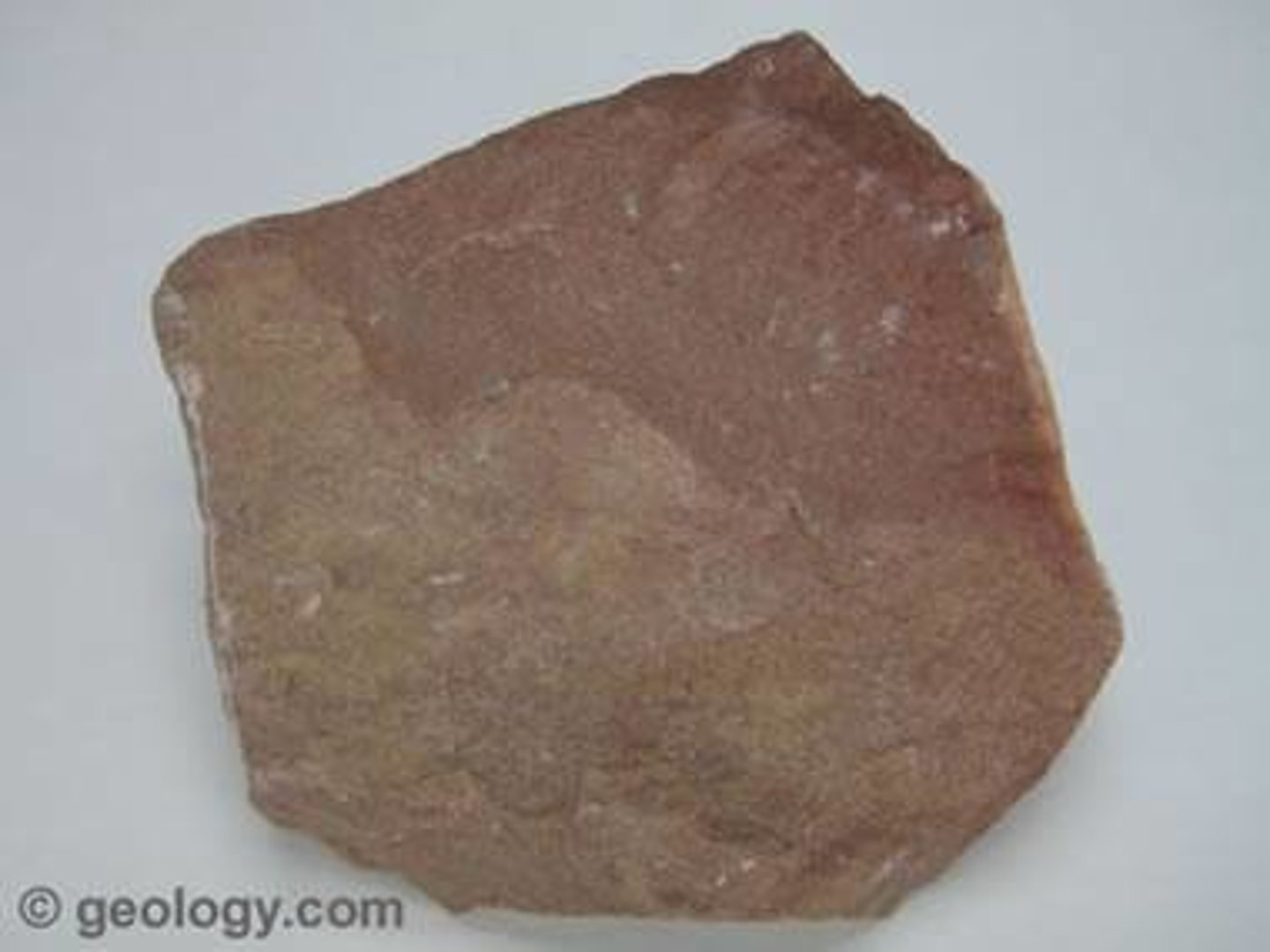
Siltstone
Mineral grains are barely visible with a hand lens or low power microscope. Grains are too small to identify except as indicated by dark or light color. Quartz, feldspars, and clays are the most common. Feels rough when scraped by a fingernail, like an unglazed flowerpot.

Claystone
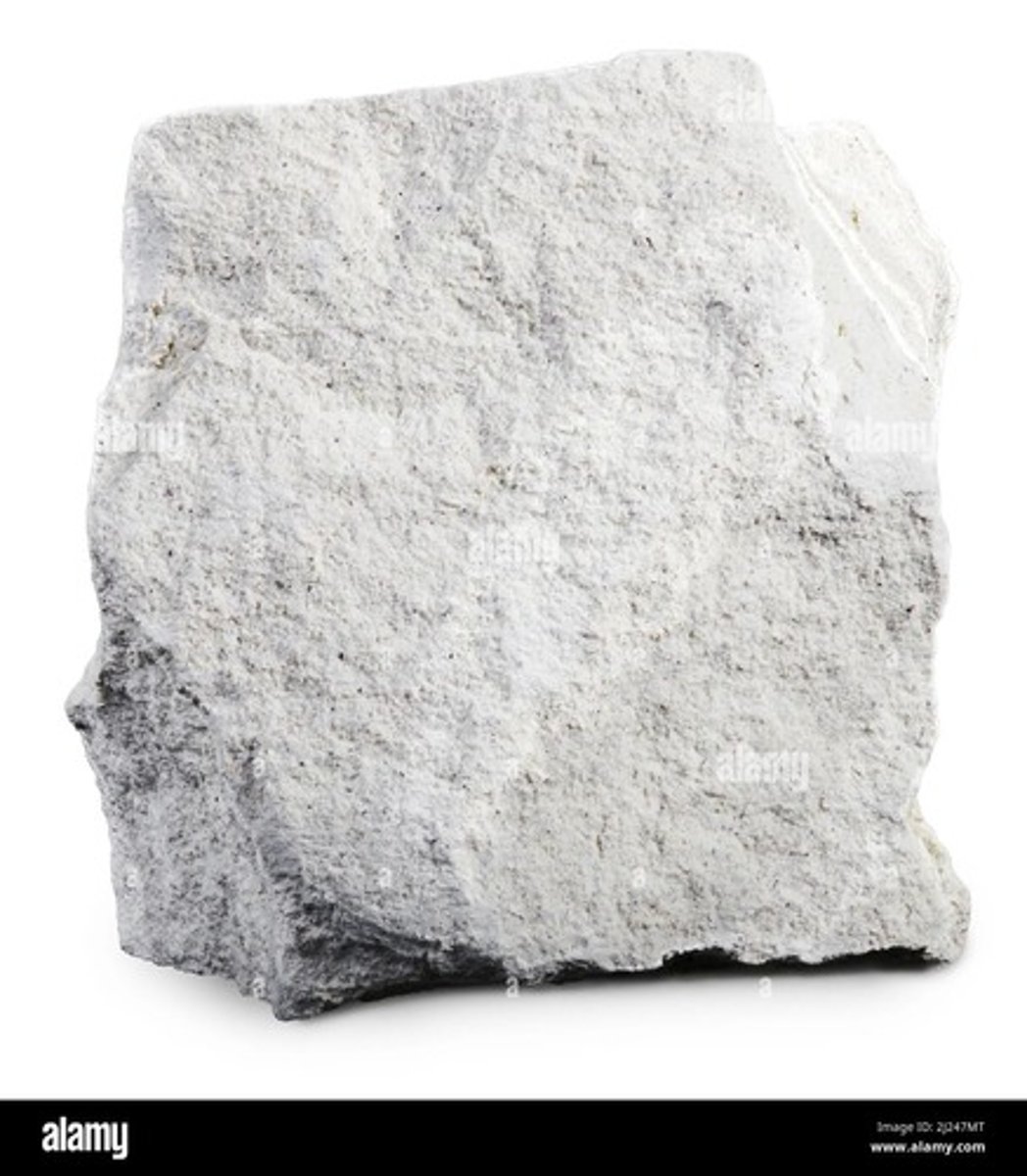
Mudstone
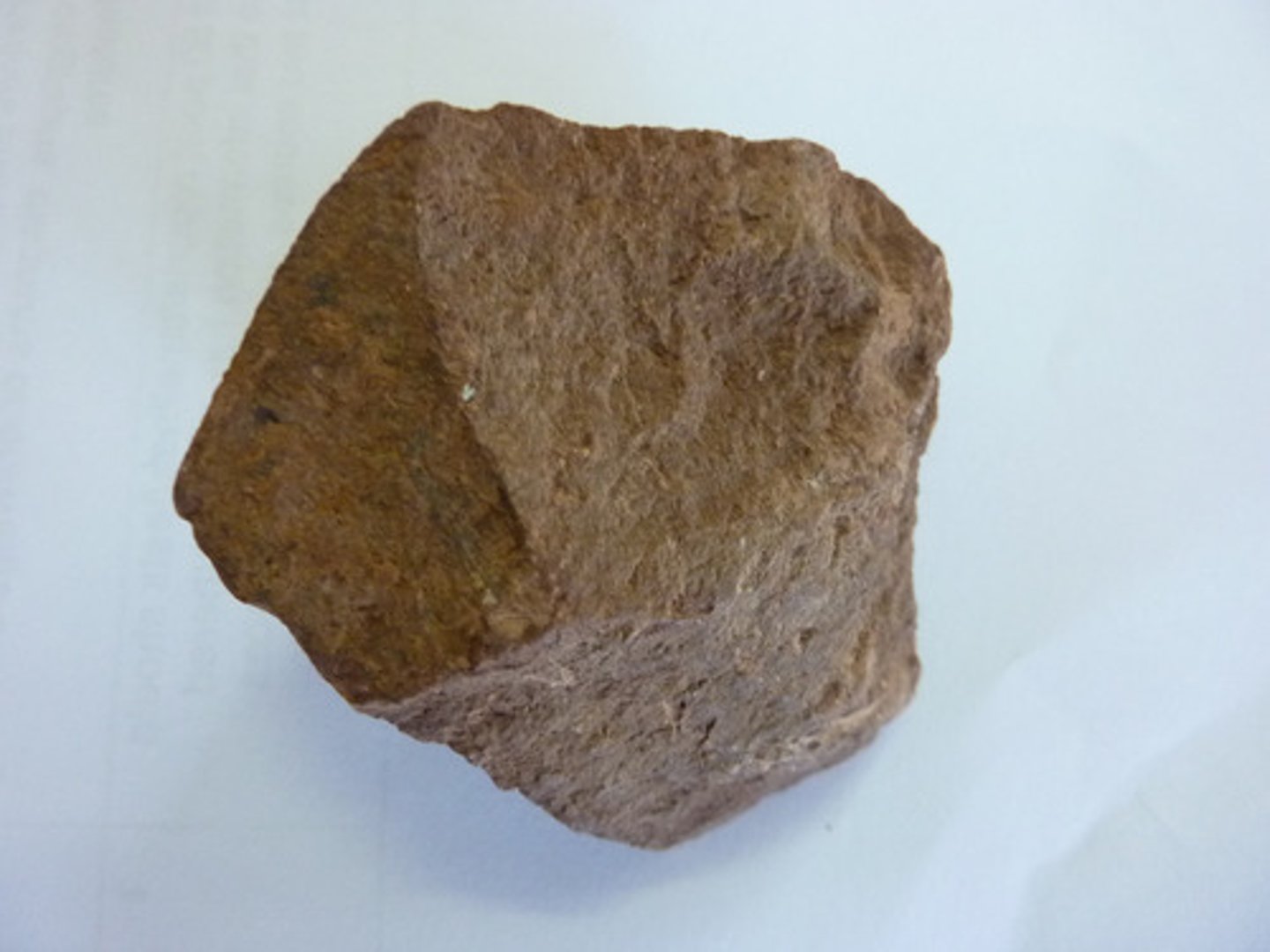
Dolomite
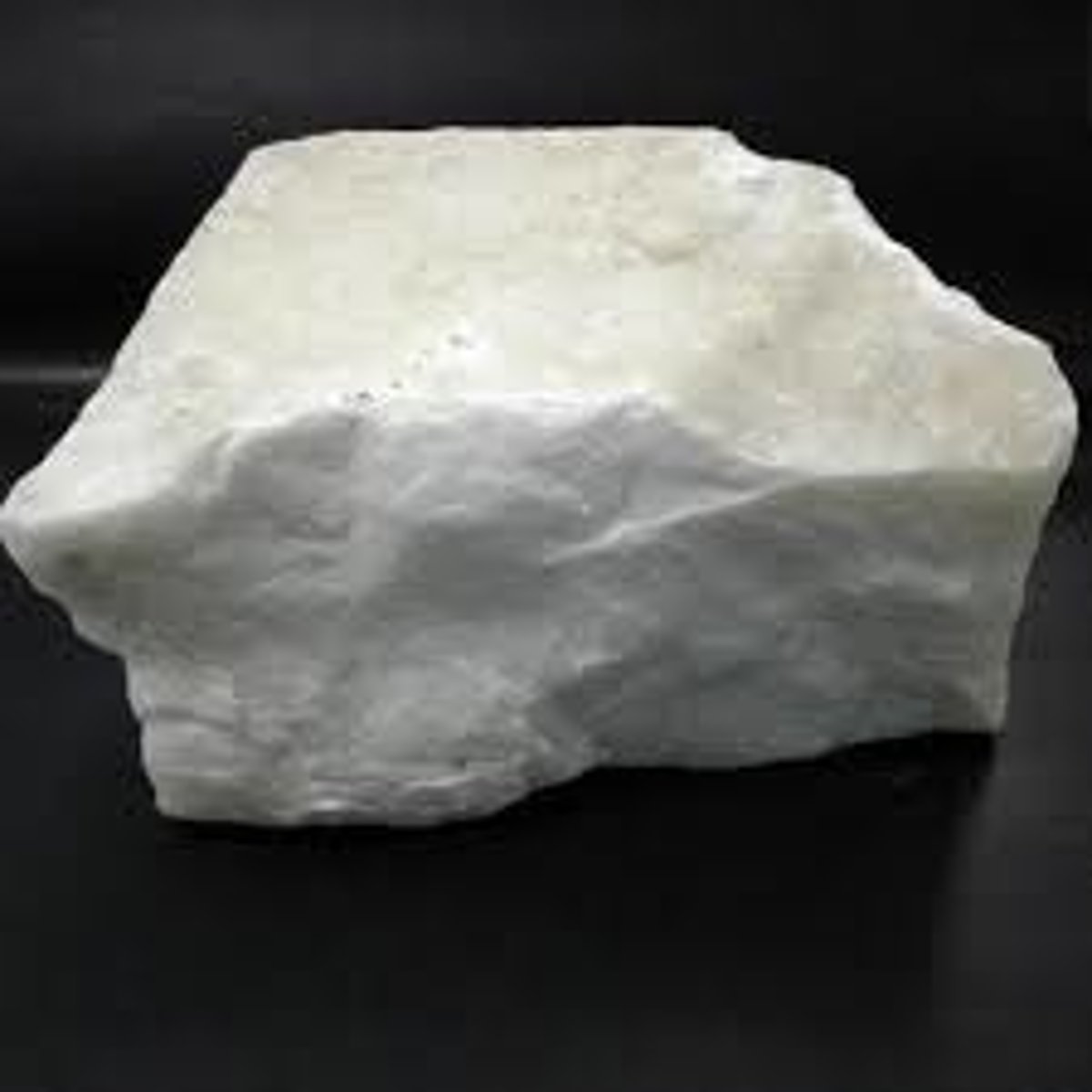
Cinder
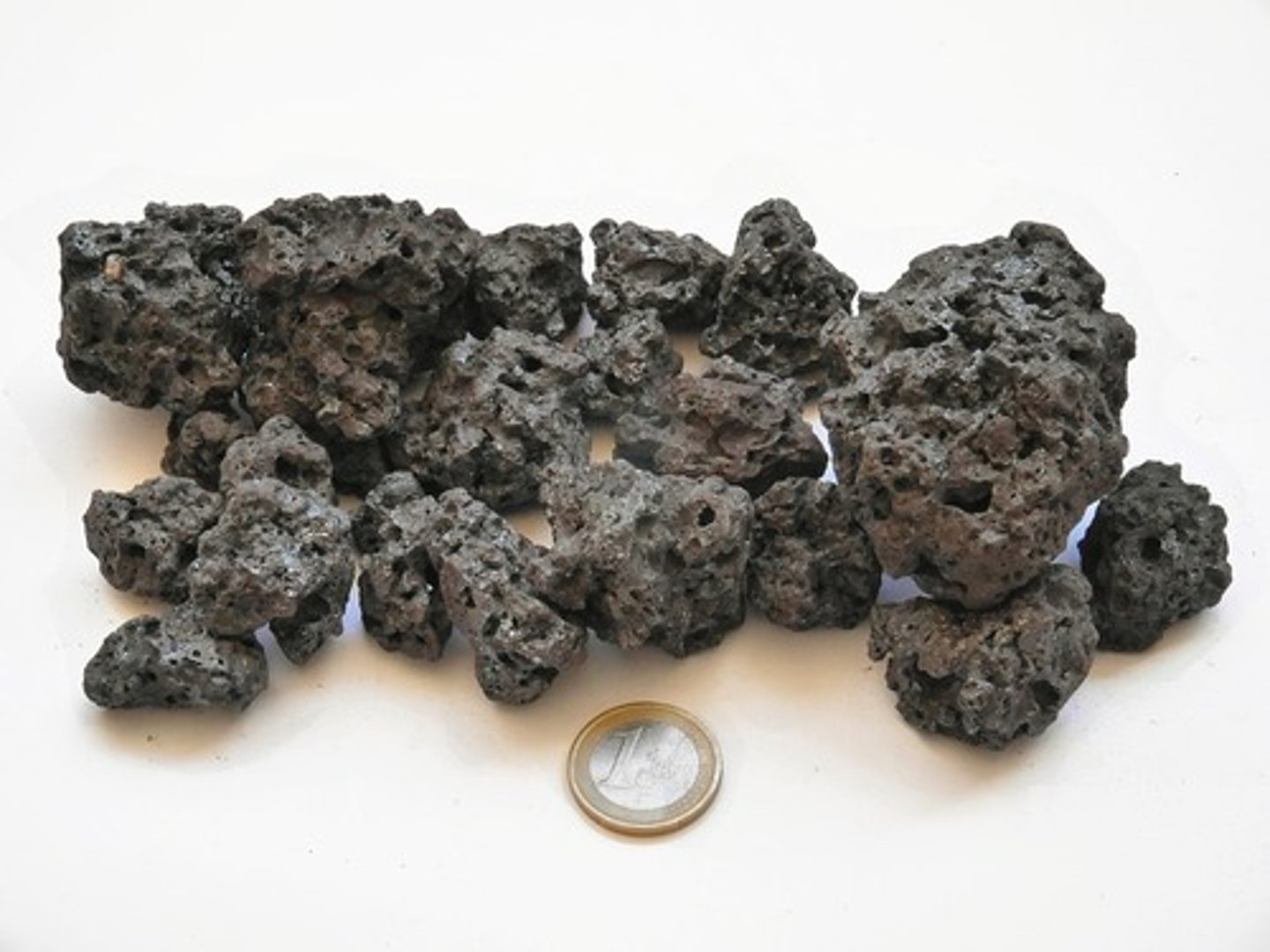
Flint
sedimentary
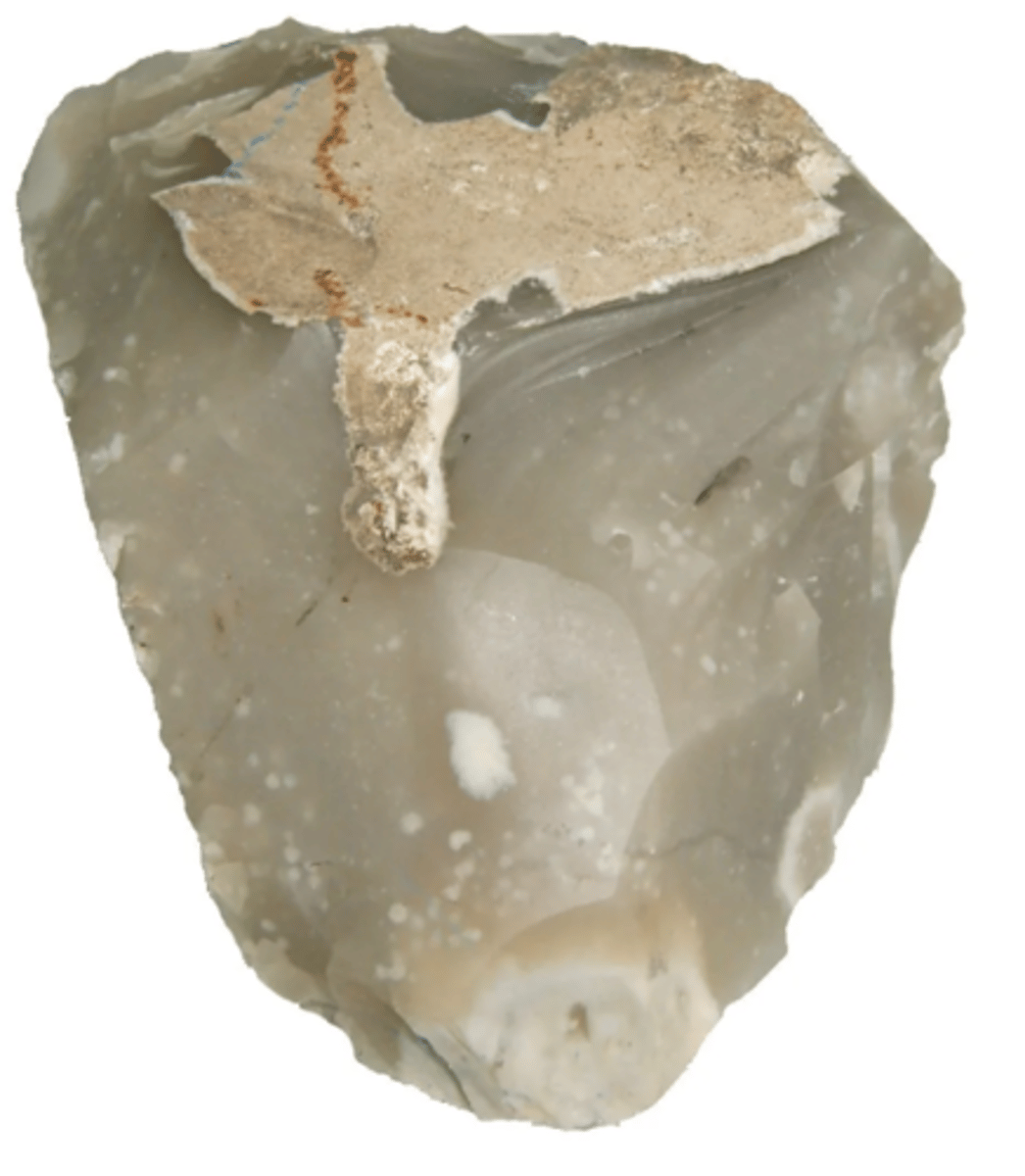
Flint

Brown Coal
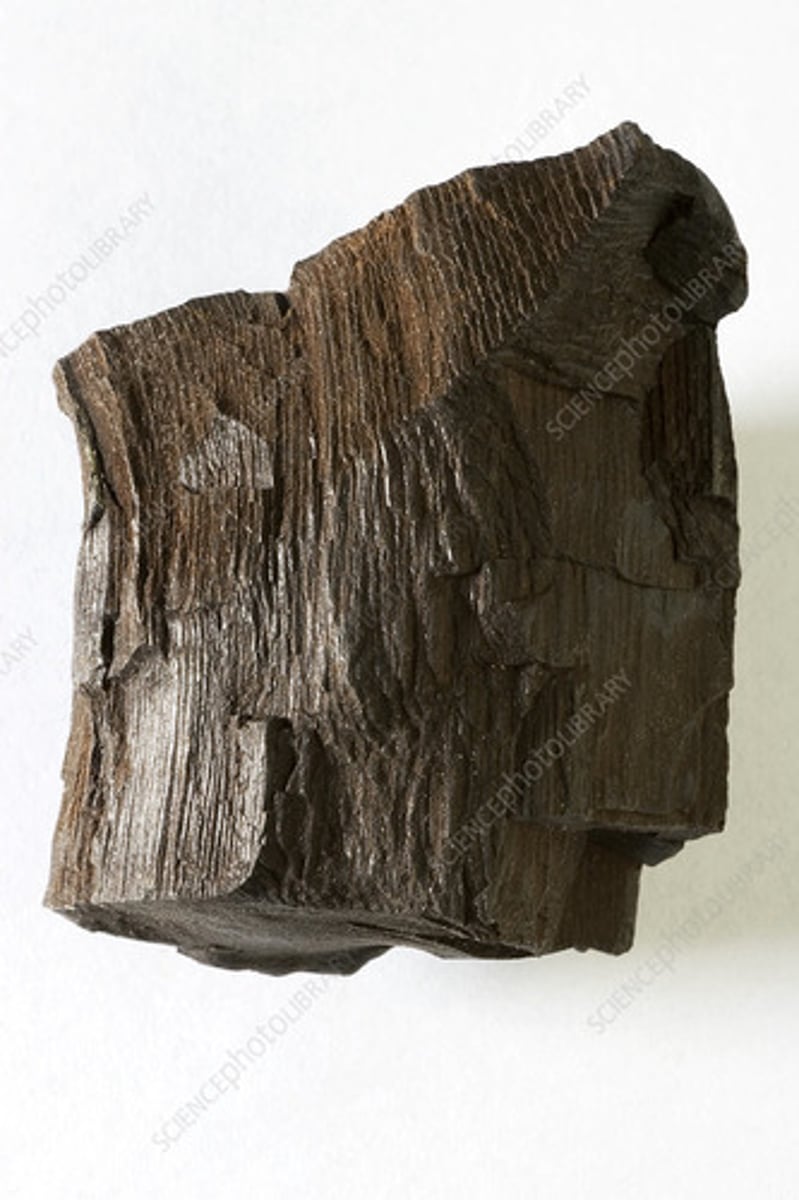
Granulite
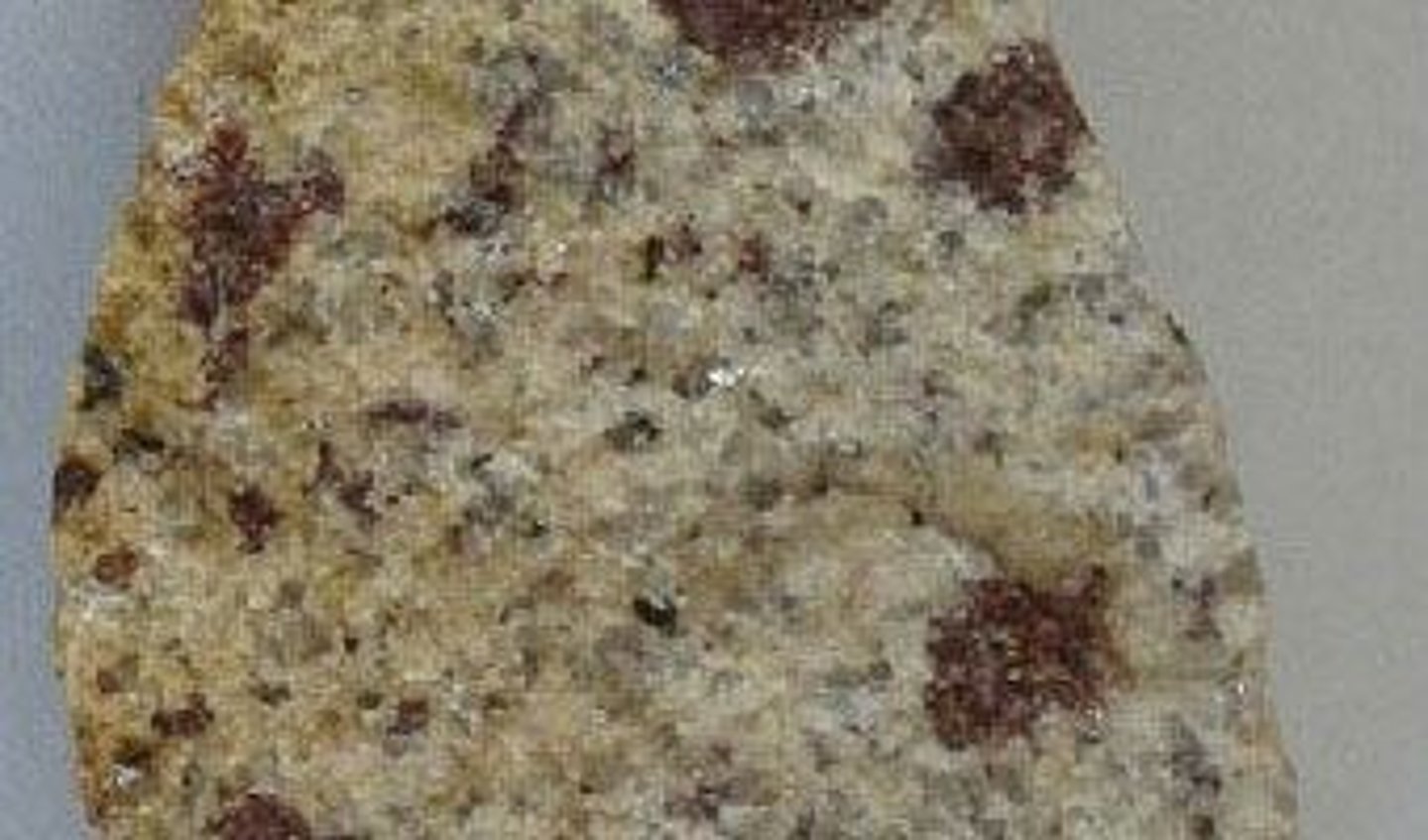
Granulite
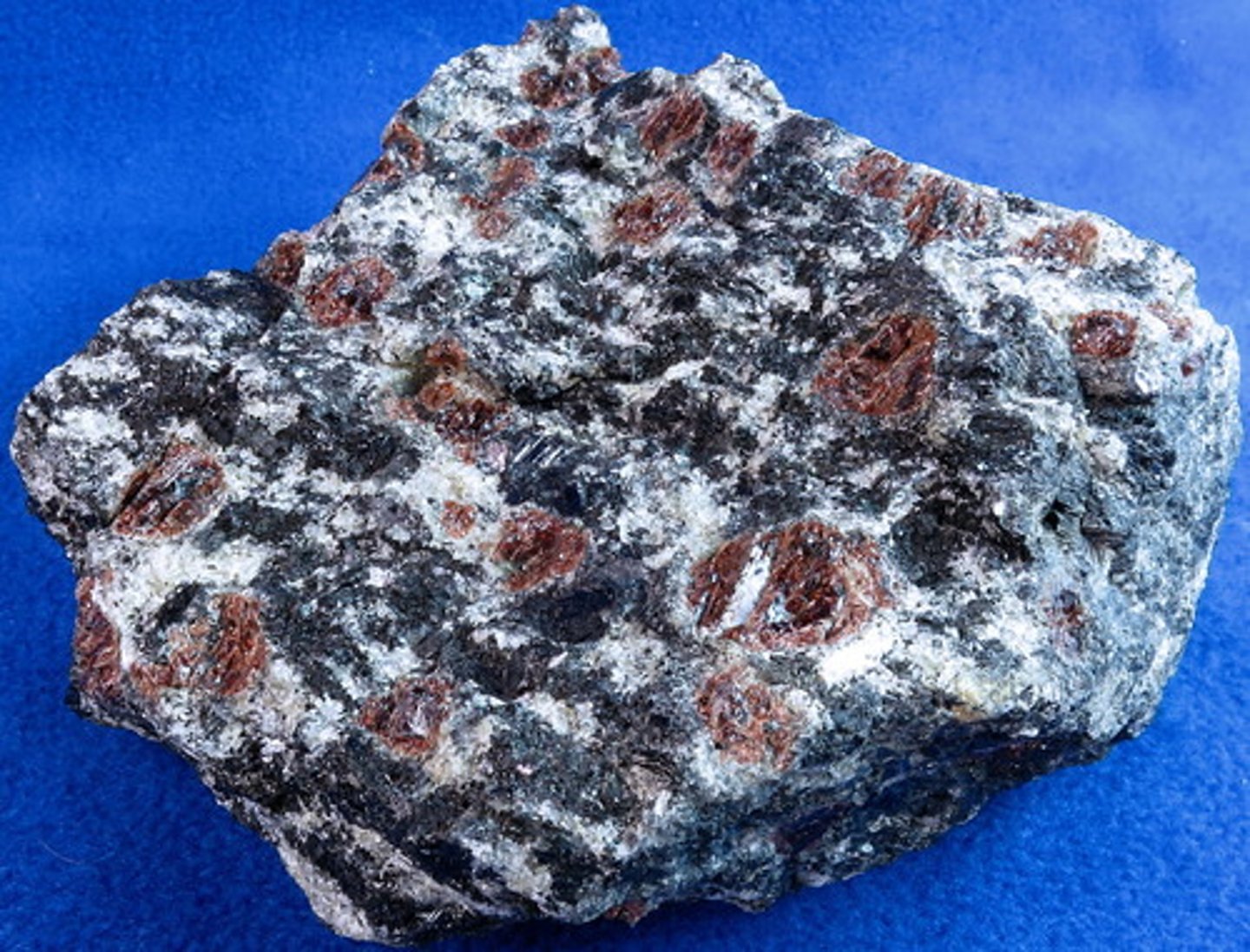
Phyllite
A fine-grained, well-foliated rock in which the grains are barely visible with a hand lens as shiny flakes. Sheet silicates are abundant (typically muscovite and chlorite), and quartz veins may be visible. Although individual crystals are generally too small to identify, the overall effect of grain size and foliation gives the rock a satin-like reflectivity.
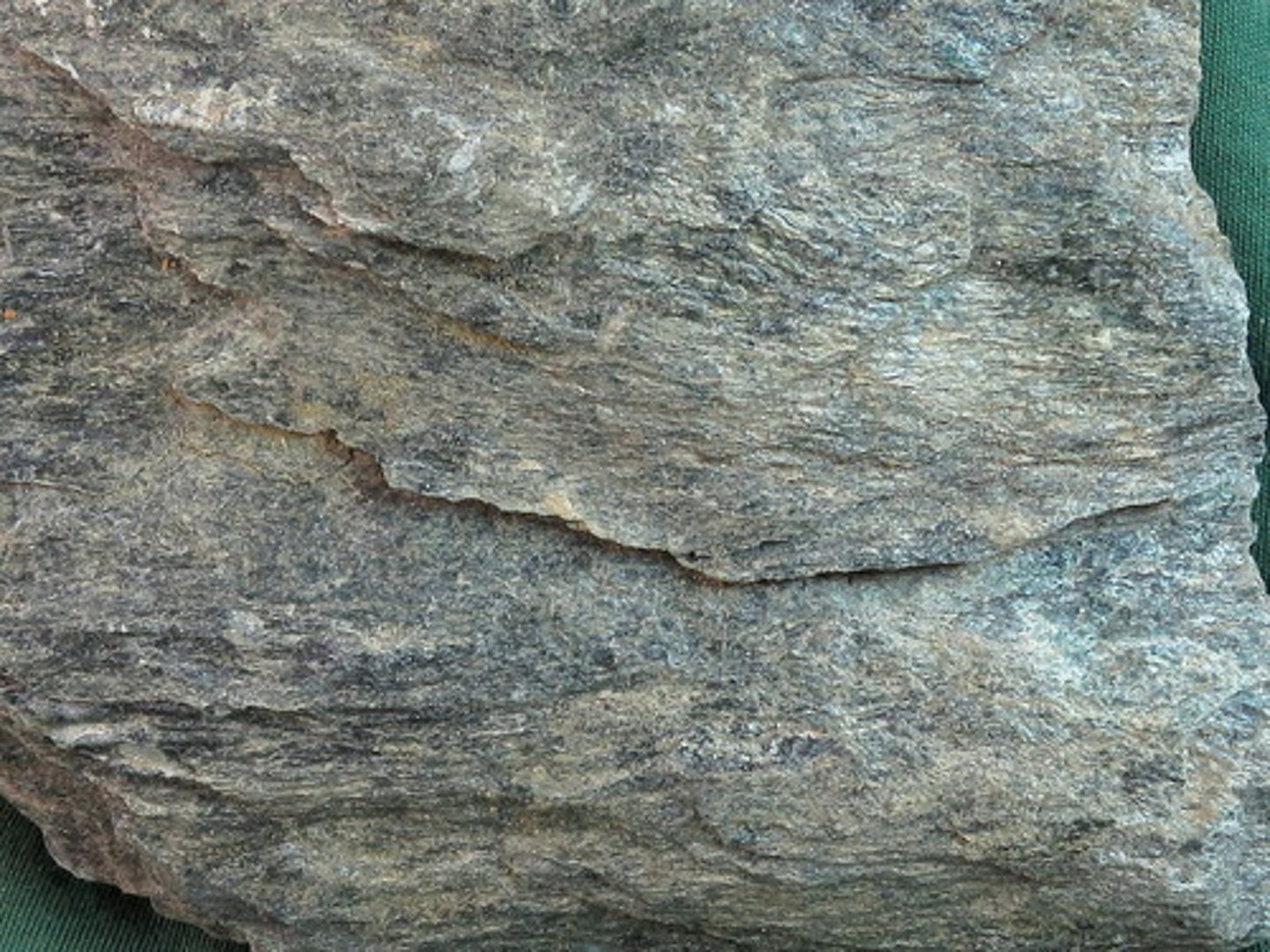
Schist
A medium- to coarse-grained, foliated rock in which the grains are easily seen and identified by eye or with a hand lens or microscope. Sheet silicates are abundant (typically muscovite and biotite). Large crystals of garnet and other minerals may be visible, though in this example the large crystals are mostly biotite
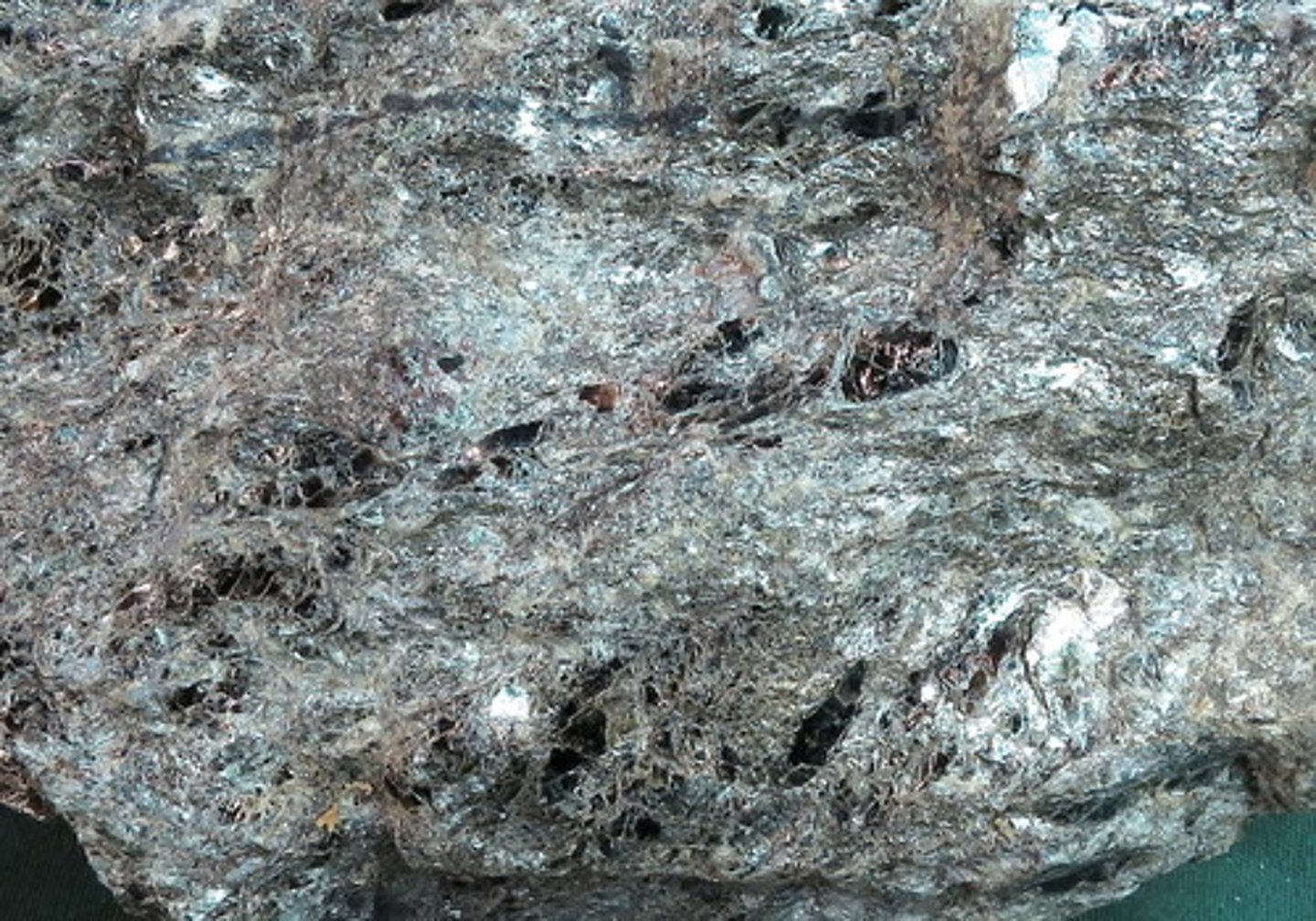
Gneiss
A medium- to coarse-grained, generally mica-poor rock having poor foliation. Minerals are easily visible and identifiable by eye or with a hand lens or microscope. The dominant minerals are feldspars and quartz. This one also contains black biotite and dark-red garnets.
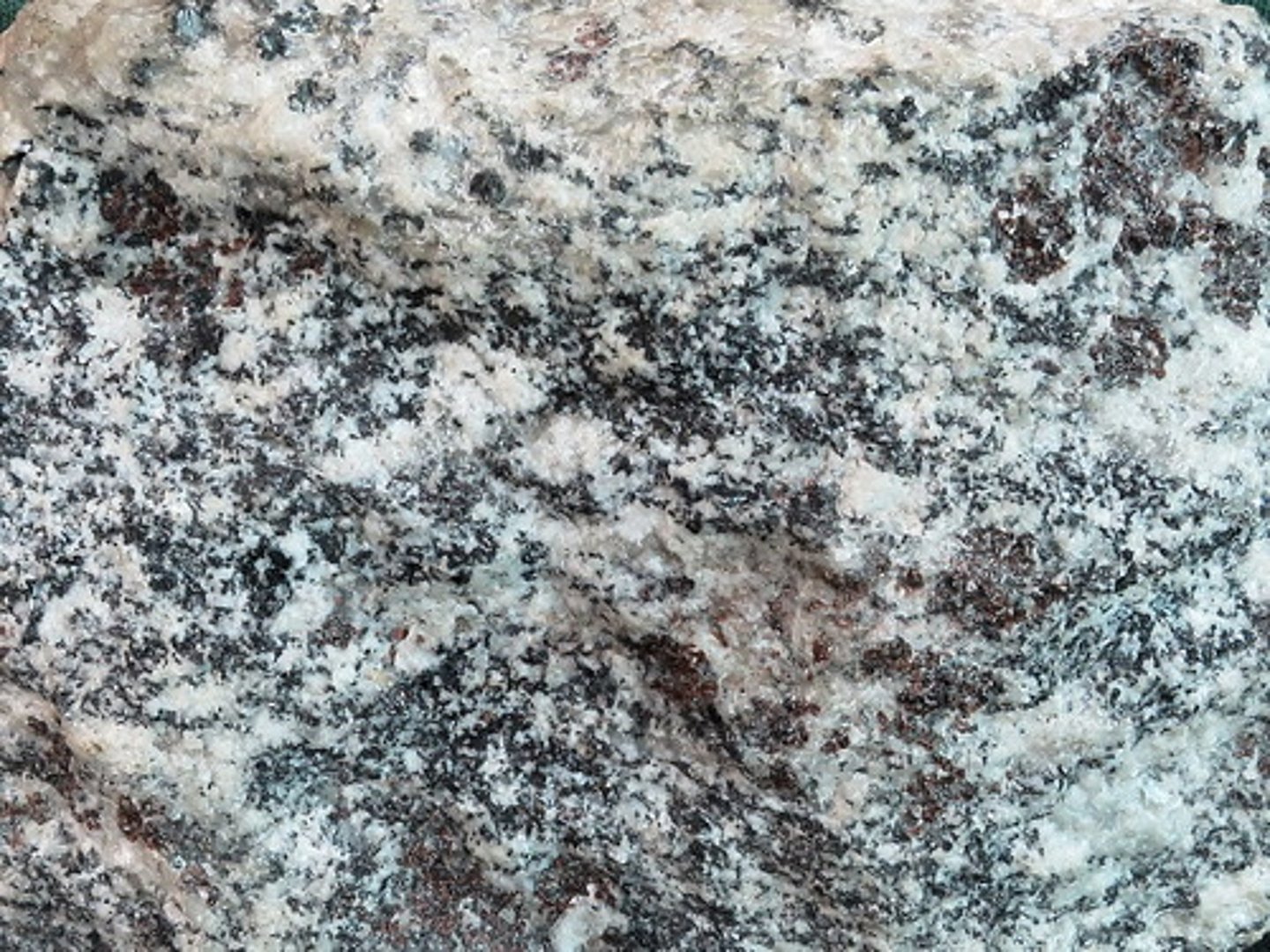
Orthoclase
Felsic minerals These are generally light in color and have low density. They have high concentrations of one or more of silica, sodium, aluminum, and potassium. These minerals are low in iron, magnesium, and calcium.
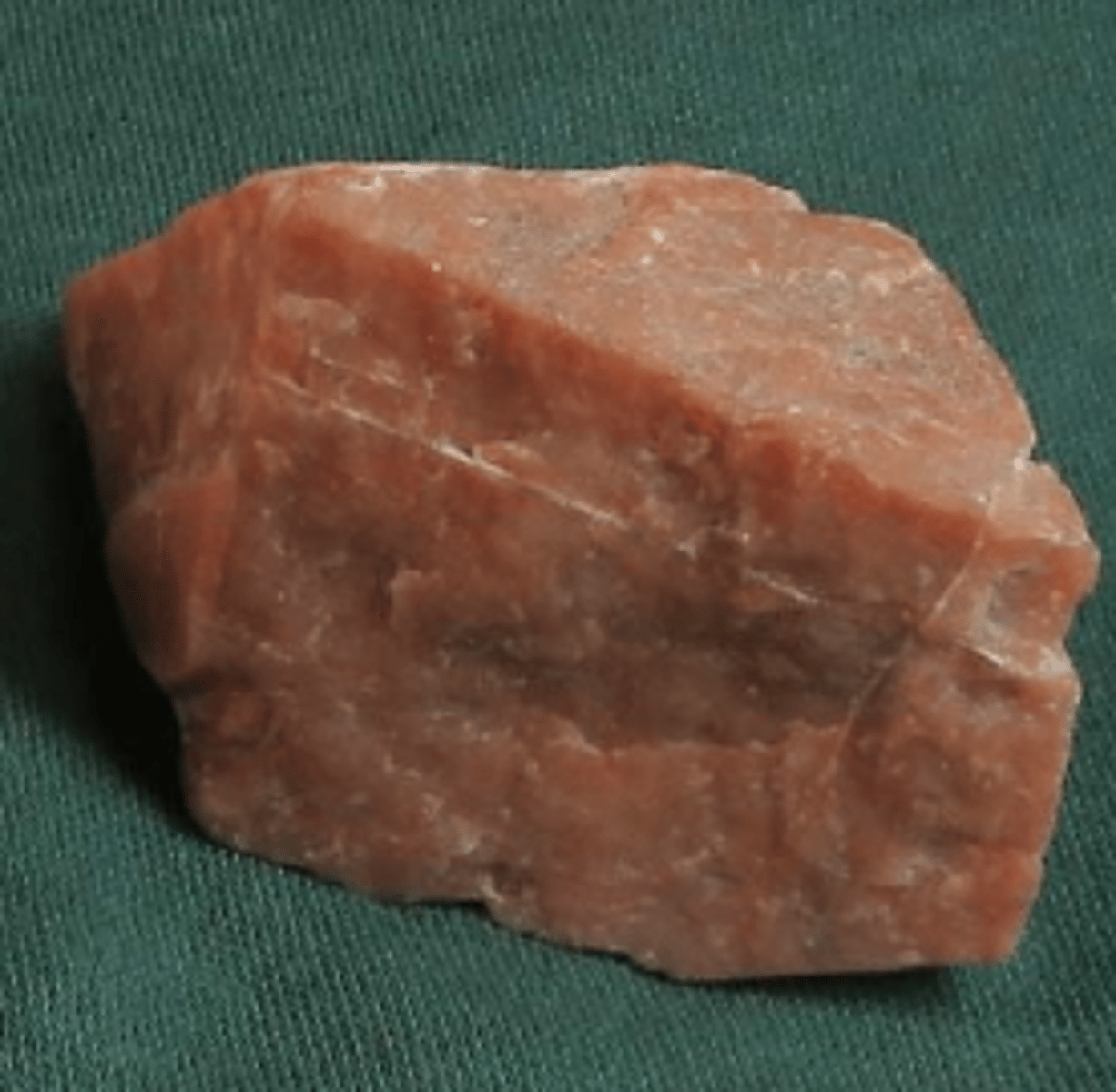
Biotite
Mafic Mineral (dark in color and high density)
high concentrations of some combination of iron, magnesium, calcium, and titanium. They tend to have low concentrations of silica, sodium, aluminum, and potassium
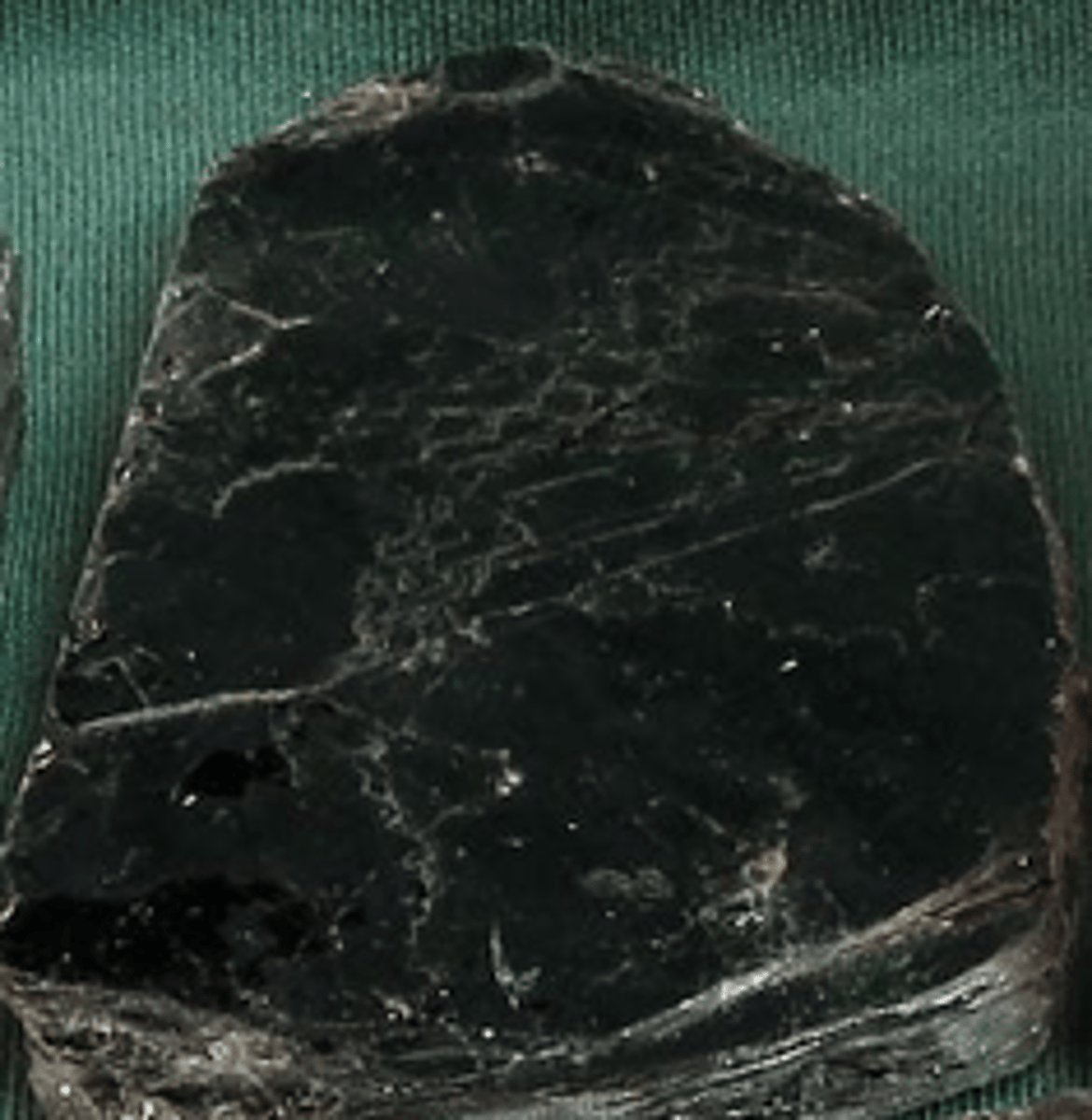
Pyroxene
Mafic Mineral (dark in color and high density)
high concentrations of some combination of iron, magnesium, calcium, and titanium. They tend to have low concentrations of silica, sodium, aluminum, and potassium
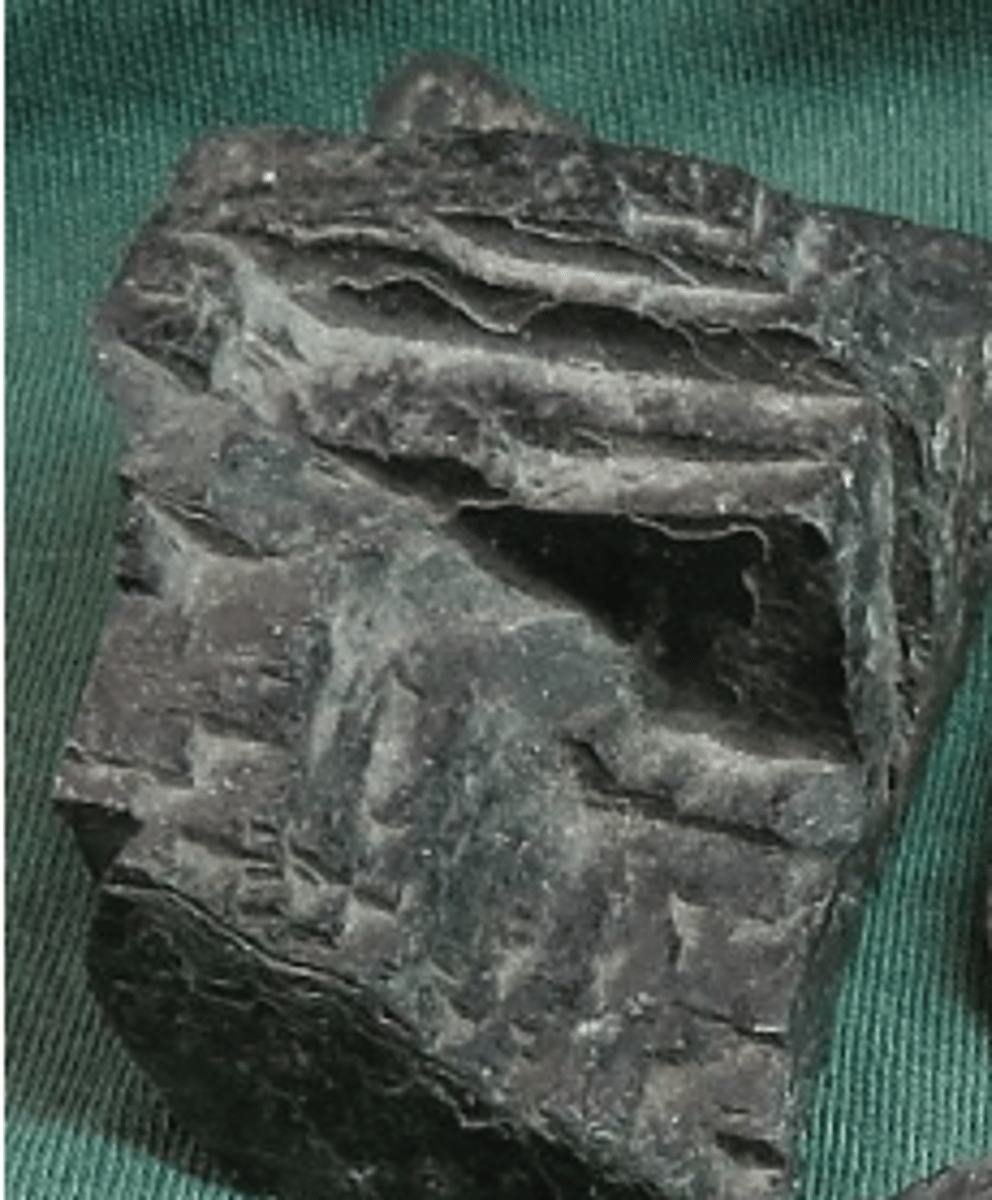
Hornblende
Mafic Mineral (dark in color and high density)
high concentrations of some combination of iron, magnesium, calcium, and titanium. They tend to have low concentrations of silica, sodium, aluminum, and potassium
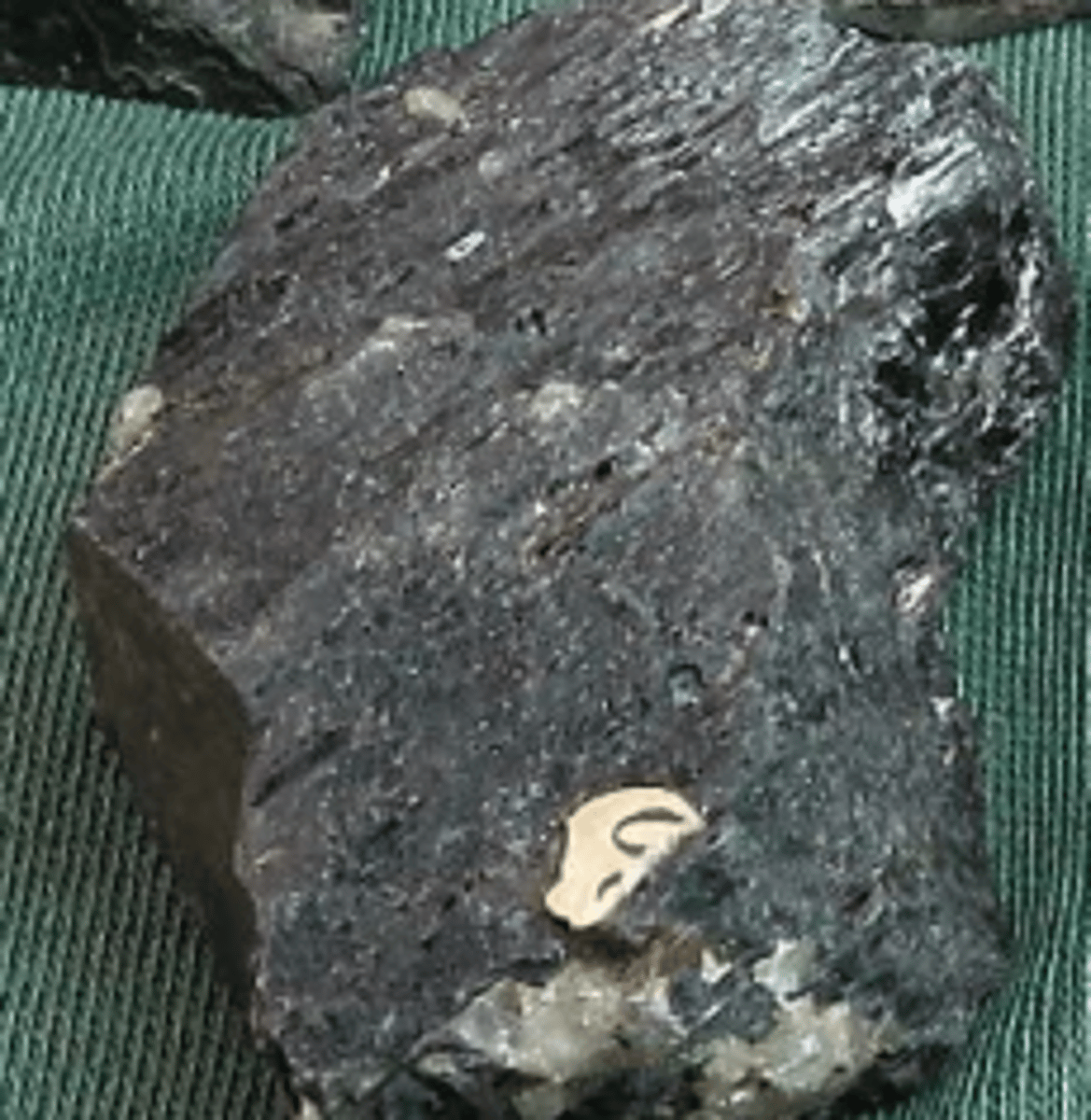
Garnet
Mafic Mineral (dark in color and high density)
high concentrations of some combination of iron, magnesium, calcium, and titanium. They tend to have low concentrations of silica, sodium, aluminum, and potassium
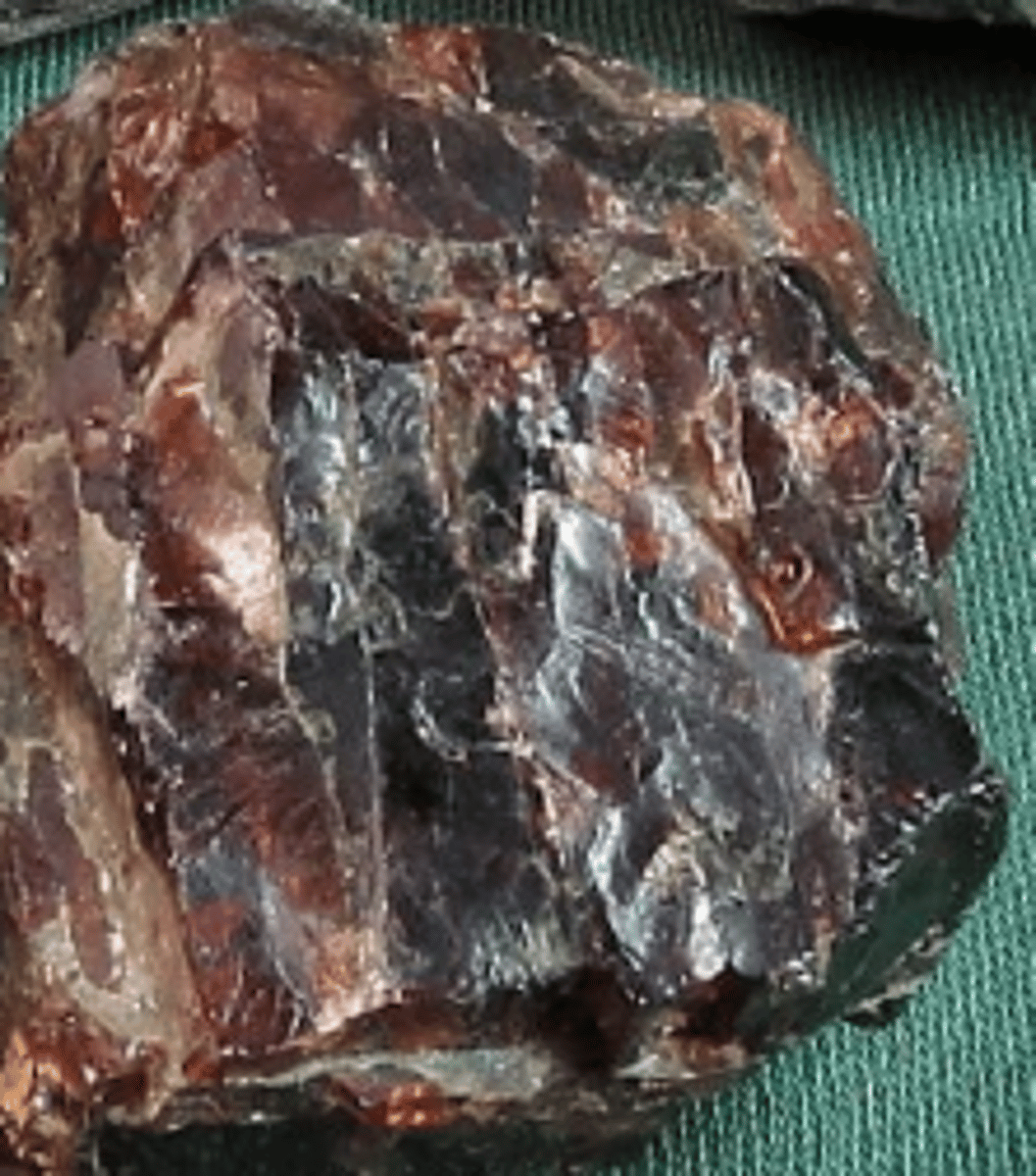
Olivine
Mafic Mineral (dark in color and high density)
high concentrations of some combination of iron, magnesium, calcium, and titanium. They tend to have low concentrations of silica, sodium, aluminum, and potassium
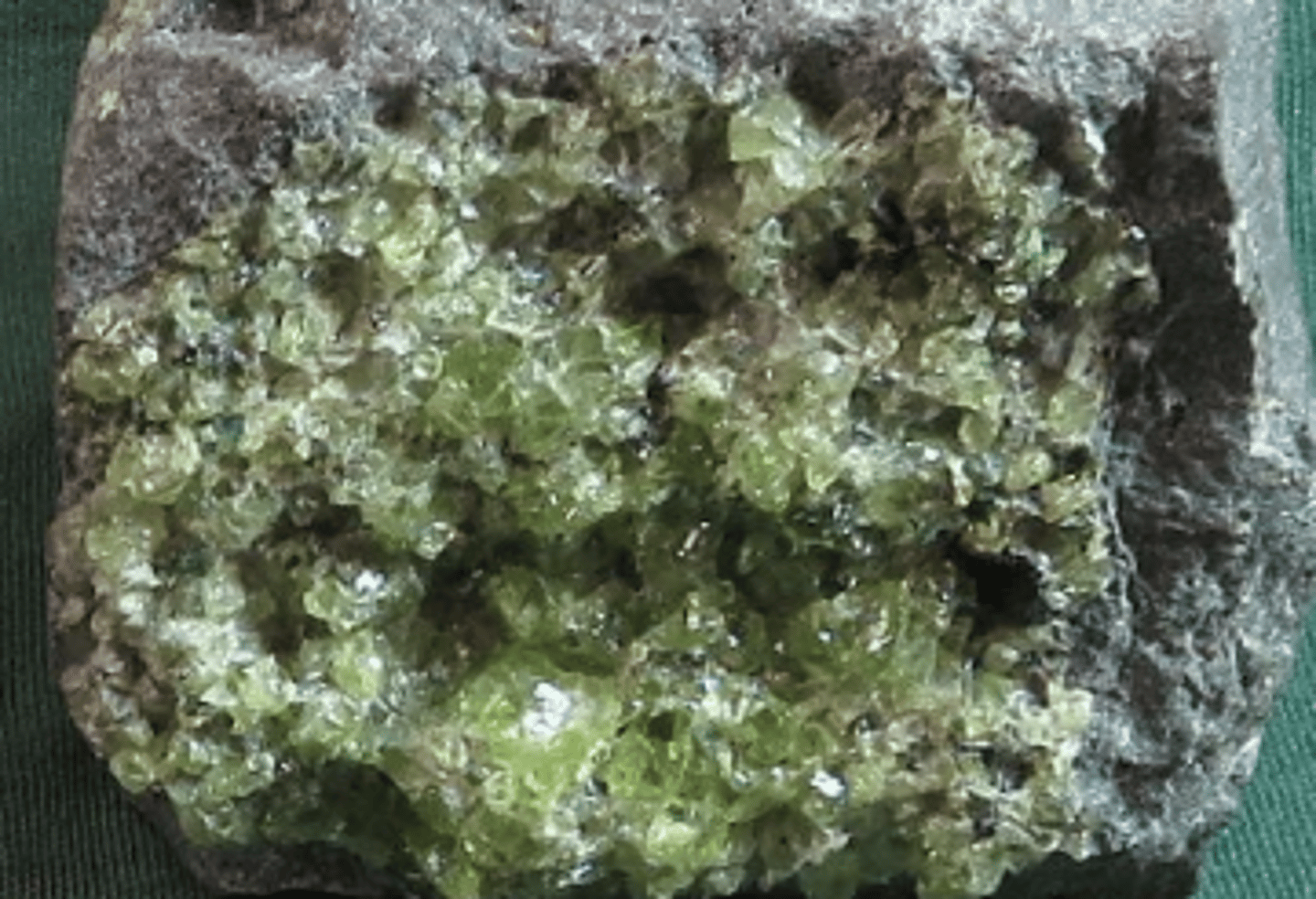
Quartz
Felsic minerals These are generally light in color and have low density. They have high concentrations of one or more of silica, sodium, aluminum, and potassium. These minerals are low in iron, magnesium, and calcium
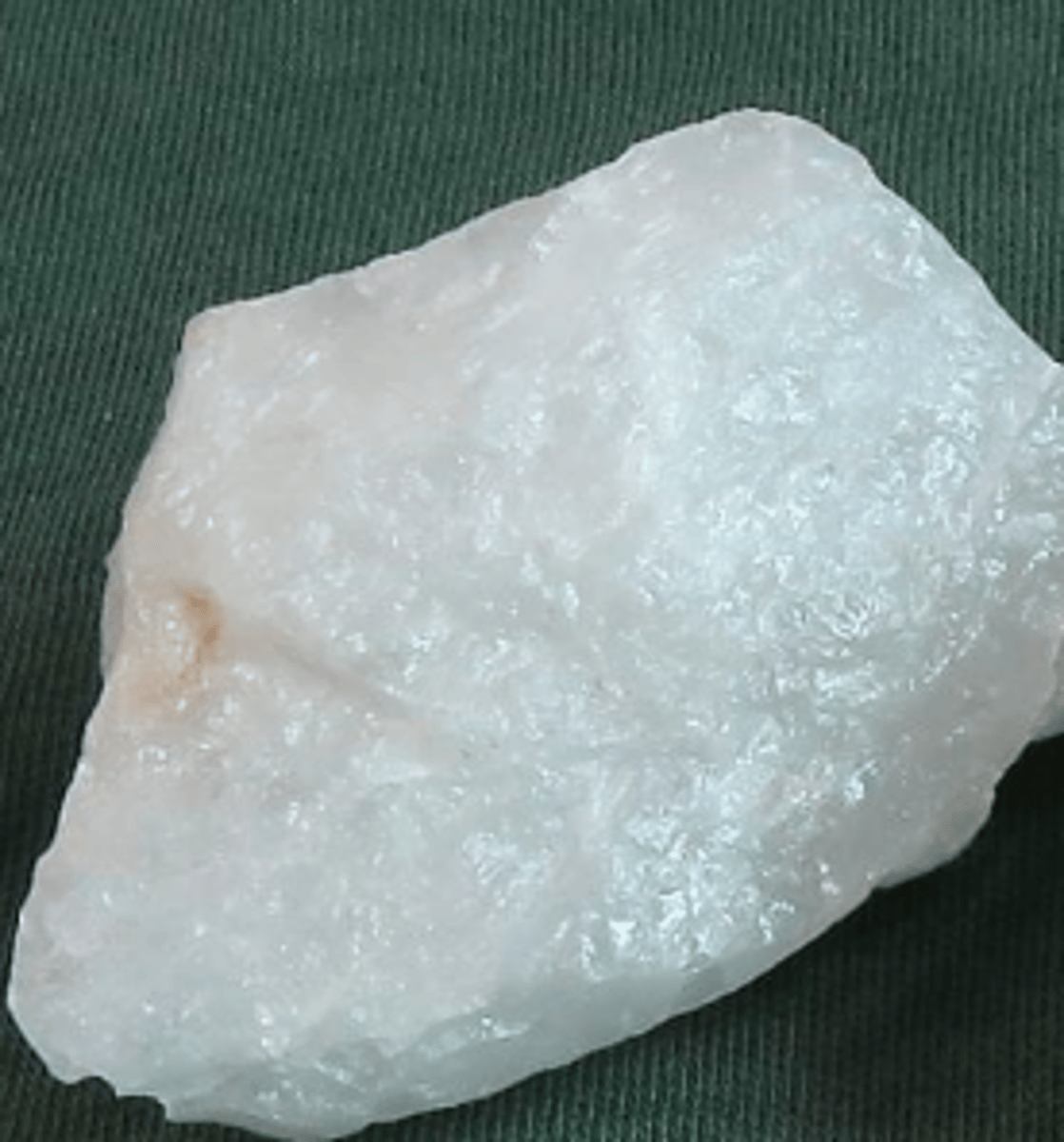
Obsidian
Volcanic liquid that cooled so fast that it could grow few or no crystals, and so quenched to a glass. The white patches contain tiny, long, thin feldspar crystals that grew rapidly during cooling from the patch centers. (volcanic rock - quickly-cooled, fine-grained or glassy)
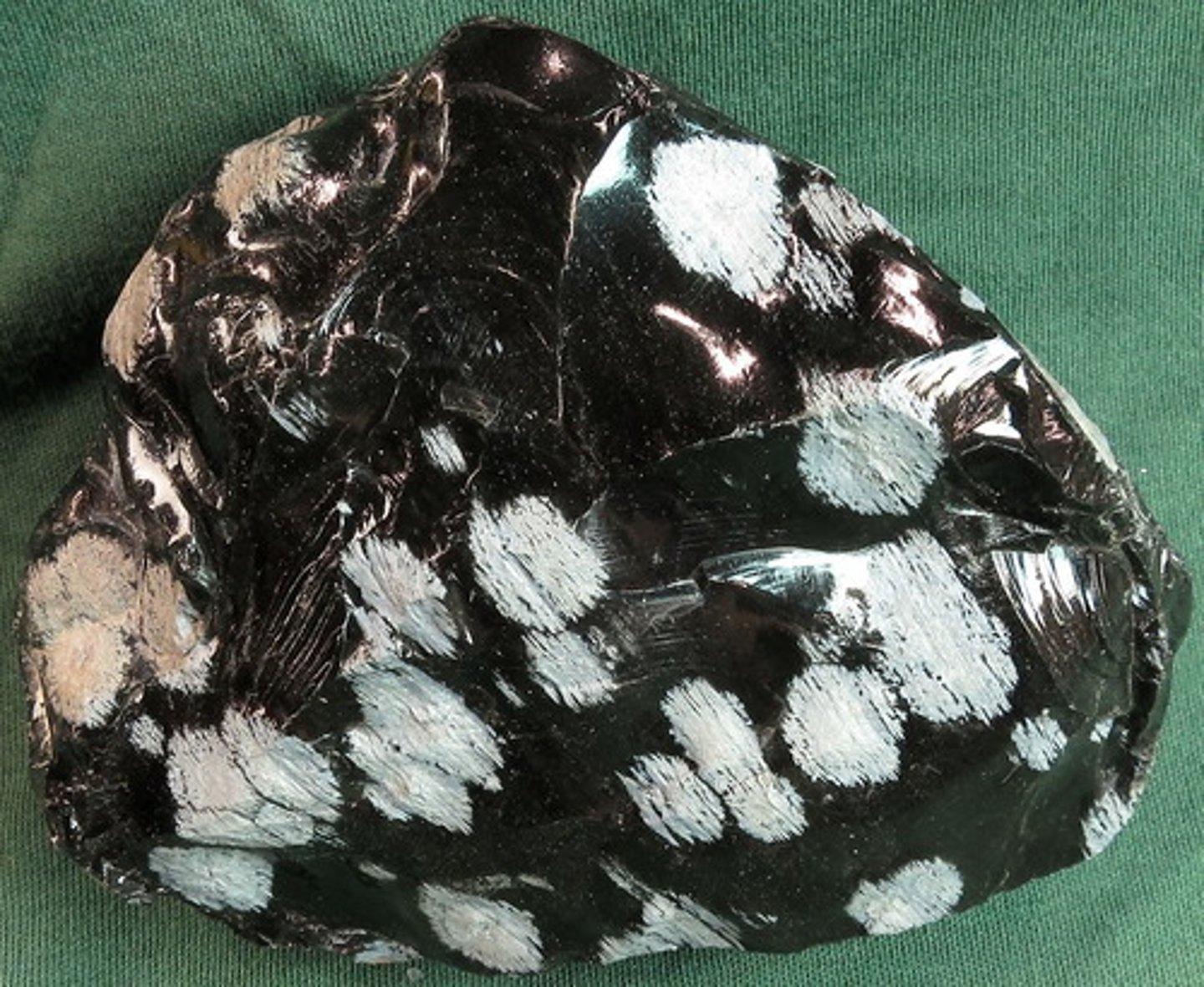
Obsidian
volcanic rock - (quickly-cooled, fine-grained or glassy)

Obsidian
This was foamy, molten rock when it was thrown into the air during an eruption. In the cold air it froze mostly to glass (volcanic rock - quickly-cooled, fine-grained or glassy)
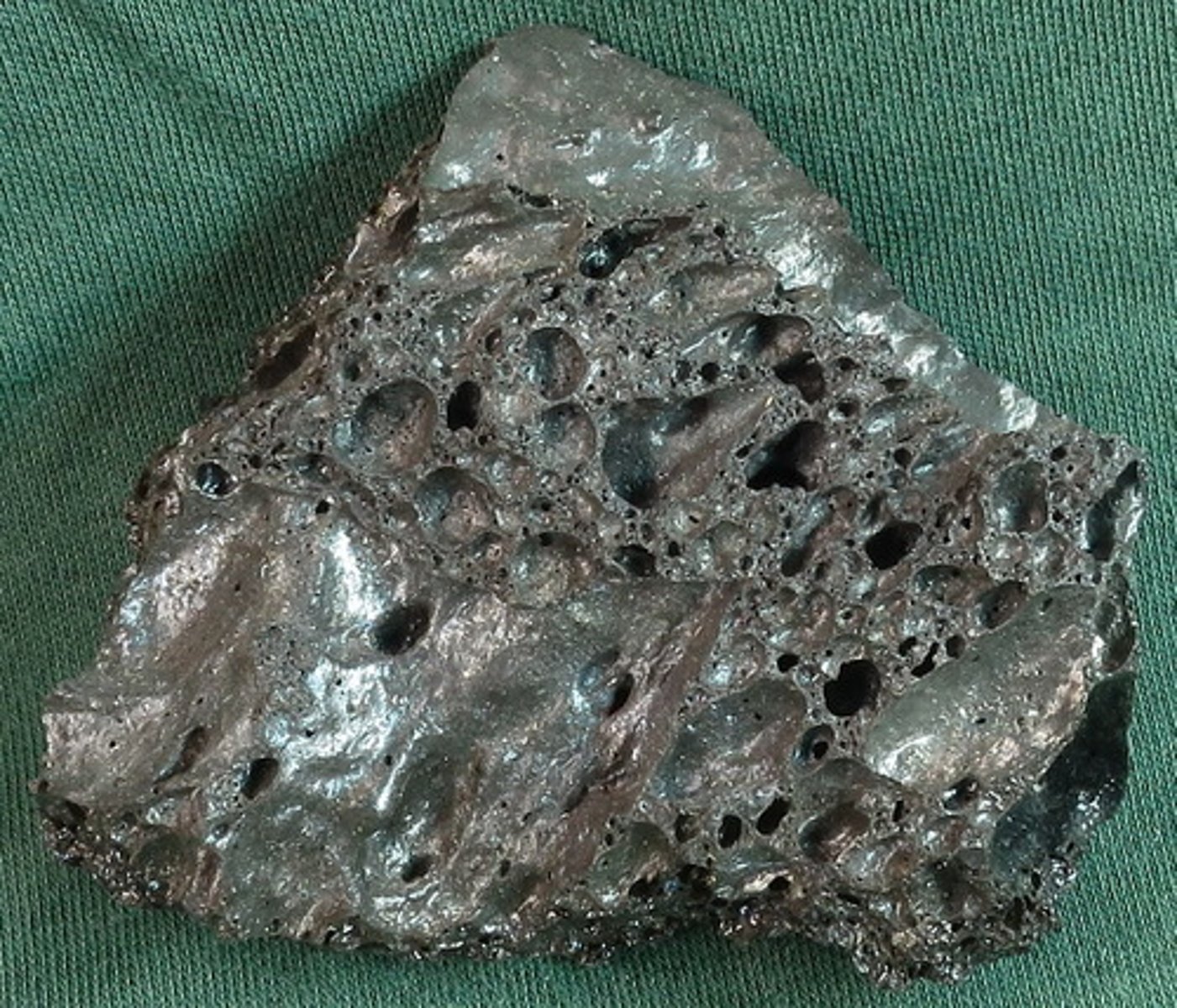
Basalt
A dark, fine-grained, phenocryst-free rock. The crystals are too small to identify, so this type of rock is inferred from its dark color, which indicates that it is rich in mafic minerals. (volcanic rock - quickly-cooled, fine-grained or glassy)
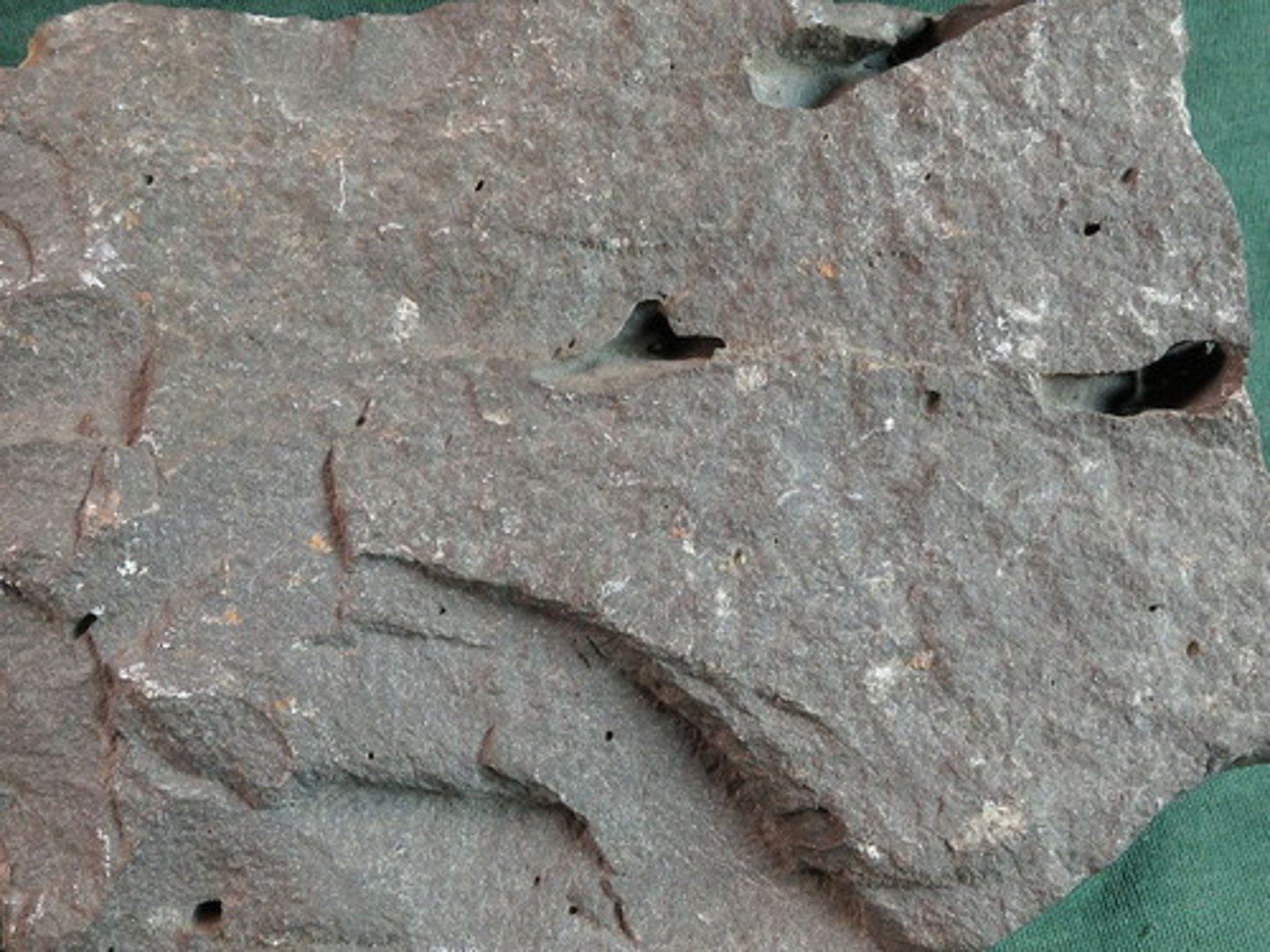
Porphyritic Basalt
This example has abundant olivine phenocrysts, with smaller amounts of white plagioclase. There are lots of small bubbles, but no big ones. (volcanic rock - quickly-cooled, fine-grained or glassy)
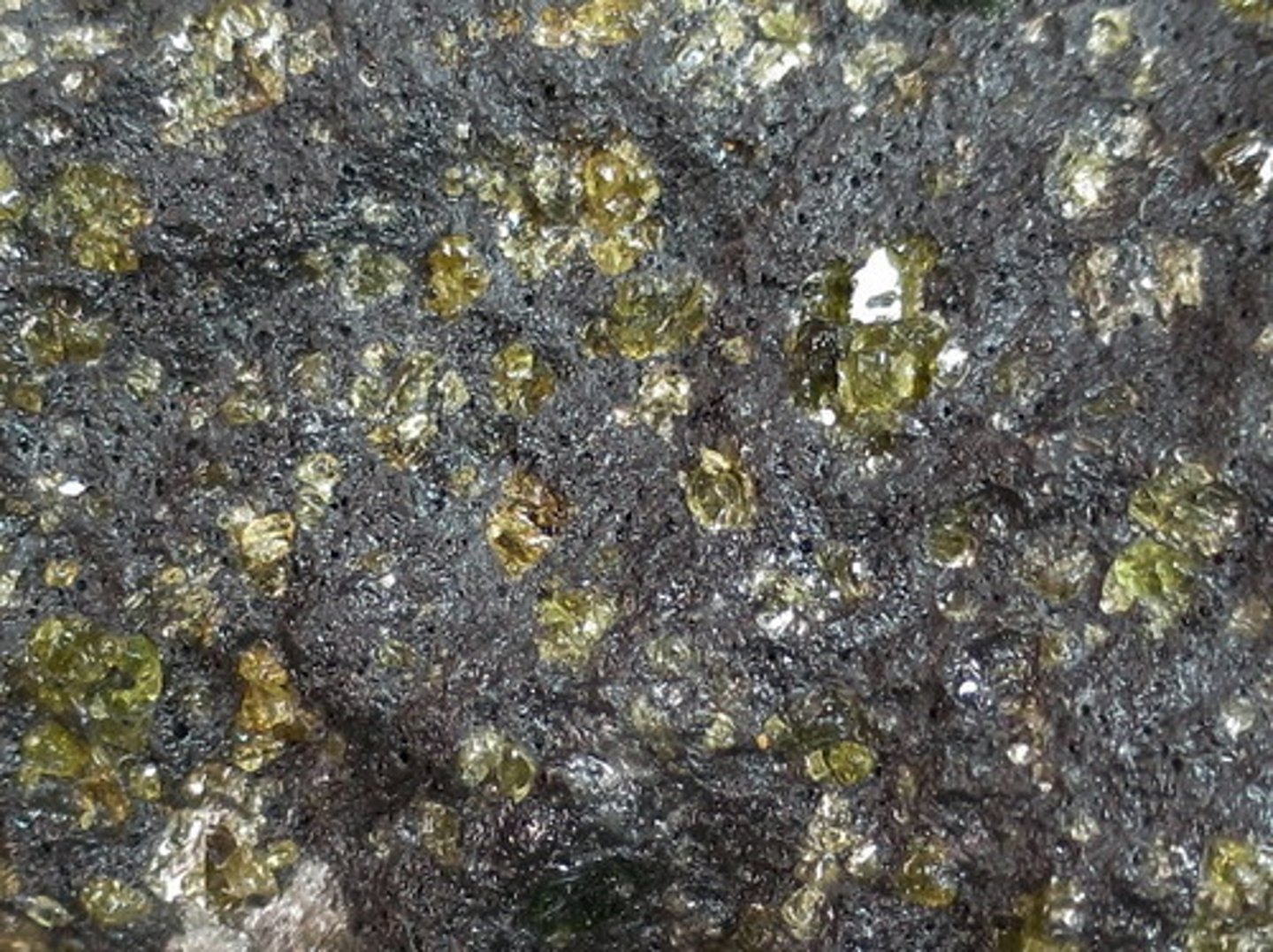
Rhyolite
This light-pink rock is rich in silica, with lots of quartz and feldspars. Most crystals are too small to see, but the light color indicates that the rock is rich in felsic minerals. There are some little gas bubbles, but few phenocrysts (volcanic rock -quickly-cooled, fine-grained or glassy)
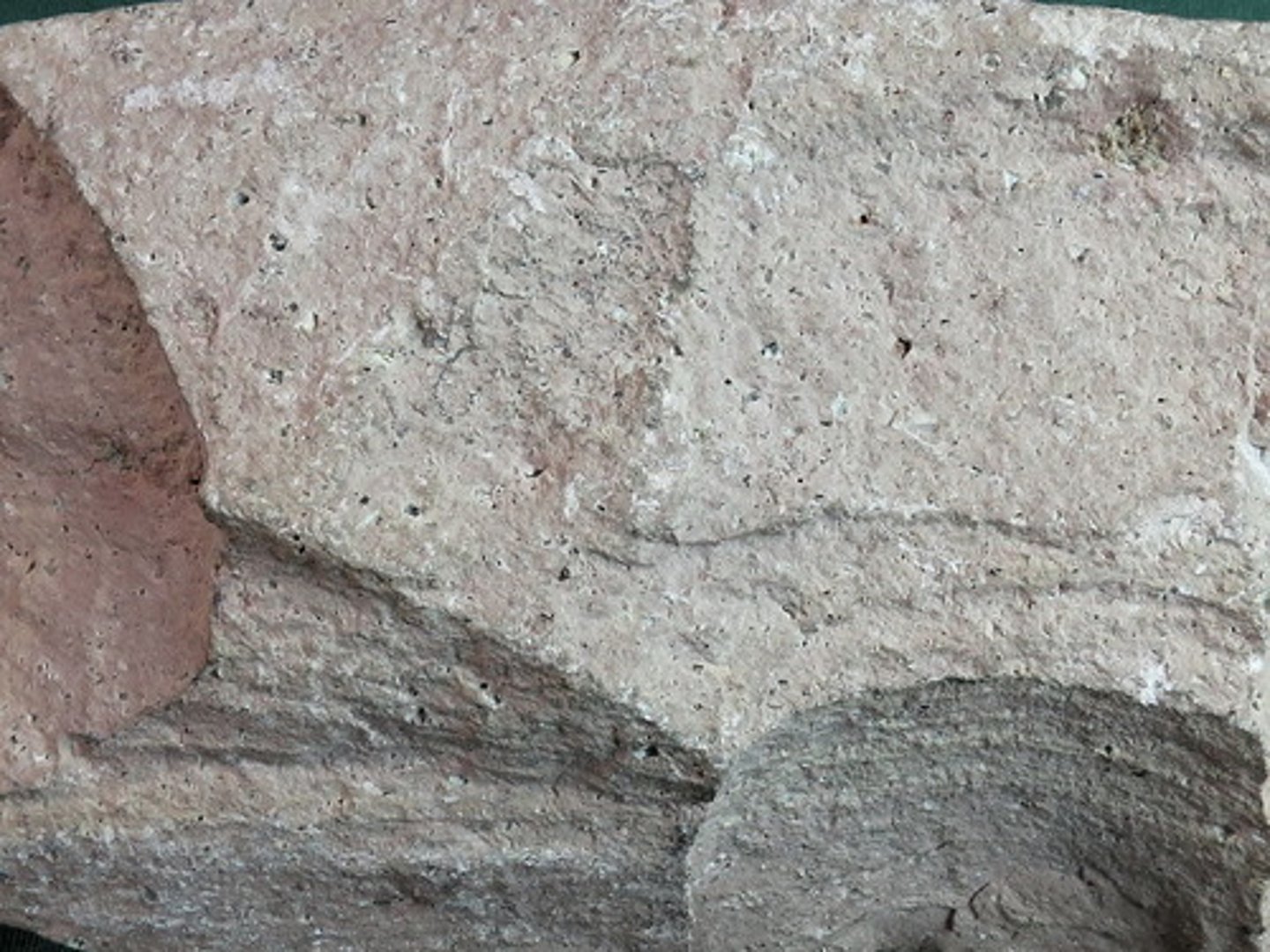
Porphyritic rhyolite
This rock has loads of pink orthoclase and white albite phenocrysts, and many smaller ones of quartz. The matrix is very fine-grained and light-gray, making up only about 40% of the rock. (volcanic rock - quickly-cooled, fine-grained or glassy)
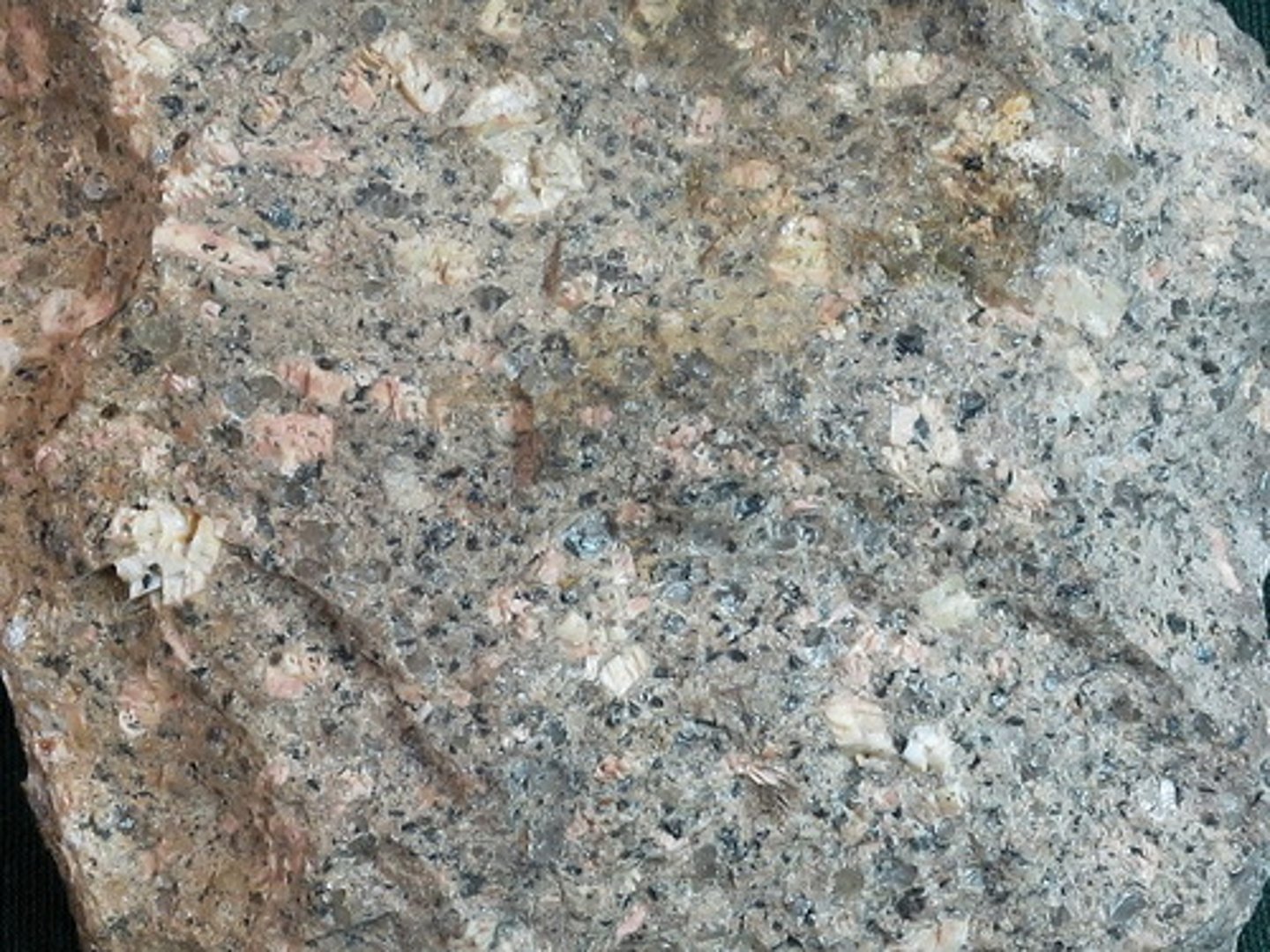
Gabbro
An overall dark, coarse-grained rock with identifiable crystals of plagioclase and dark pyroxene. Even-grained with no phenocrysts
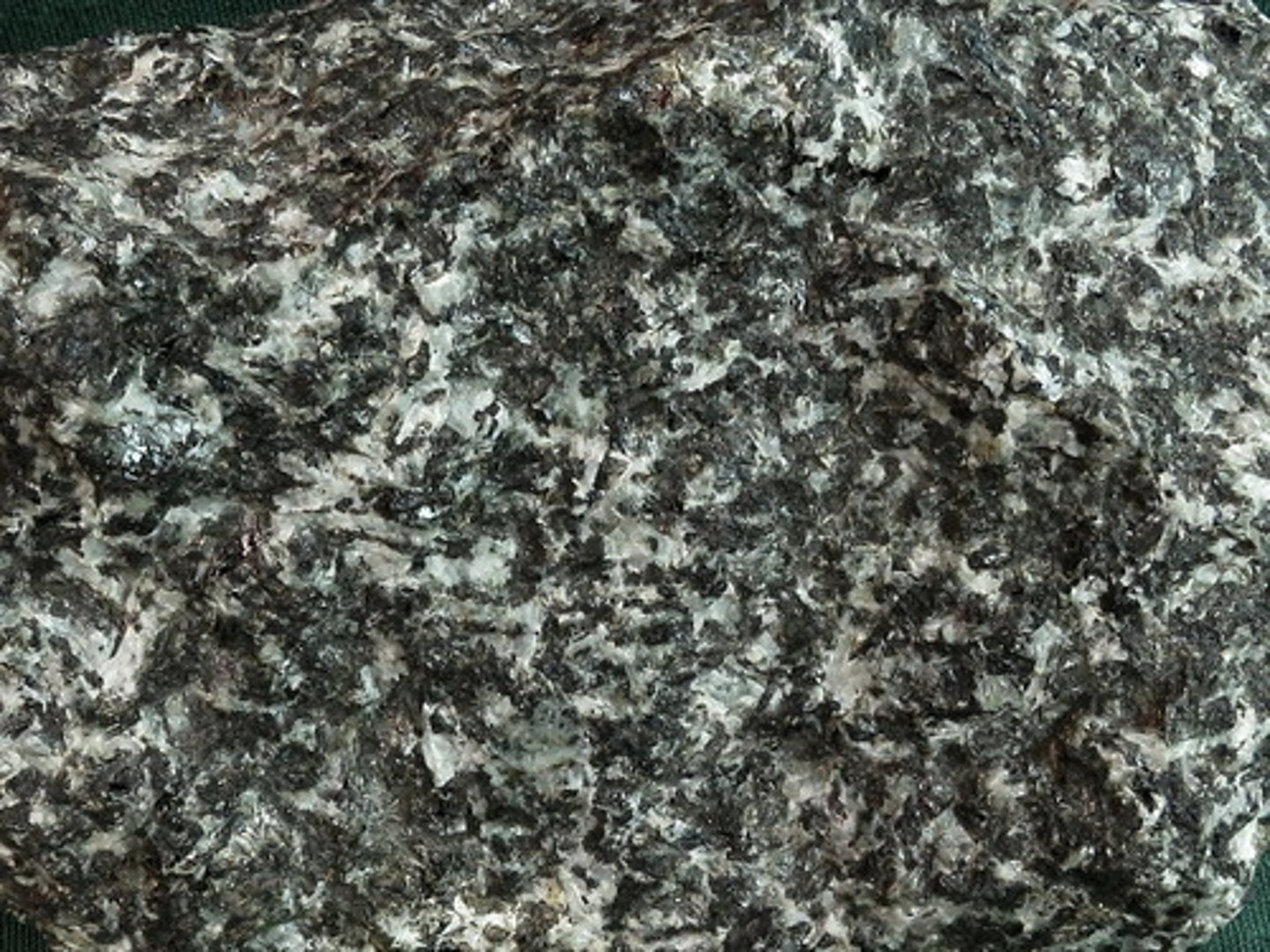
Diorite
This is a relatively fine-grained rock, containing white albite, gray-glassy quartz, and black flakes of biotite (Plutonic Rock)
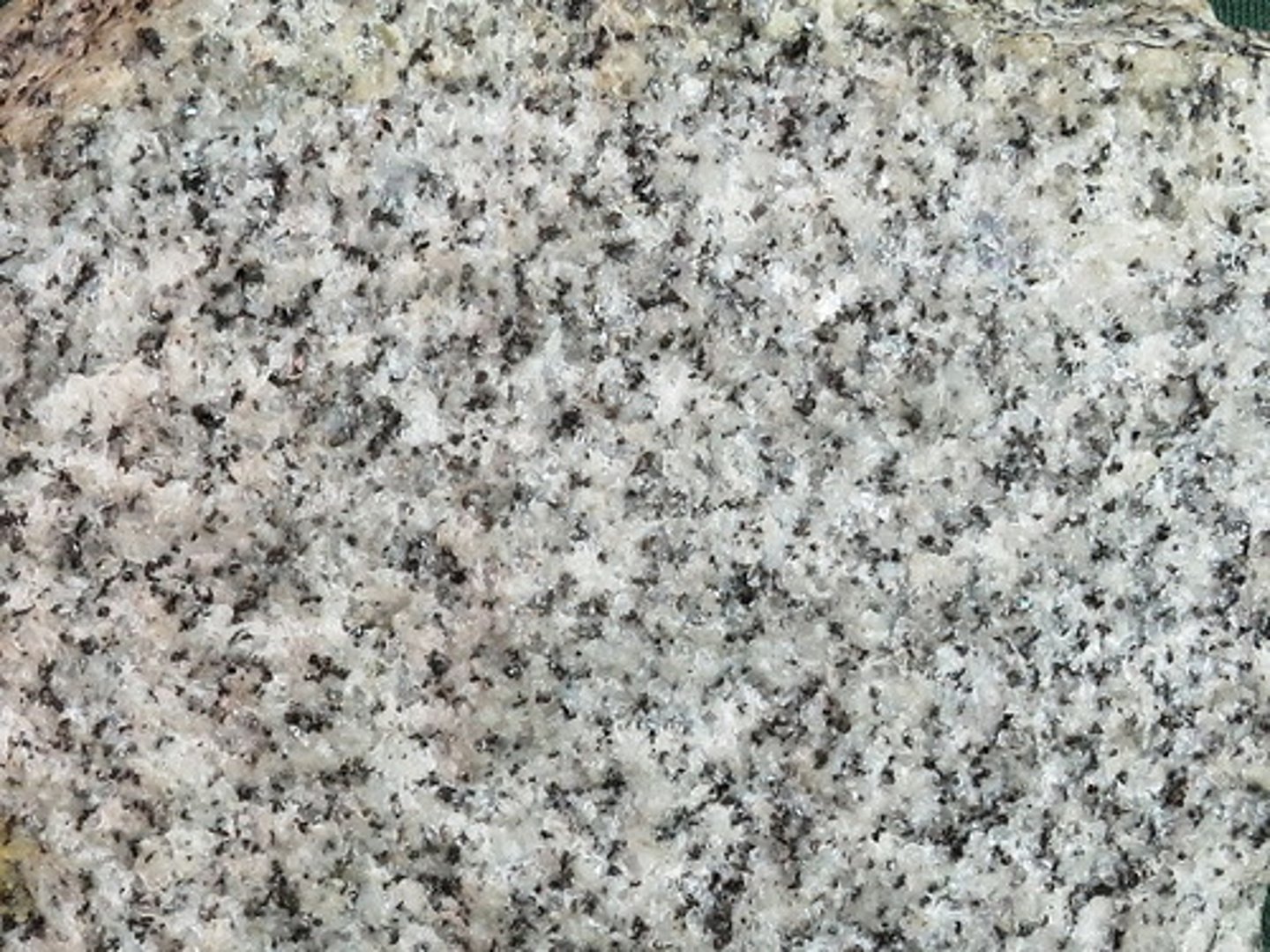
Granite
Relatively fine-grained with an even grain size. Pink orthoclase, is abundant, as is gray, glassy quartz, and there is some albite, too. (Plutonic Rock)
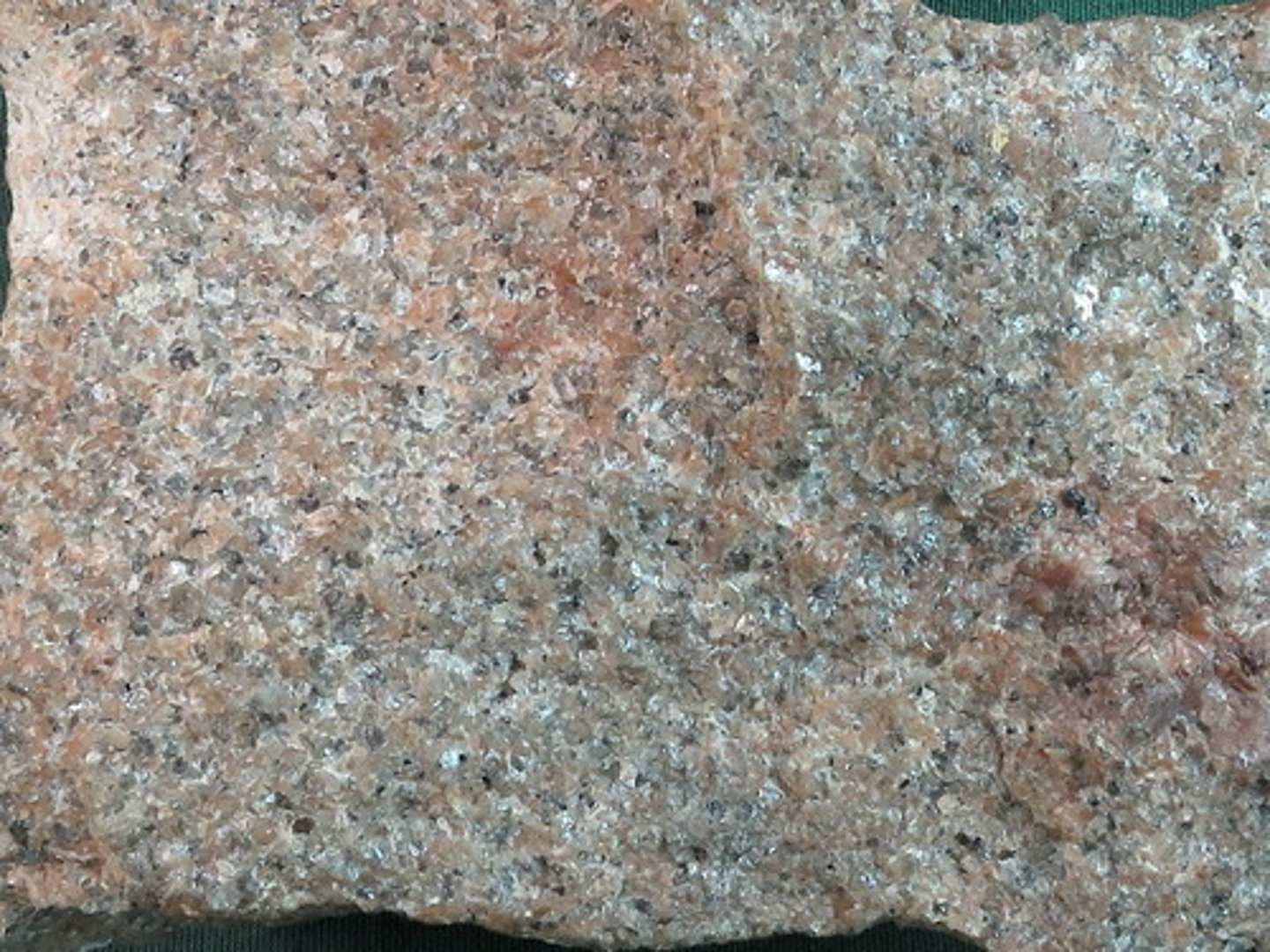
Felsic Gneiss
This rock is mostly made of felsic minerals (quartz, orthoclase, albite, minor biotite), probably derived from a volcanic ash bed that was deposited in a marine environment. It has augen made of pyrite. The pyrite is somewhat weathered, making them a bit rusty-looking.
